- Skip to main content
- Keyboard shortcuts for audio player

Middle East
A 105-mile-long city will snake through the saudi desert. is that a good idea.
Bill Chappell

The Line is an ambitious part of Saudi Crown Prince Mohammed bin Salman's plan to diversify the kingdom's economy and remake part of its geography. Screenshot by NPR/NEOM hide caption
The Line is an ambitious part of Saudi Crown Prince Mohammed bin Salman's plan to diversify the kingdom's economy and remake part of its geography.
A tall and narrow stripe of a city more than 105 miles long, teeming with 9 million residents and running entirely on renewable energy — that's the vision Saudi Arabia's leaders have for The Line, part of a "giga-project" that will reshape the kingdom's northwest.
Newly revealed design concepts show a futuristic walled city — its open interior is enclosed on both sides by a mirrored façade — stretching from the Red Sea eastward across the desert and into a mountain range.
Details emerge about the monolithic city
New stats and designs revealed on Monday include:
- It will be only 200 meters wide (roughly 220 yards);
- It will rise 500 meters above sea level — higher than the Empire State Building;
- Residents will be able to run errands with a five-minute walk;
- There will be no cars or roads;
- High-speed rail will carry people from end to end in 20 minutes;
- It will cost hundreds of billions of dollars to build.
Construction has already begun, and Saudi projections call for 1.5 million people to live in The Line by 2030. The unconventional megacity is part of the government's ambitious Neom development project , which released conceptual videos showing the city's high walls enclosing trees, gardens and other plant life, nestling communities among work and recreational structures.
"The designs revealed today for the city's vertically layered communities will challenge the traditional flat, horizontal cities and create a model for nature preservation and enhanced human livability," Saudi Crown Prince Mohammed bin Salman said on Monday , as he unveiled the new designs.
The designers say the structure will maintain an ideal climate year-round, thanks to its mix of shade, sunlight and ventilation. But not everyone was as keen on the concept of living between gigantic walls in the Saudi desert.
"I never seen something more dystopian," one commenter wrote in reply to a video of The Line posted by the Saudi Press Agency.

Saudi projections call for 1.5 million people to live in The Line by 2030. The unconventional megacity is part of the Neom project , which released conceptual videos showing the city's high walls enclosing trees, gardens and other plant life, nestling communities among work and recreational structures. Screenshot by NPR/NEOM hide caption
Saudi projections call for 1.5 million people to live in The Line by 2030. The unconventional megacity is part of the Neom project , which released conceptual videos showing the city's high walls enclosing trees, gardens and other plant life, nestling communities among work and recreational structures.
It's like wanting to live on Mars, an expert says
The idea of solving urban problems by creating a city from scratch isn't new. It's been tried before, from Brasília and India's Chandigarh to Malaysia's Putrajaya and Masdar City in Abu Dhabi, as Carlos Felipe Pardo , a senior adviser to the New Urban Mobility Alliance, notes.
"This solution is a little bit like wanting to live on Mars because things on Earth are very messy," Pardo, who's based in Colombia, tells NPR via email.
Despite starting with a clean slate, such elaborate urban plans have generally "created new urban settings where problems have also arisen," Pardo says.

Goats and Soda
Photos: see the bold buildings that sprang up after south asia regained independence.

Myanmar's ghost capital rises from the jungle
While he grants that the approach can take on some typical city challenges head-on, Pardo says that it doesn't help people already living with problems elsewhere.
Looking at designs for The Line, Pardo worries that its high-tech approach seems to ignore people's desire to simply go outside, to experience something in a city that isn't man-made.
"This seems impossible, greatly limited or just plain artificial," he says.
Still, Pardo adds, "I'm sure several characteristics of this design could be integrated into existing cities, and it would be great to have a way of doing so."
Questions arise about the futuristic city
While the project's supporters tout The Line's zero emissions and a smaller footprint than conventional cities, critics note that those utopian ideals will come at an environmental price, as an entirely new city is created in the desert.
Neom is led by bin Salman, who aims to diversify the kingdom's economy and help it respond to climate change. The project is bankrolled by the government's public investment fund .
Questions persist about how tightly Western countries should embrace Saudi Arabia and bin Salman, whom the U.S. says approved a 2018 operation in Istanbul, Turkey, that ended with the gruesome killing of journalist Jamal Khashoggi by Saudi agents.

National Security
U.s. intelligence: saudi crown prince approved operation to kill jamal khashoggi.
Saudi Arabia also has been waging a bloody proxy war against Iran in Yemen, and it's done little to address its record of human rights abuses.
In an apparent effort to ease potential residents' concerns about living under the kingdom's restrictive laws, a Neom tourism official recently said that residents would be called "Neomians" and would be subject to different rules, according to the Saudi Gazette .
That comment got wide attention, and Neom then "strongly denied" the idea , saying that while the area would be a special economic zone, it would still be part of the kingdom and "subject to all rules ... related to security, defense and border protection."
- International edition
- Australia edition
- Europe edition

Saudi Arabia plans 100-mile-long mirrored skyscraper megacity
The Line – due to be just 200 metres wide – will make Neom world’s most liveable city ‘by far’, officials claim
The promotional material is striking: two mirror-encased skyscrapers stretching more than 100 miles across a swathe of desert and mountain terrain, providing a future home for 9 million people. Is it the ultimate in high-density living, or a grandiose science fiction fantasy?
In short, economists, architects and analysts are not quite sure. So extravagant is Saudi Arabia’s plan to create an urban utopia that even those working on the project, known as the Line, do not yet know if its scale and scope can ever be realised.
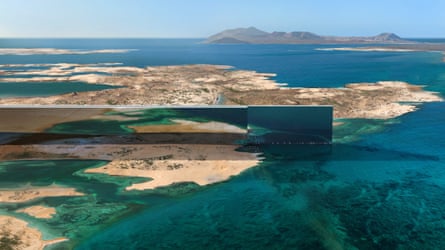
Sceptics and supporters alike were this week given more insight into the extraordinary ambition of the development – the centrepiece of the futuristic Neom site near the Gulf of Aqaba – when the kingdom’s crown prince, Mohammed bin Salman, outlined central aspects of what he intends to be one of the most ambitious urban developments built in modern times.
First announced in 2017, Neom has consistently raised eyebrows due to proposed flourishes such as flying taxis and robot maids, even as architects and economists have questioned its feasibility.
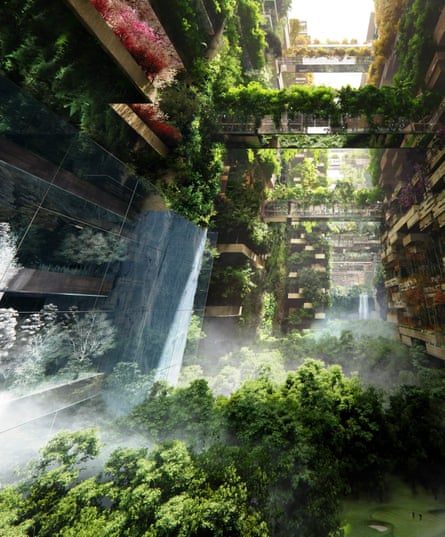
According to the Saudis, artificial intelligence will be central to how people live in the 500-metre-high, 200-metre-wide structure, a car-free, carbon neutral bubble that will boast near total sustainability and a temperate, regulated microclimate. Past environmental pledges by the kingdom, such as a vow to achieve net zero carbon emissions by 2060, have prompted scepticism from environmentalists.
Multimedia presentations have added colour to what until now had been a concept that even some of the project’s planners had found difficult to visualise. The slickly produced films show a megacity that partly resembles the Death Star with hanging gardens. Residents will have “all daily needs” reachable within a five-minute walk, while also having access to other perks such as outdoor skiing facilities and “high-speed rail with an end-to-end transit of 20 minutes”, according to a statement.
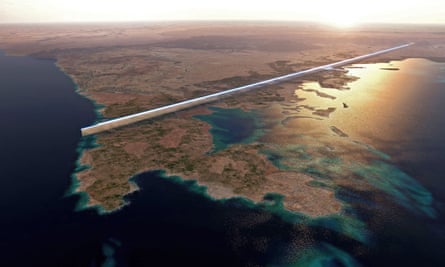
Though Neom will operate under its own founding law, which is still being prepared, Saudi officials say they have no plans to waive the kingdom’s alcohol ban.
Prince Mohammed’s vision for modern living is central to his plans to transform the kingdom from an oil-dependent economy and conservative society that he believes is ill served to drive the country forward.
Neom was partly conceived as a divergence from tradition and from the sclerosis of the past four decades, in which leaders doubled down on a hardline interpretation of Islam, maintaining inflexible societal standards.

The kingdom’s de facto ruler on Monday laid claim to the Line being the world’s “most liveable city by far”. He said the model he envisaged was a replacement for unchecked urban development and waste that had diminished living standards for residents of cities.
The “first phase” of the project, lasting until 2030, would cost 1.2tn Saudi riyals (about £265bn), Prince Mohammed said. Besides government subsidies, potential sources of funding included the private sector and an initial public offering for Neom expected in 2024, he said.
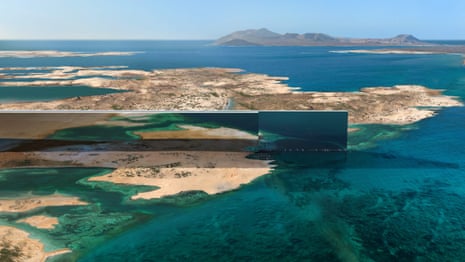
In private, he has told aides and planners he wants Saudi Arabia to have its own version of the pyramids and is known to want the kingdom to be as renowned globally as other regional countries. However, the extravagance of the project and its various manifestations over the past five years have led some analysts to wonder whether it can ever get off the ground.
“With little access to the site, and only eight years left before residents are meant to move in, it’s a lot to take on trust,” said one consultant who works closely with the Saudi government. “And then there’s the inertia in the system. It’s hard to excise that.”

Robert Mogielnicki of the Arab Gulf States Institute in Washington told Agence France-Presse: “The concept has morphed so much from its early conception that it’s sometimes hard to determine its direction: scaling down, scaling up, or making an aggressive turn sideways.”
Prince Mohammed is hoping for a nationwide population boom that he says will be necessary to make Saudi Arabia , the world’s biggest crude exporter, an economic powerhouse. “That’s the main purpose of building Neom,” he said. “To raise the capacity of Saudi Arabia, get more citizens and more people in Saudi Arabia. And since we are doing it from nothing, why should we copy normal cities?”

Facing a population boom and a large percentage of young people looking for employment, he said Neom could generate up to 380,000 jobs. Saudi projections are for the kingdom to have a population of as many as 50 million by 2030, more than half of them foreigners. Saudi Arabia’s current population is just under 35 million.
Additional reporting by Agence France-Presse
- Saudi Arabia
- Architecture
- Mohammed bin Salman
- Middle East and north Africa

End of the Line? Saudi Arabia ‘forced to scale back’ plans for desert megacity
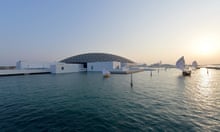
How landmark buildings became weapons in a new Gulf war
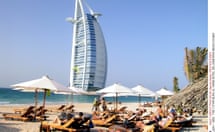
Fraudsters ‘turning Dubai into the new Costa del Crime’
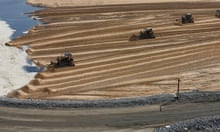
Cities from the sea: the true cost of reclaimed land
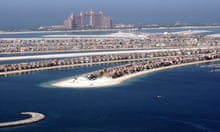
The Azerbaijani president's children and the Dubai property empire
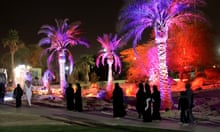
Saudi Arabia to spend billions on expanding entertainment sector
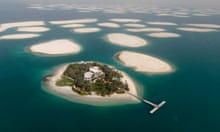
Dubai's archipelago of 300 artificial ‘countries’ is back in business – video
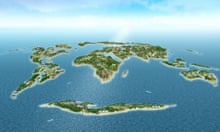
Not the end of The World: the return of Dubai's ultimate folly

Dubai adds the world's largest picture-frame to its skyline - video
Most viewed.
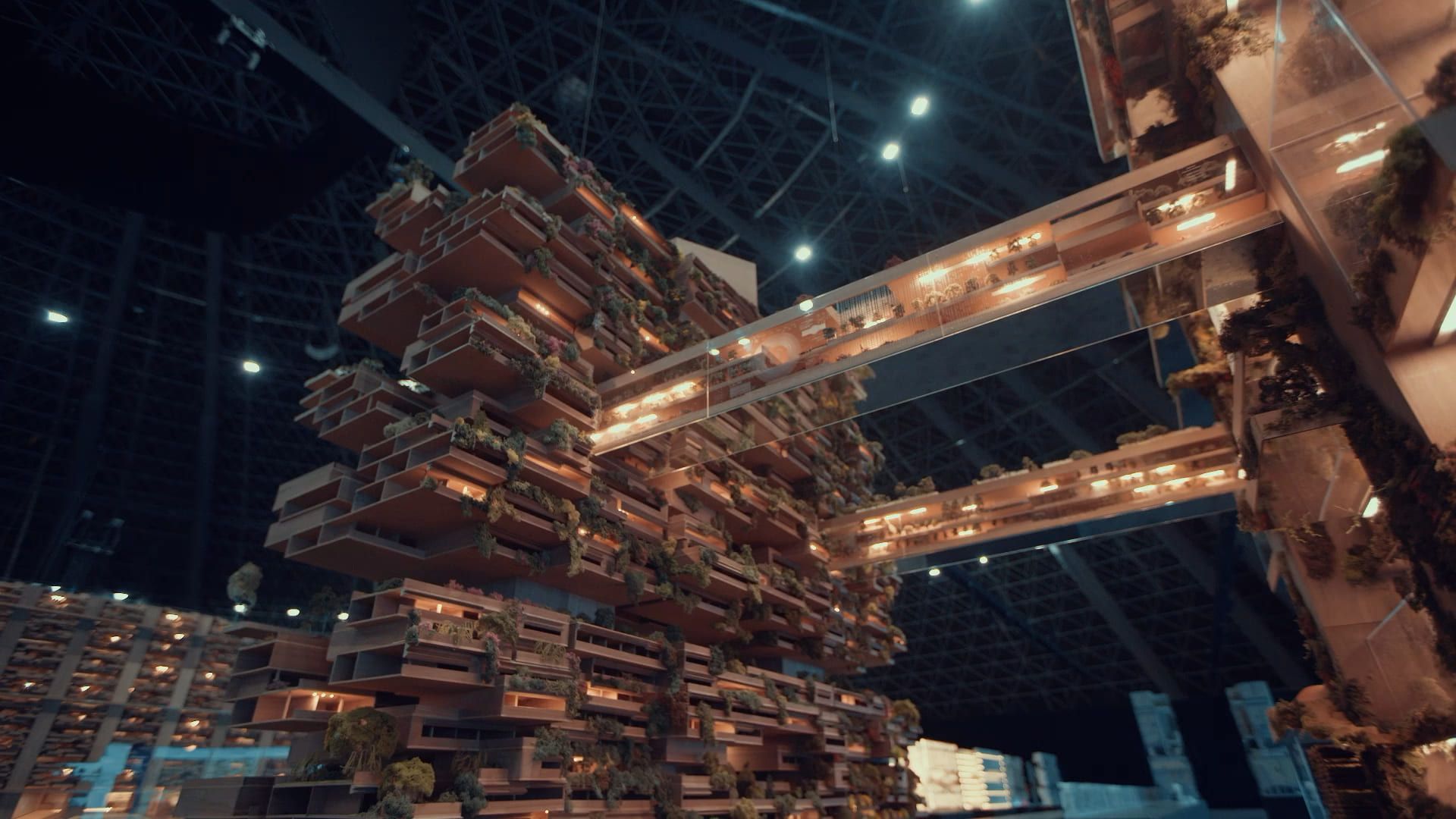
Meet the Placemakers
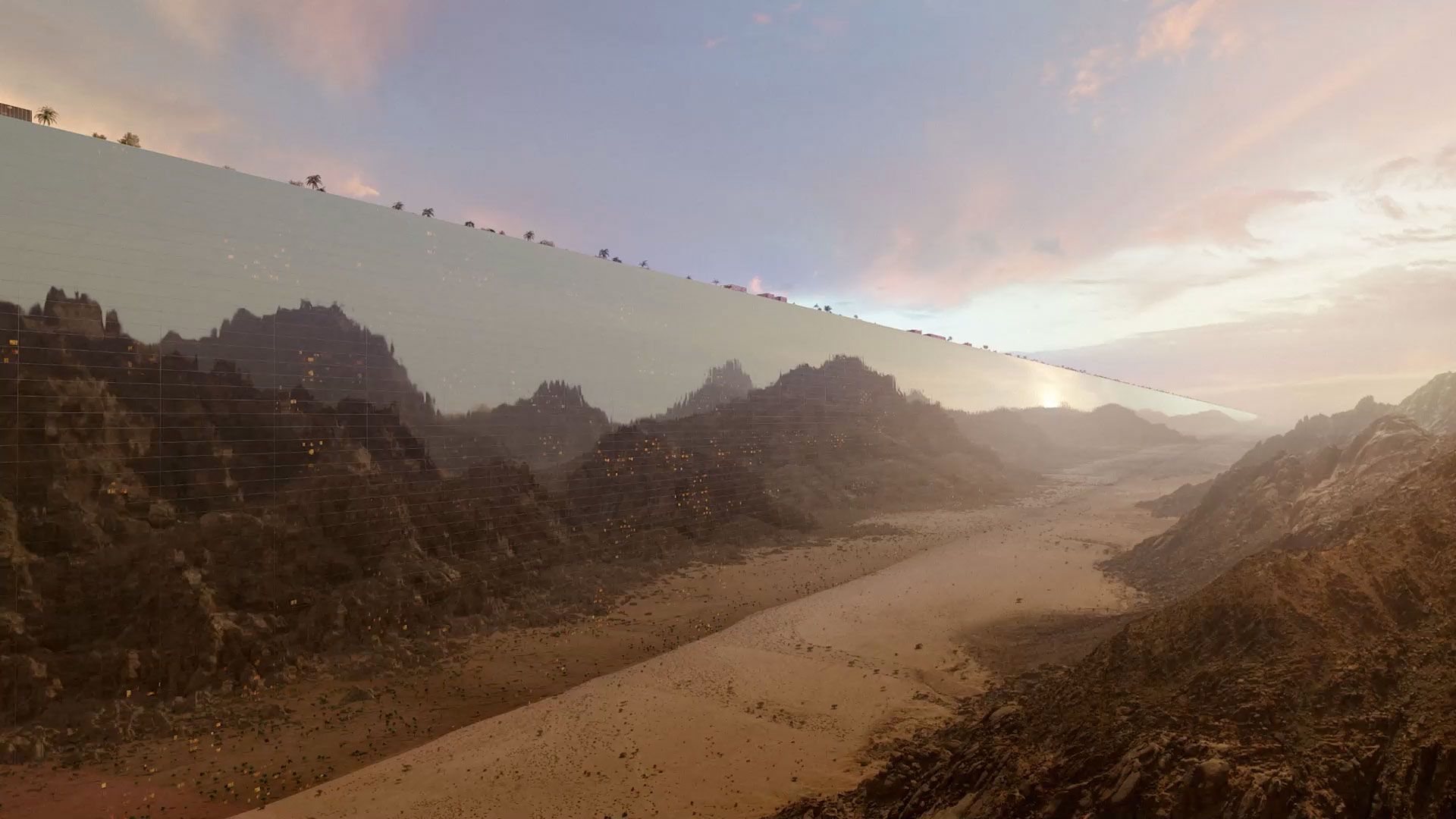
NEW WONDERS FOR THE WORLD
THE FUTURE OF URBAN LIVING
A cognitive city stretching across 170 kilometers, from the epic mountains of NEOM across inspirational desert valleys to the beautiful Red Sea. A mirrored architectural masterpiece towering 500 meters above sea level, but a land-saving 200 meters wide. THE LINE redefines the concept of urban development and what cities of the future will look like.
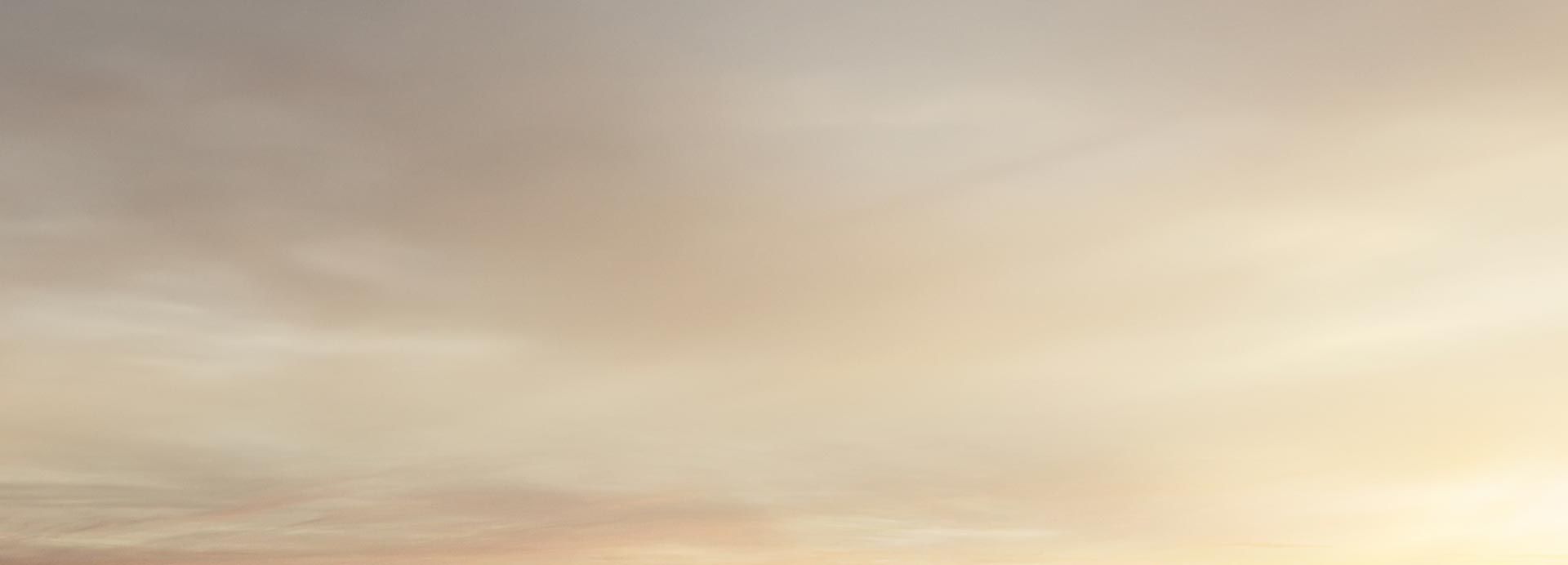
No roads, cars or emissions, it will run on 100% renewable energy and 95% of land will be preserved for nature. People's health and wellbeing will be prioritized over transportation and infrastructure, unlike traditional cities.
THE LINE will eventually accommodate 9 million people and will be built on a footprint of just 34 square kilometers. This will mean a reduced infrastructure footprint, creating never-before-seen efficiencies in city functions. The ideal climate all-year-round will ensure that residents can enjoy the surrounding nature. Residents will also have access to all daily essentials within a five-minute walk, in addition to high-speed rail – with an end-to-end transit of 20 minutes.
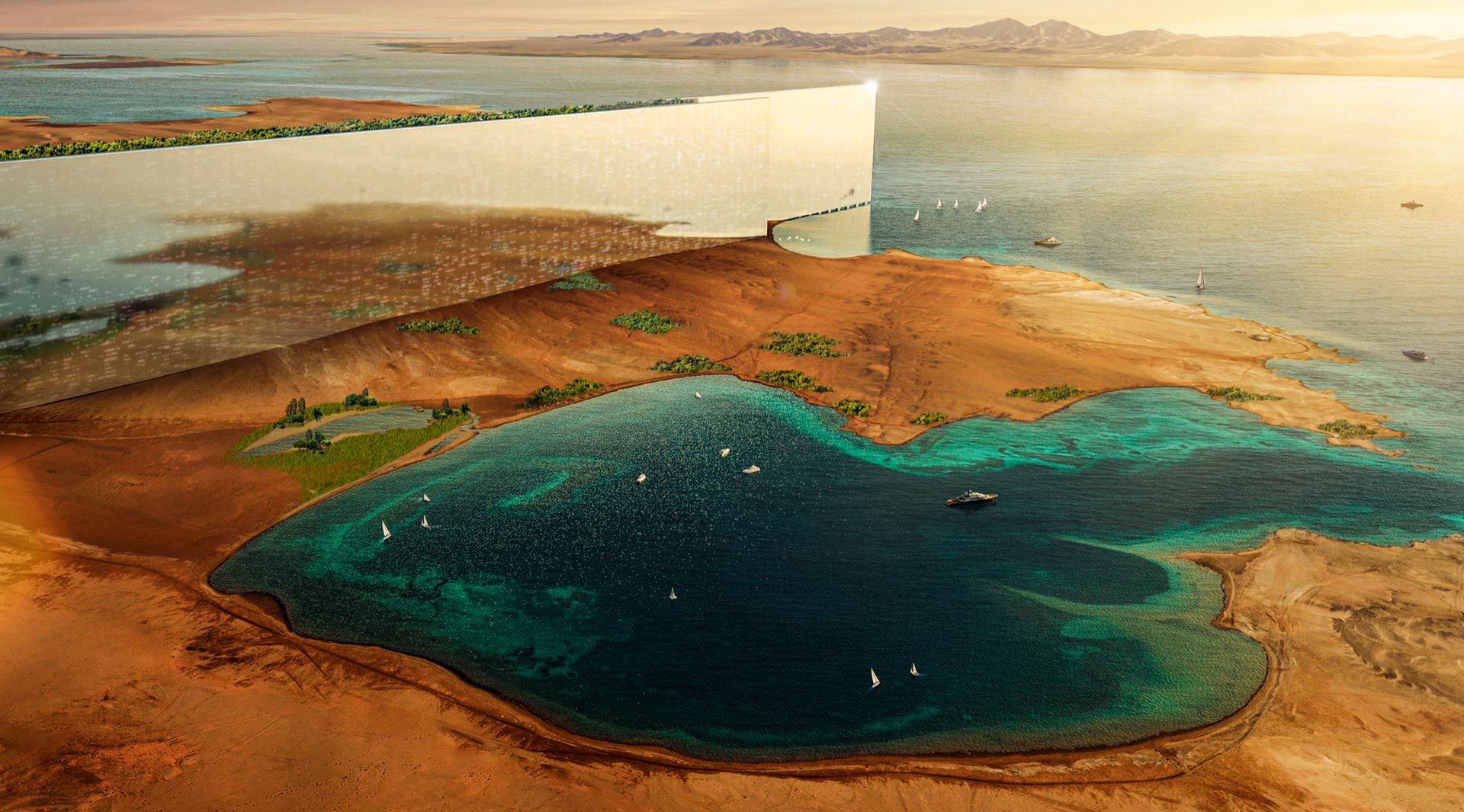
A REVOLUTION IN CIVILIZATION
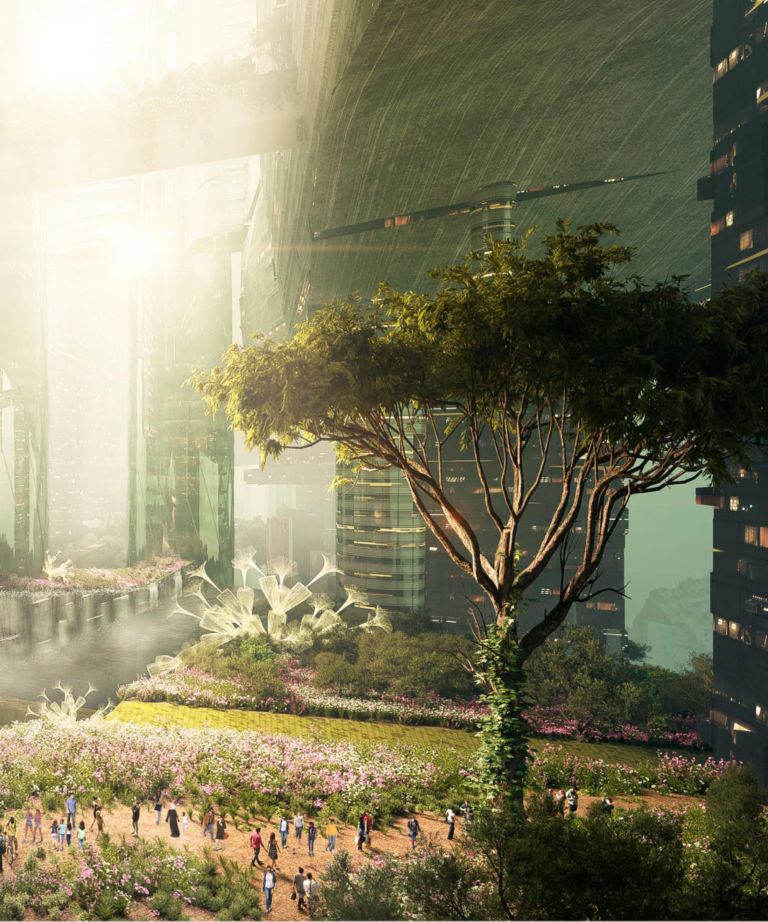
THE LINE AT MIPIM 2024
NEOM was showcased at MIPIM 2024 – the world's premier real estate event. Find out more about our immersive exhibition space and discover how we are disrupting the traditional real estate mindset by redefining livability and conservation.
"THE LINE will tackle the challenges facing humanity in urban life today and will shine a light on alternative ways to live. We cannot ignore the livability and environmental crises facing our world’s cities, and NEOM is at the forefront of delivering new and imaginative solutions to address these issues. NEOM is leading a team of the brightest minds in architecture, engineering and construction to make the idea of building upwards a reality." His Royal Highness Mohammed bin Salman, Crown Prince and Chairman of the NEOM Company Board of Directors
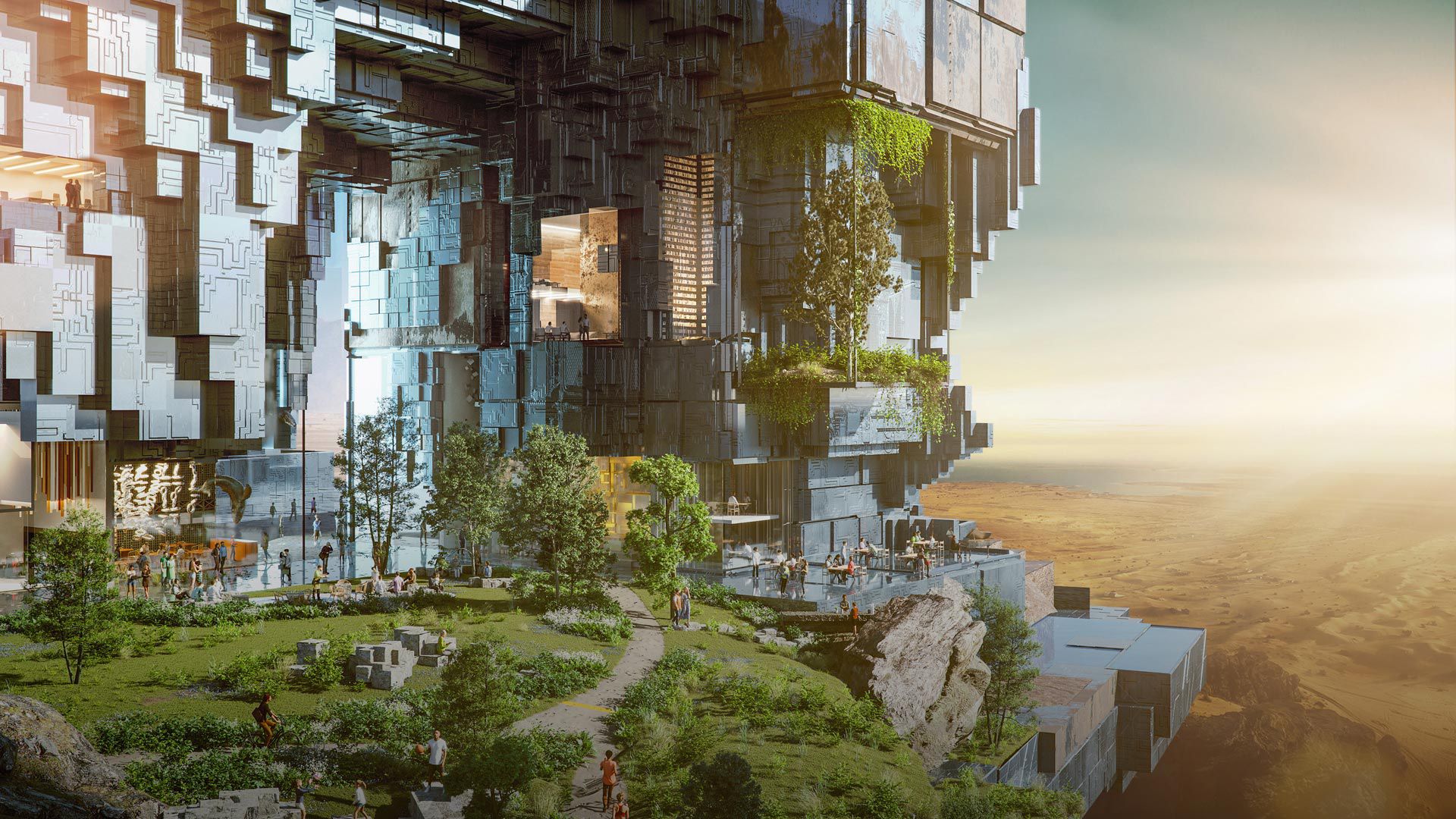
WORLD-CLASS QUALITY OF LIFE
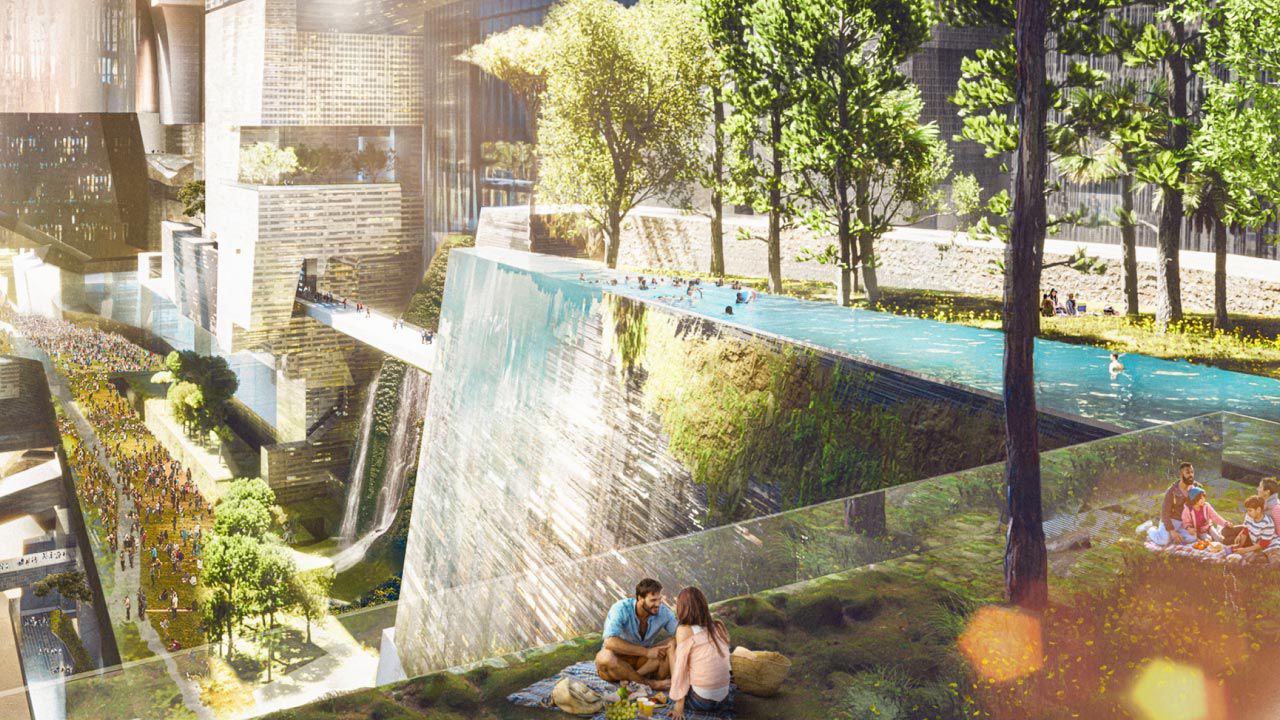
A PLACE TO PROTOTYPE BUSINESSES
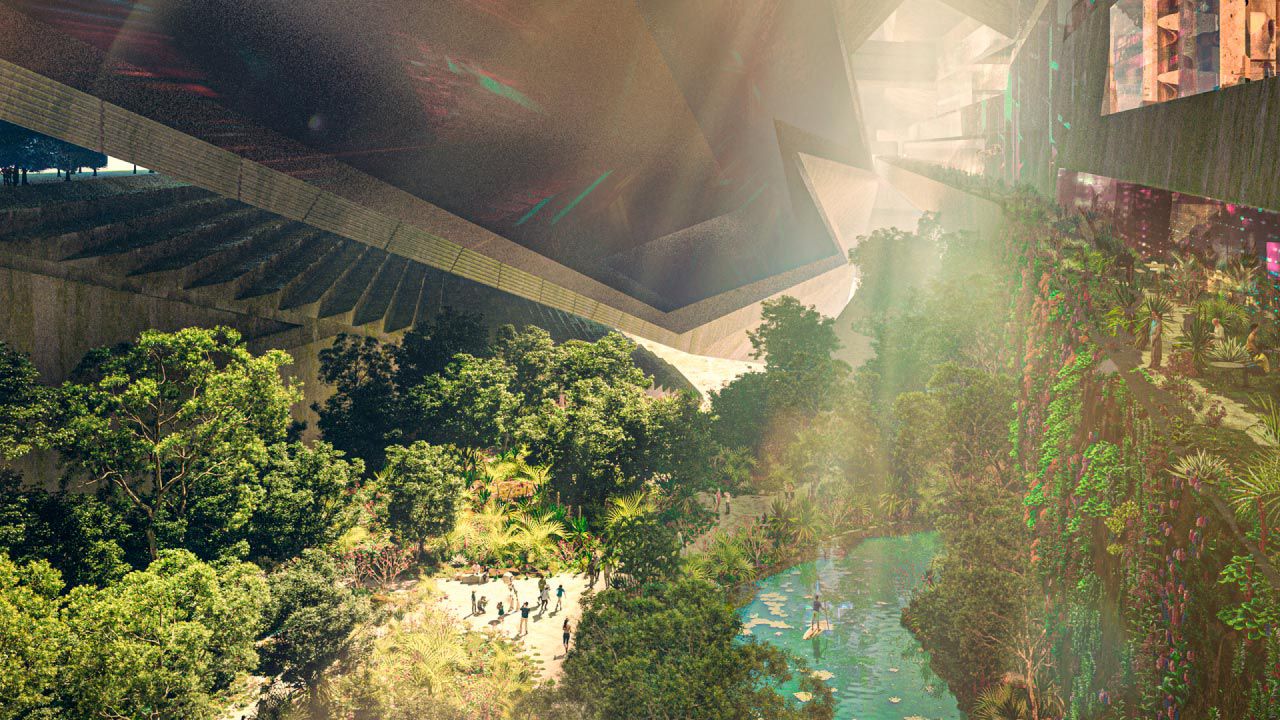
ENVIRONMENTAL SOLUTION TO URBANISM
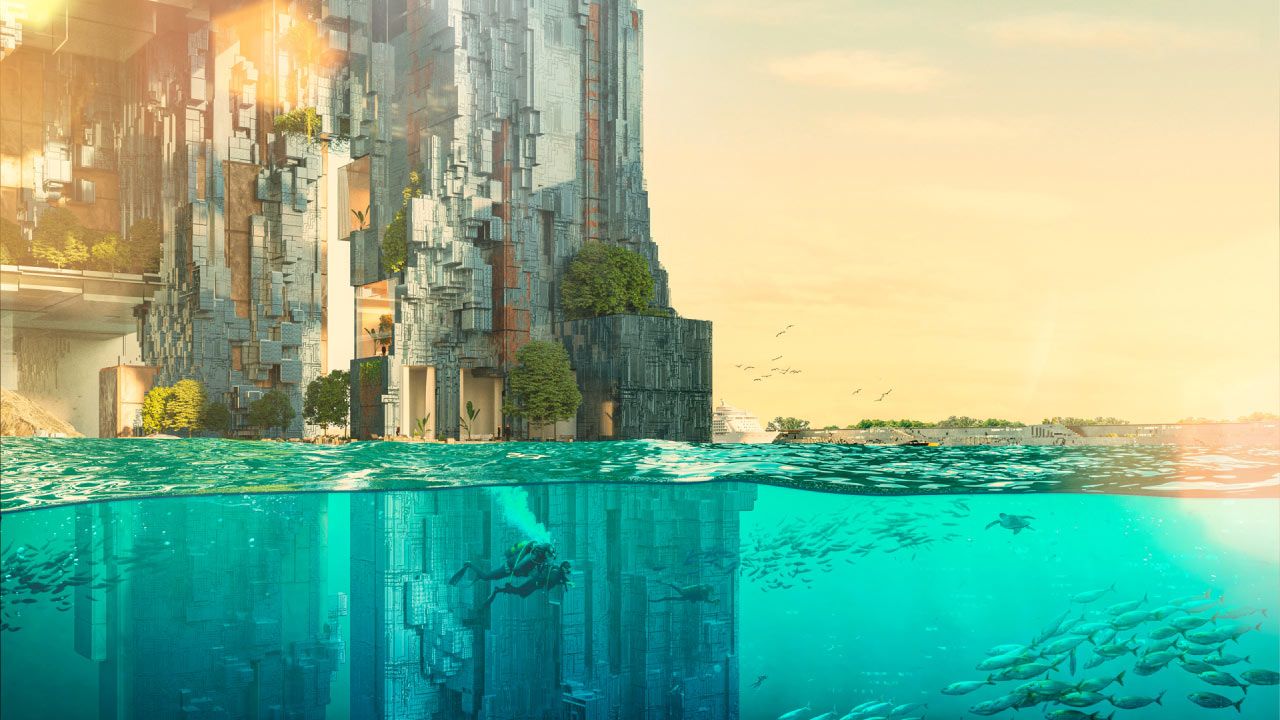
A COMMUNITY INVENTING THE FUTURE
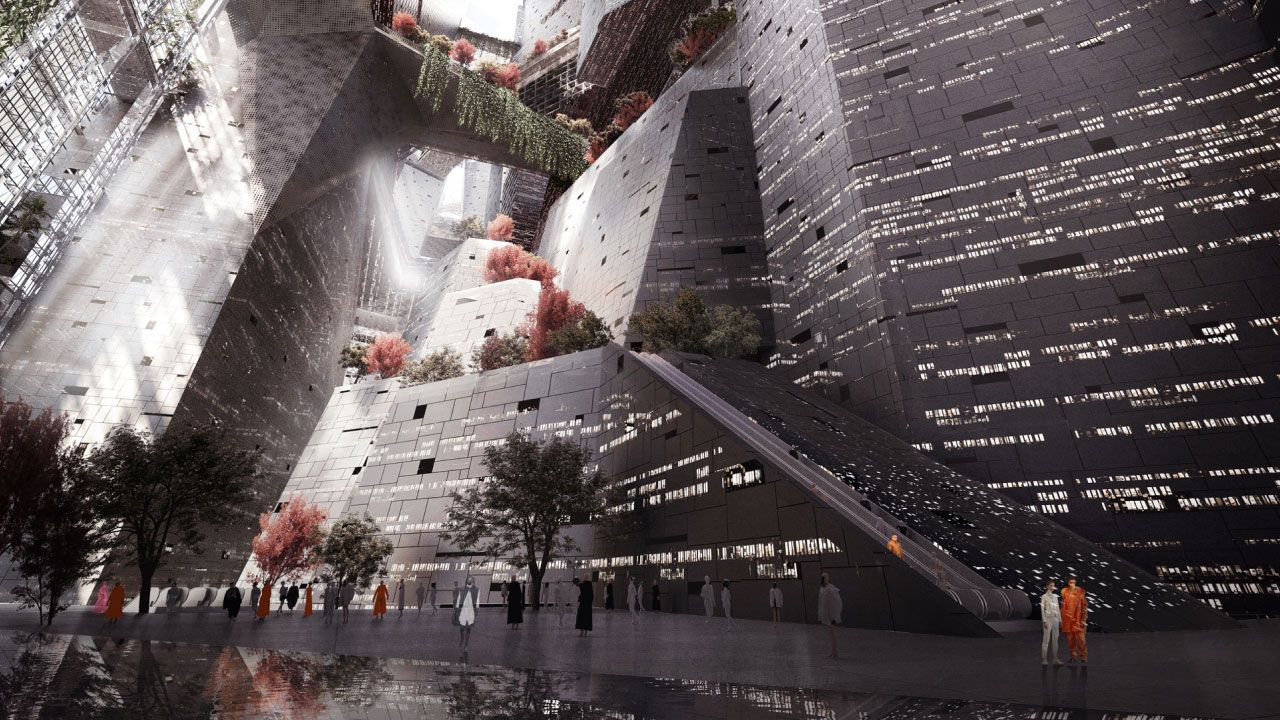
Hear from the experts
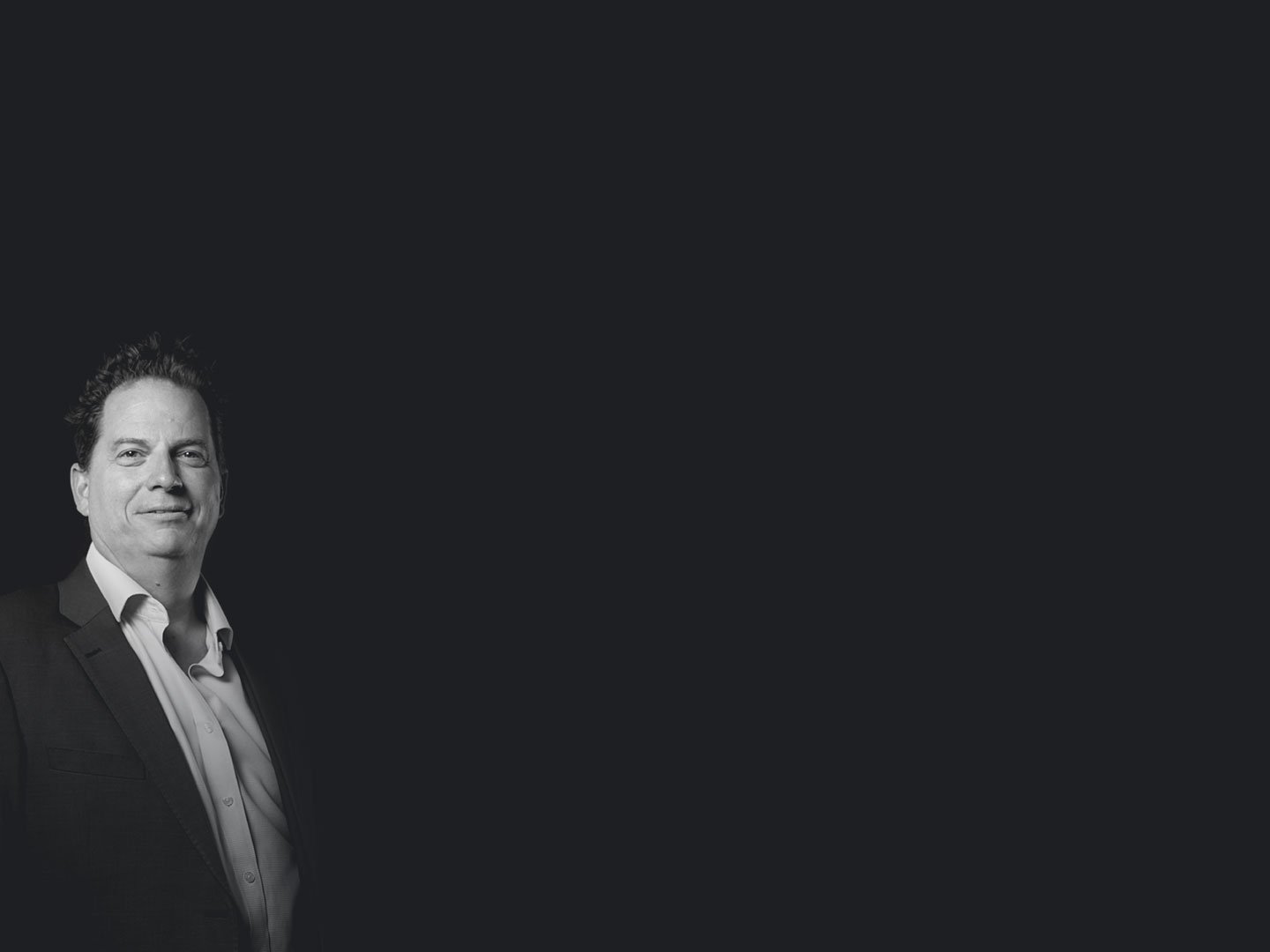
Giles Pendleton
Executive Director
- Could you map out where THE LINE sits in the grand vision for NEOM and how integral it is to the success of the project, plus the world first you are working on? To a degree, THE LINE is NEOM. It is the epicenter for all activities – the primary home for residents, as a vertical city with all the activities that will be there – from opera houses and libraries to stadiums and universities. Nearly nine million people will live on THE LINE when complete, most of the population of NEOM in fact. This will be the very first vertical city with mobility built into its very core. This has never been attempted before, we're taking an entire city and putting it on a footprint that's 200 meters wide. As a resident or visitor, you’ll have the ability to travel easily between modules [communities of 80,000 people] horizontally. So if you're in module 40 and you need to go to the football match in module 44, you don't have to go down to go across to go up. You can just go directly across at whatever height to the stadium. It will also be the first city in the world to be completely run by renewable energy – with a zero-carbon footprint. This is not just stacking everything on top of each other, we are reinventing things that exist in a conventional horizontal realm for a vertical close-proximity landscape. The goal is to ensure people are only ever five minutes away from everything they want in the world because all will be directly below or above you.
- How will this change the game for the world of work, living and sustainability? The expensive thing about starting a city is infrastructure. How do you reduce that massive sunk cost? Because that's a central cost that any government has to pay. The government has to put in the roads, the pipes, the cables, the airports, bridges and somehow tackle pollution and urban sprawl. What we are achieving with 34 square kilometers of space through vertical urbanism would take 1,600 square kilometers in London, for example. By default, it's a more efficient way of doing things. And there’s no need for a car when you live on the 80th floor and everything is easily reachable, cars disappear when causes disappear. In terms of tackling urban sprawl, our vertical urbanism approach will mean that land is given back to nature. And that natural desert will be improved through rewilding – to reintroduce native species, both fauna and flora – and the rehabilitation of land. The idea is to tread lightly, there are no eight-lane freeways or massive car parks. We will create a perfectly symmetrical balance between nature and humans, but on a large scale the likes of which you can’t find anywhere else – whether it’s London, New York, Paris or Seoul. Plus we want to deliver equitable living. The idea is that irrespective of what you do for a living or what you earn, you share the same amenities in the same close proximity to you as everyone else.
- The combination of architectural excellence, natural beauty, walkability and next-level technology on THE LINE is compelling. Why has nobody ever done this before? There hasn't been a need. If you look at the 20th century cities, most were settlements that became villages, towns and then cities – with an evolution over hundreds of years. They were based around vehicle mobility and eventually large road networks. THE LINE aims to do a number of things. To deal with the population growth that Saudi Arabia is expecting, Jeddah and Riyadh can only absorb so many people before the infrastructure is maxed out. Therefore, you need a brand new city; without the pollution, congestion, inefficiency, urban sprawl and inequality that traditional cities suffer from. The world is urbanizing at an incredible rate, with people flocking to existing global cities. This is causing rapid urban sprawl and people are getting further and further away from where they need to work. Spending more money on transport and putting extra buses on the road just creates additional pollution. It's a never ending cycle. Some of those cities around the world are also at risk of flooding. If we can solve all of those issues with one solution, why would you build something that looks like what everybody else has already got? This is the way the Kingdom is addressing its responsibility on all of those issues.
- In terms of the landmark assets planned for each module, could you perhaps tell us a bit more about those – the university, the stadium, the opera house, water park, convention center and so on? The city is a growth model. We're not building this all at once, but it will be rolled out between now and 2045. So you don't build all your stadiums in one go. You build them to meet whatever population they serve. In the masterplan, which is the 170 kilometers of THE LINE that houses 9 million people, we've proportionately mapped out how many football stadiums, opera houses, theaters, cinemas, police stations, schools, hospitals and so on that we need as the timeline plays out. Everything in the construction relates to a population matrix. We are building a university in the first module because we want to anchor the launch around innovation and education. Every single thing you can think of in any city in the world will be on THE LINE at some point, but it may not be in the very first module; just when it makes sense from a population perspective. We do want to create a world-class waterpark, for instance, but only when the time is right.
- What will the mobility landscape look like in terms of short, medium and long distances for residents – and how will renewable energy and water feature? It's a hierarchical system of mobility and the nice thing about that is that everything goes in the same direction. Whether it's water, it goes up and then it goes across, it doesn't spread out like a spiderweb. People will do the same thing because everything runs in a dead straight line, you can run everything adjacent and as efficiently, and fast, as possible. For example, The Spine which is our high-speed rail network that will link the international airport to the Gulf of Aqaba on the coast in four stops. A metro system will allow local travel from module-to-module. Plus there will be horizontal transport corridors at four different heights that might well be pods, light rail or even horizontal elevators – we are still deciding on that particular solution. If you're on the 50th floor and you want to go two kilometers to the stadium to watch the NEOM Football Club play Barcelona, for instance, you would jump on one of the various systems. It'll either be 10 floors above you or 10 floors below that you will be able to catch it. Whereas if you were in a 50-storey building in New York and you wanted to catch a train, you actually have to go to the ground floor, leave the building and find a train. Then you've got to go in a roundabout way because subway systems don't run in a perfect straight line. We're trying to cut down on people's commutes. The more time we can give back to the individual to declutter their lives, the better. The city will also run on a net-zero basis, which means our energy is derived from renewable resources – wind, solar, green hydrogen and other technologies that will evolve. There's no other city in the world that can say the same thing. To use London as an example again, 25% of the water that is sent to London is lost through leaks you can’t see. Every other city in the world suffers exactly the same thing. Some pipes are 200 years old. In a vertical system, you will very quickly see if there's a leak because everything is highly visible and accessible. We're starting with legacy-free infrastructure. We don’t have to retrofit and so we can meter energy and water at every point of the system. And we plan to use remineralized desalinated water.
- People will ask how is it possible to build a new city of nine million people from scratch in such a short period of time – that is a huge challenge isn’t it, when you consider that other new-world cities like Singapore took 50 years? We'd like to see close to a million people living on THE LINE in 2030. How do we do that? We've got to build quite a lot of real estate in a short space of time. Well, we're not actually building THE LINE. We're assembling it from a series of modular pieces that are pre-engineered and predetermined as to what they do. So we're using a lot of artificial intelligence to design through a digital twin backbone. For example, we will have one door-lock system. But if we need 100 million of them, then it's easier for us to set up a factory and create exactly the same block 100 million times. We will create a very simple process with optimized, standardized and industrialized production whereby things are made in factories in large-scale volumes within NEOM – so that we don’t have to transport them far. Think of it like a giant assembly kit. The great thing about pre-engineered parts is that you can control quality and you can control dimensions, so that things connect.
- As a cognitive city, how important will population data be to the success of THE LINE – and how will you balance convenience with data privacy? Data allows you to map behavior and create predictability with patterns of people, what they do and what they want. If the cognitive system can see that every morning at 8.15am, there are a large amount of people that want the lift on the 50th floor to go to the 60th floor then you are able to make the lives of those people easier by ensuring the elevator is waiting there for them – rather than a predetermined system that means them having to press a button and wait for it to arrive down from the 100th floor. It's actually a human-centric approach, using machines to process large volumes of data to come up with optimal solutions. And it's a virtuous circle because the more the system learns, the bigger the data pool and the more accurate the algorithms become.
- What is the legacy you want to leave for future generations – and what is the timeline for the delivery of your goals and objectives on THE LINE? I come from a sustainability and real estate background. Real estate contributes 40% of the world's carbon emissions now and has been an industry that takes more than it gives back to the planet. NEOM has the vision to do something about it. We're not ideologues here, but there is a better way and we want to lead it. We have the opportunity to rethink solutions to all of the problems related to city-building. In mid 2026 you'll be able to fly into the new international airport, jump on a high-speed train and get to any part of NEOM. Before that, there will be a tourism uptake and the first residents in other regions in NEOM, like Trojena. The plan is to have one million people living on THE LINE in 2030 and then nearly nine million by 2045.
- Why are the walls mirrored – is it for reasons related to harnessing solar power, to blend in with the natural environment, to create striking architecture or something else? And can you tell us all about the hidden marina? The most important thing for us is that we're building a very large structure in a pristine part of the world. If the building was black, it would stand out. With a mirrored facade, wherever you are looking you will see the land behind you, which will be a natural environment. It will blend in perfectly with the surrounding environment. THE LINE becomes part of its environment, at one with nature. There are, of course, other benefits in relation to integrating solar panels into the southern wall and so on. And to the hidden marina, it is one of the large activation points of the project – a large marina for all sorts of boats in the leisure and recreational segments. There won't be any cargo ships, but there will be cruise ships. It will be a cruise hub like Fort Lauderdale in Florida or Montenegro in the Mediterranean. The Red Sea is a fantastic boating area. And we don't have tornadoes, we don't have hurricanes. It’s very stable with great weather and beautiful crystal clear waters. Plus, in terms of access, we are on the doorstep of Europe.
- With such a high structure, towering 500 meters high, how will you mitigate against dark shaded spaces? And how easy will it be to grow greenery in shaded areas? The mirrored facade will be penetrated by natural light and the canyon [inside of the structure] has been scientifically modeled in a way that makes the most of the sun’s high arc in summer and low arc in winter. In terms of the vegetation, the things that need light would be where the light is. But not all plants want total daylight. A lot of plants prefer shade or semi-shaded areas. They will be chosen accordingly for where they sit within the plan.
- Are you able to talk about the international airport at this stage and how that will fit into the blueprint for THE LINE as time goes on? The airport will be a large gateway into the Kingdom of Saudi Arabia integrated into THE LINE. Usually, a conventional airport is a long way from everybody and you go through the boring process of going through immigration, waiting for your bags and then carrying those bags to your destination. Imagine if you pre-clear, go through a biometric scanner and your bag is transported to your destination for you. This artificial intelligence approach is something we are looking at. An airport is your first experience of a place, so you don’t want it to destroy a good vibe on arrival. It should be a pleasant customer experience, that is what we are trying to reimagine with a holistic approach.
- How will the approach to the public realm be different from other cities around the world? And would it be fair to say that THE LINE will have the best quality of living on the planet? The idea is that our public realm is very open and accessible. If you need to get from A to B, then you go through the public realm. Therefore, it can't be narrow passages. It can't be dark. Green spaces and parks will be integrated. Perhaps the public realm goes right through the middle of a university. And as you walk through the university, all the laboratories are glass-fronted. You see the students learning, you see the robots working. Maybe in the culinary school you walk past, you see the open kitchen. So it gives you community from the visibility and transparency. So we may have glass walls next to 3D printers making things. The public realm then becomes more than just a walkway from A to B, it becomes part of the fabric of the city. Our objective is to have the best quality of life on the planet. Different people have different values as to what makes their lives enjoyable. In the annual rankings, it's normally the usual suspects of Vienna, Copenhagen, Adelaide or Vancouver that tend to come out on top. There are various measures that are applied to the formula like class sizes in schools or short waiting times in hospitals. We want to surpass those, we are trying to improve on the best cities in the world from a livability point of view. Livability generally is about health, wellness, commutes, pollution, green spaces, access to X, Y and Z. They're the basic building blocks of what makes a city livable.
- Do you have an idea of what the population will look like in terms of demographics, nationalities, socio-economic status and so on? THE LINE is a living experiment for how people can live well in the future. It will tick a lot of boxes for people who believe in what we're doing in terms of sustainability and leaving a smaller footprint in the world. The project will have a very strong technology, biomedical and educational focus – so if you would naturally end up in the ecosystems at M.I.T, Silicon Valley or Stanford, for instance, then THE LINE is going to appeal to you as a new honeypot city. It's going to have the best of everything in the world, which will lead to an ecosystem of incubation and a proliferation of ideas and inspiration. Silicon Valley doesn't exist with only four companies, there are 40,000 interconnected companies and a community there. So people will start to see THE LINE as an alternative. One without commutes and the humidity of Singapore, the pollution of London, the poor weather of Paris or the tax of Silicon Valley – just to use real-world examples to illustrate the point.
- THE LINE is in a seismic zone. What challenges does that present? We resolved that early on with smart engineering solutions and global best practice. We’re not the only city in the world in a seismic zone. For example, San Francisco has buildings over 300 meters tall and it’s on a fault line. Tokyo too has buildings more than 500 meters high. So it was actually one of the easier challenges to navigate.
- THE LINE will amplify the chance of bumping into friends and family. Some people will love that serendipity. But some want to escape and to be remote from others – how will you cater for that small group in society? I think that the idea then would be to live in a different module or a different part of THE LINE. Just because we’re creating a vertical city, it doesn't mean we won't have districts and suburbs. So if you want to, you can live 100 kilometers apart from your family – but be only 20 minutes away by train. Of course, you will not just be inside the city at all times. As with any other building, you can go to the ground floor and go outside to the beach, the desert or the mountains. All of this will be on your doorstep.
- In terms of the key numbers: Why 500 meters high and 200 meters wide? And why 170 kilometers long? We need a city that can accommodate nine million people, taking Saudi Arabia towards its 2050 population goal, and we need to do that efficiently – with the smallest possible footprint and the optimal livability for residents. So, 200 meters wide by 500 meters tall – and 170 kilometers in length – was the best engineered solution. It wasn’t random. These numbers are driven by research and science – when it comes to elements such as the depth of light, air circulation and so on.
- When it comes to the microclimate, the benefits of such stability and pleasant year-round temperatures are obvious. How does the canyon in the middle of THE LINE deal with weather extremes like summer heat and winter winds? Micro-climate principles are well understood. You can create a tropical jungle in Moscow inside a glass dome quite easily, for instance. It’s all about how the air and light enters the space. And THE LINE is scientifically engineered to make the most of that knowledge. The arc of the sun will mean that the outdoor spaces will not be getting sun for all 10 hours of the day because of the blade effects of the tall structures. This mitigates against heat build-up. And in terms of winds, the blades will buffer the outer skin, leaving the canyon completely free of issues relating to wind and dust. Meanwhile, the top of THE LINE will be open so that the canyon can breathe. On top of that, we won’t have pollution like other big cities – so you will be able to enjoy the outdoors to the max.
- The world received news of THE LINE in a hugely positive way, but there are a small percentage of naysayers. What would you say to those who have yet to be convinced? Even in the world's most livable cities – places like Vancouver, Adelaide, Auckland, Copenhagen and Vienna – there are people who think they are not great. You can’t make everybody happy all of the time, but for us the proof will be in the product. We have to now deliver and we will. It will certainly appeal to a large number of people in the world – from the digital nomads to the emerging tech and gaming sectors here in Saudi Arabia, for example. THE LINE will be hugely attractive to those drawn to tech, research, education and the environment. We are designing for the greater good.
- Saudi Arabia is now one of the fastest growing economies in the world, with a young population and a visionary leader looking to position NEOM at the forefront of growth. How exciting is it to be a part of this new future? It's very exciting to have that blank canvas. I've been in this industry a long time working with real estate, smart tech and sustainability – but here we are creating something that has never been done before. We have a visionary leader, who has enabled us to do it. Elsewhere in the world you might have political constraints, financial constraints or technical constraints. But with blue-sky thinking, we are creating this new future and we will succeed.
- Could you tell us a bit more about your own profile and career – and why you decided to join NEOM? My background is construction, project management and development. I’ve been the supplier and the client so I’ve seen it from both sides. Having started 20 years ago in my native Australia, I’ve seen two decades of evolution in this industry – with green real estate, net-zero and decarbonization. Personally, I want to leave a smaller footprint on the world so that’s what drives me. And NEOM provides the opportunity to achieve that. It’s about a holistic and preventative approach. You just think about things in a different way and ask questions like – why do we want lifts that only go up and down, rather than horizontally? Did we have that wrong for the last 100 years? Why do you need to leave the building to go and play sports, rather than having a stadium or facility within the building? The idea of no cars, commutes, congestion or pollution – and a circular economy with little or no waste in a cognitive city set against a backdrop of thriving nature. That is compelling for anyone. What I find inspiring here at NEOM is that there are some of the best minds in the world, all in the same place at the same time working on different parts of the project. I really enjoy that camaraderie and community. We work very hard, but it’s also fun and we are well looked after.
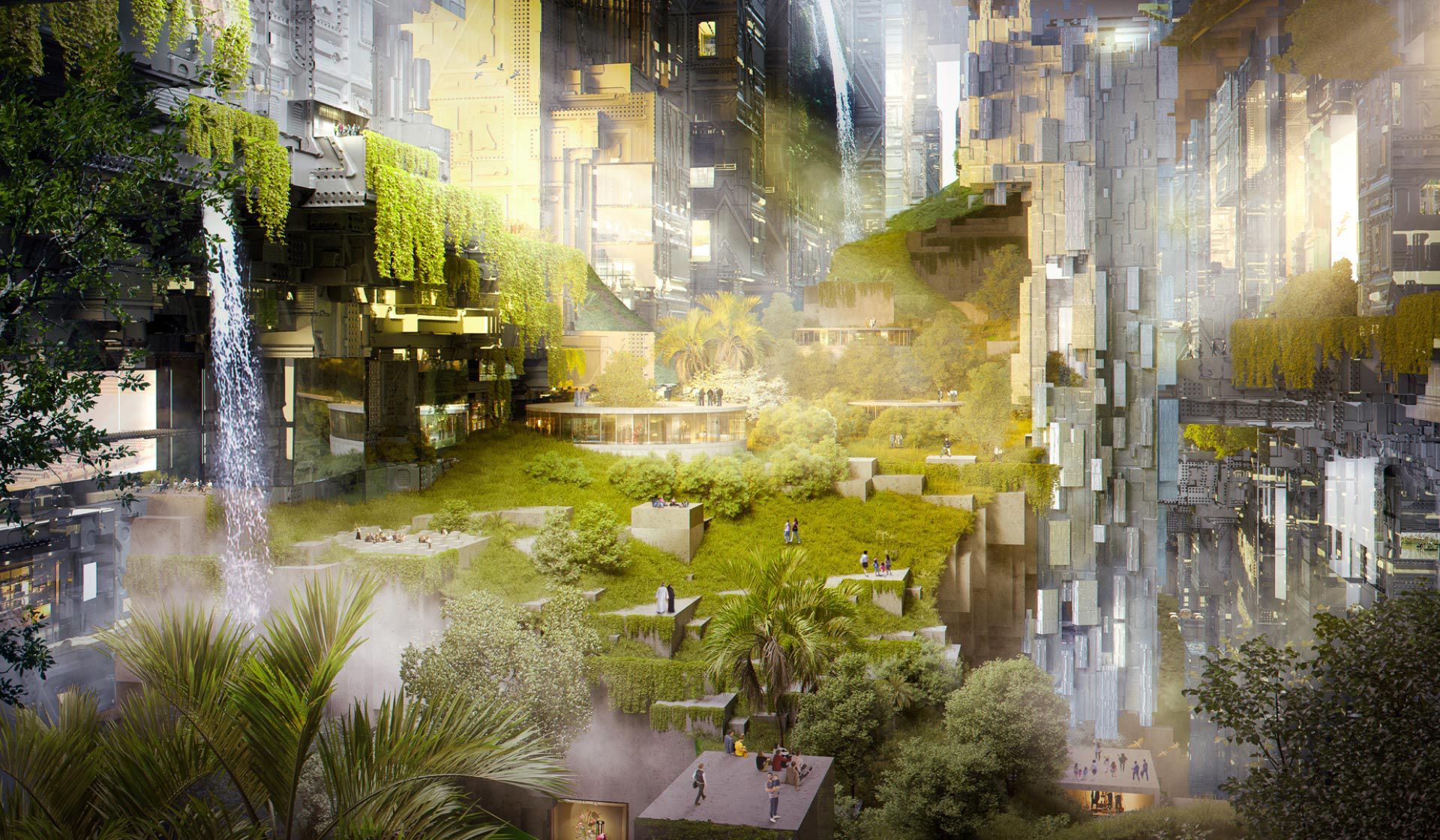
THIS IS THE LINE
DESIGNED TO DELIVER NEW WONDERS
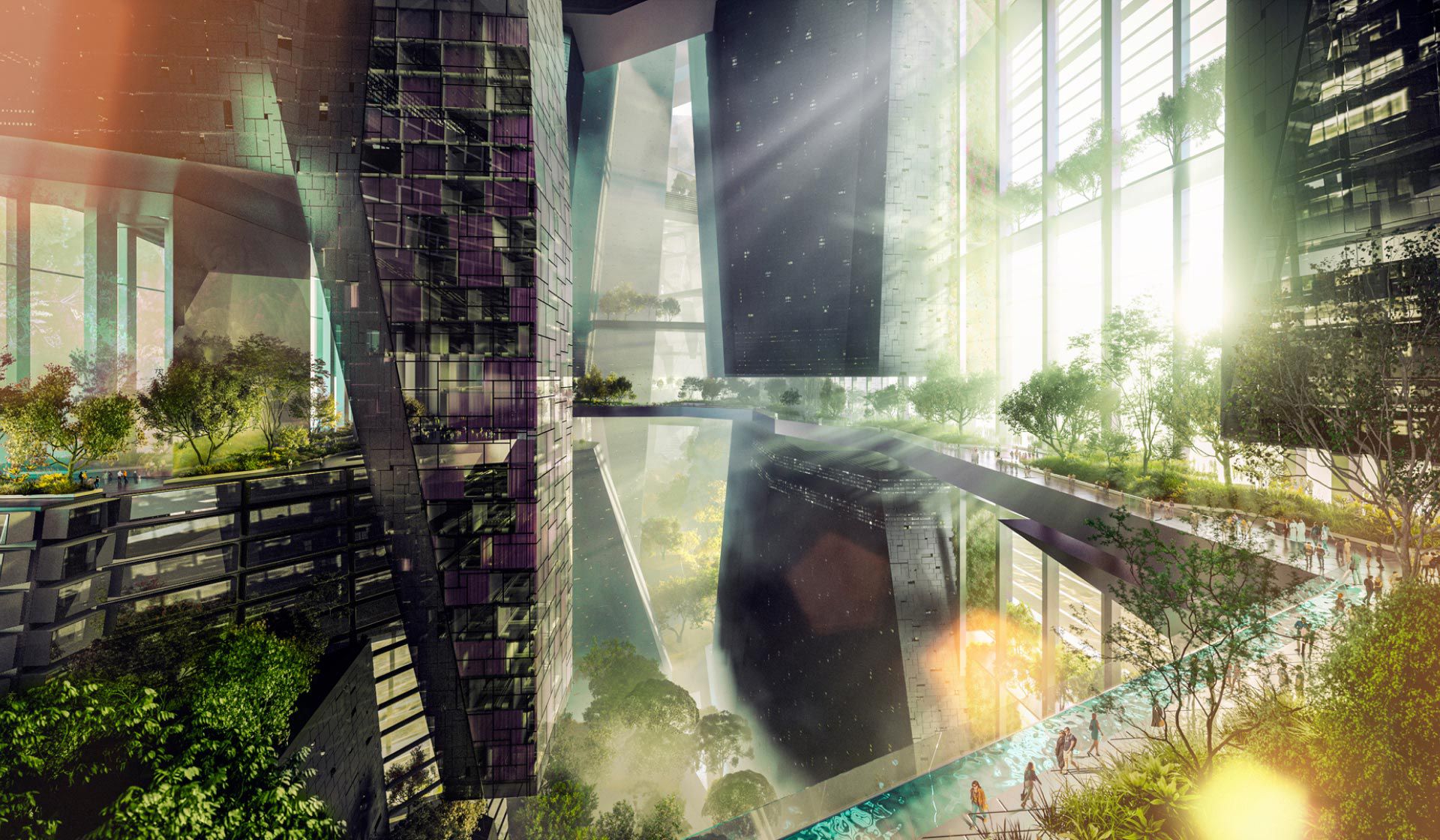
ENHANCED HUMAN LIVABILITY
VERTICAL URBANISM
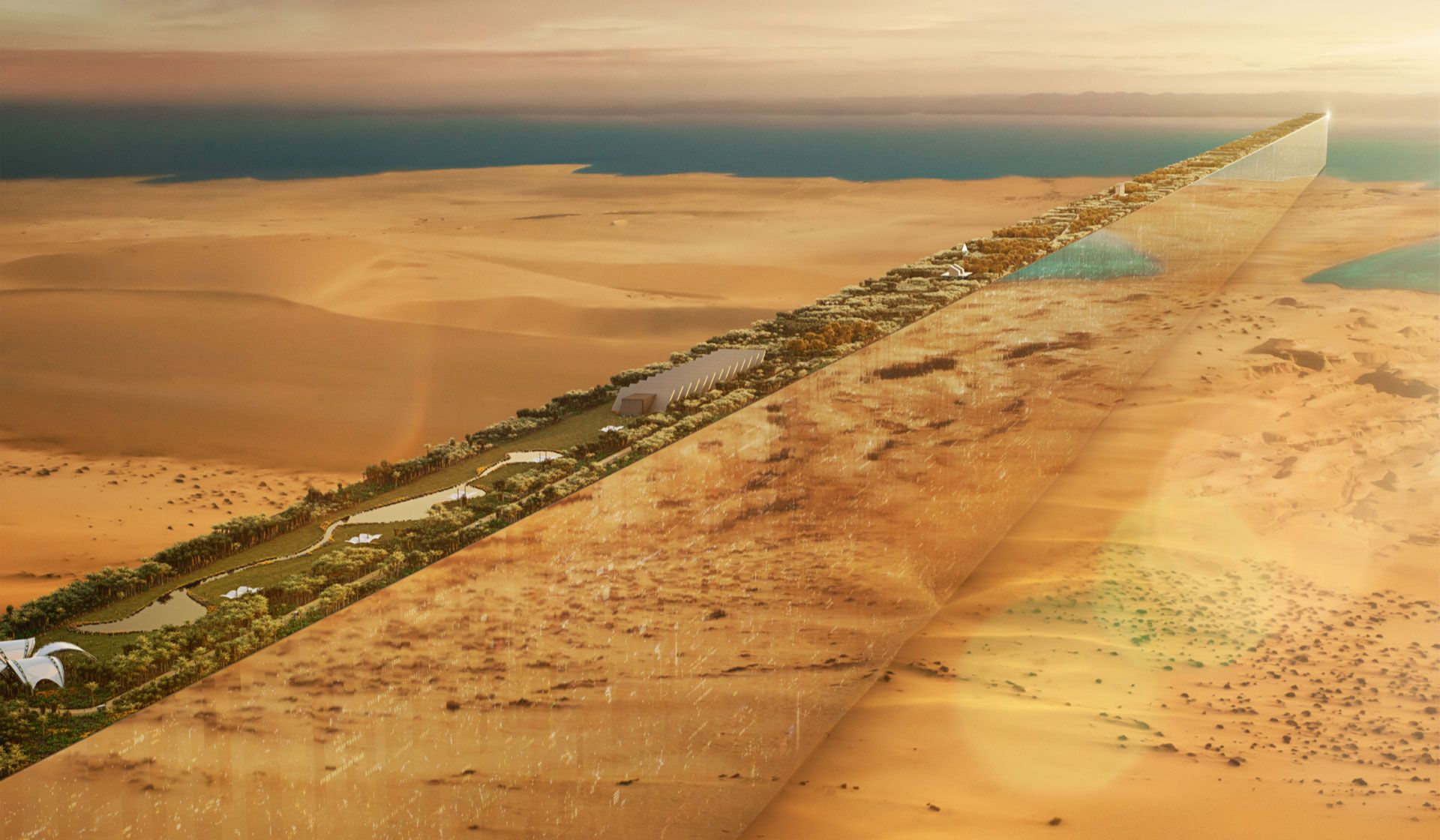
MIRRORED DESIGN BLENDING IN WITH NATURE
A MODEL FOR NATURE PRESERVATION
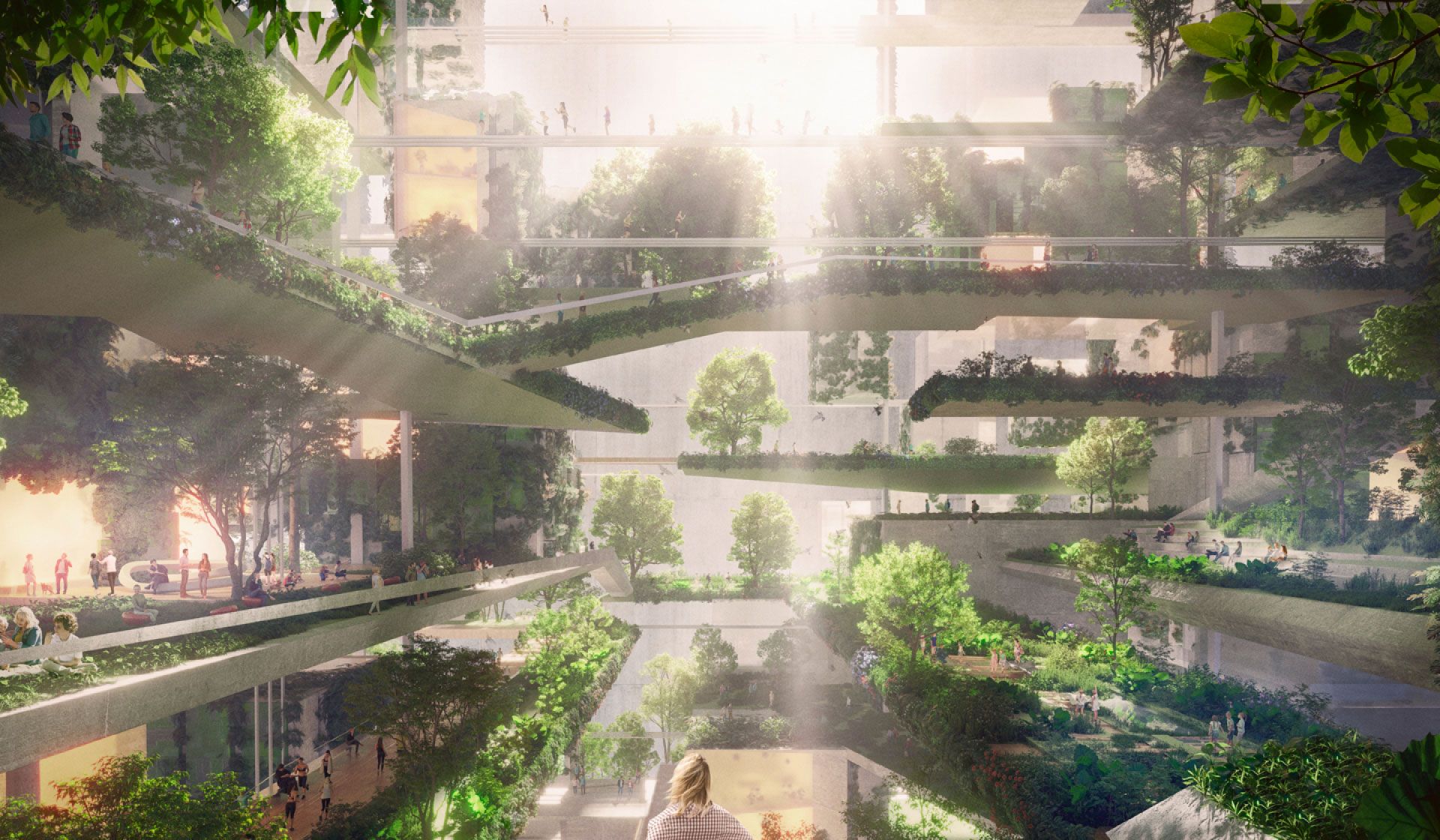
IDEAL CLIMATE ALL-YEAR-ROUND
REDUCED INFRASTRUCTURE FOOTPRINT
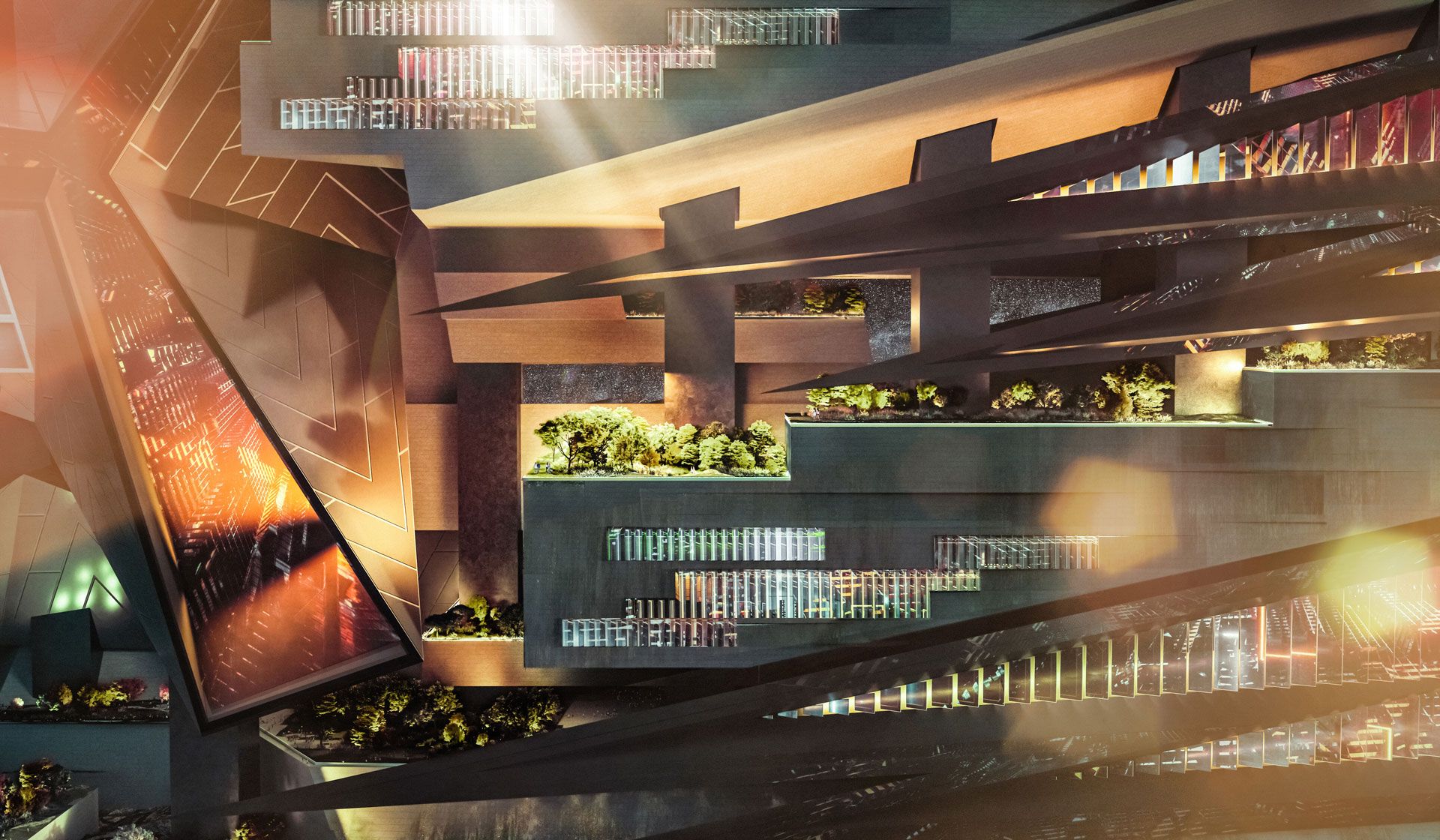
EVERYTHING YOU NEED WITHIN 5 MINUTES
ALTERNATIVE WAYS FOR HUMANITY TO LIVE
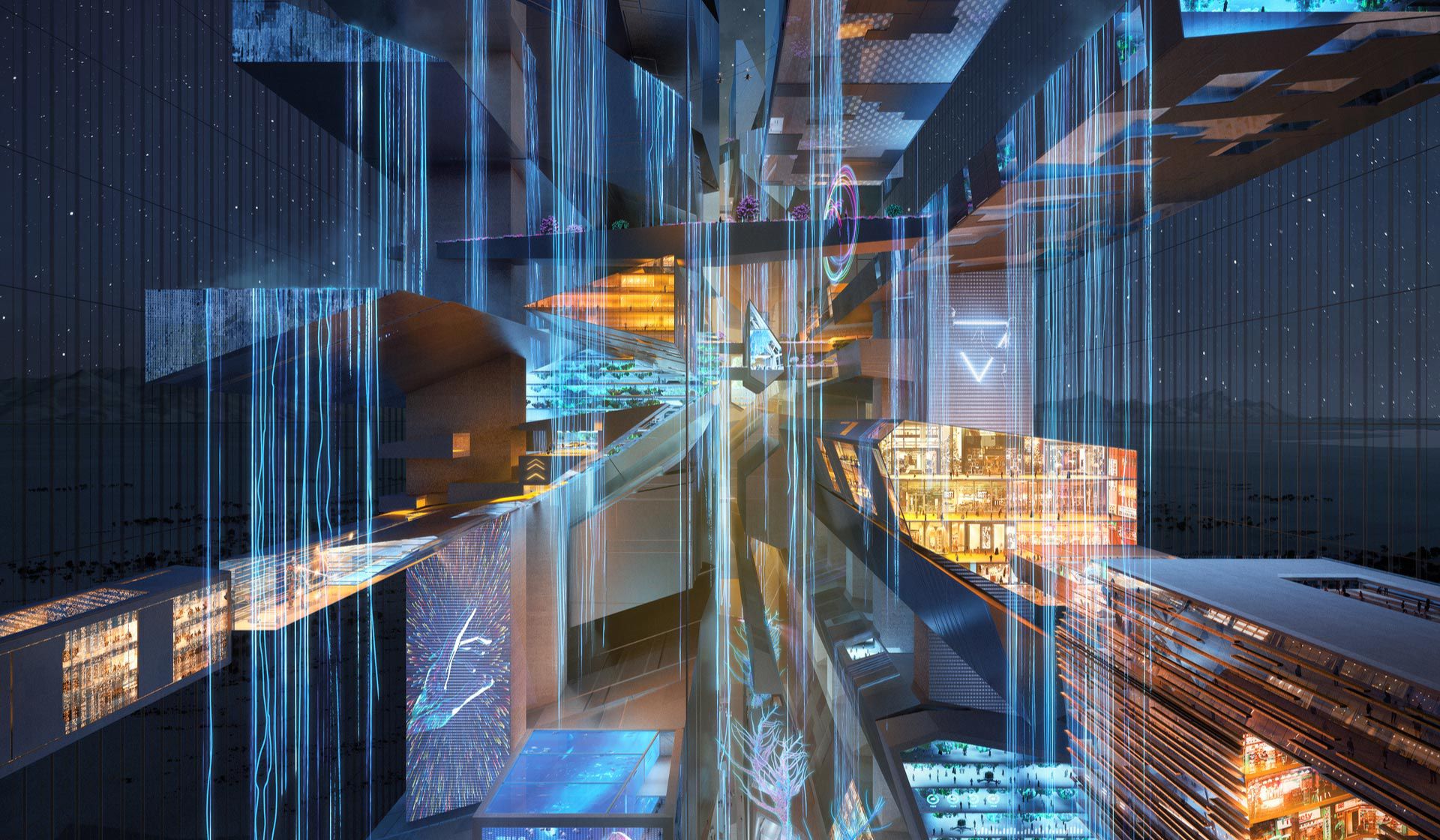
ADVANCED CONSTRUCTION & MANUFACTURING
UNMATCHED BUSINESS OPPORTUNITIES
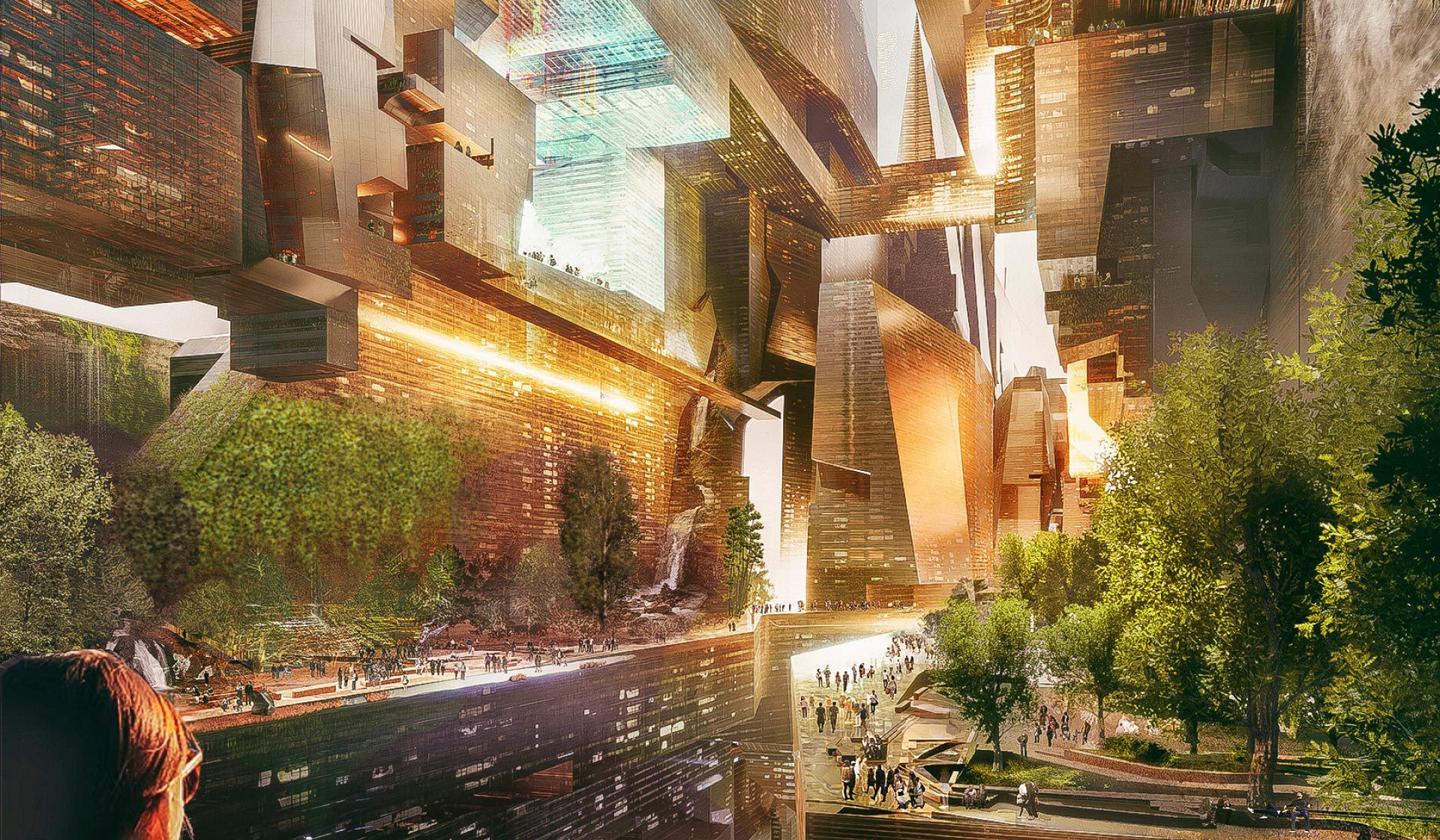
A 20-MINUTE JOURNEY END-TO-END
HIGH-SPEED LINEAR MOBILITY
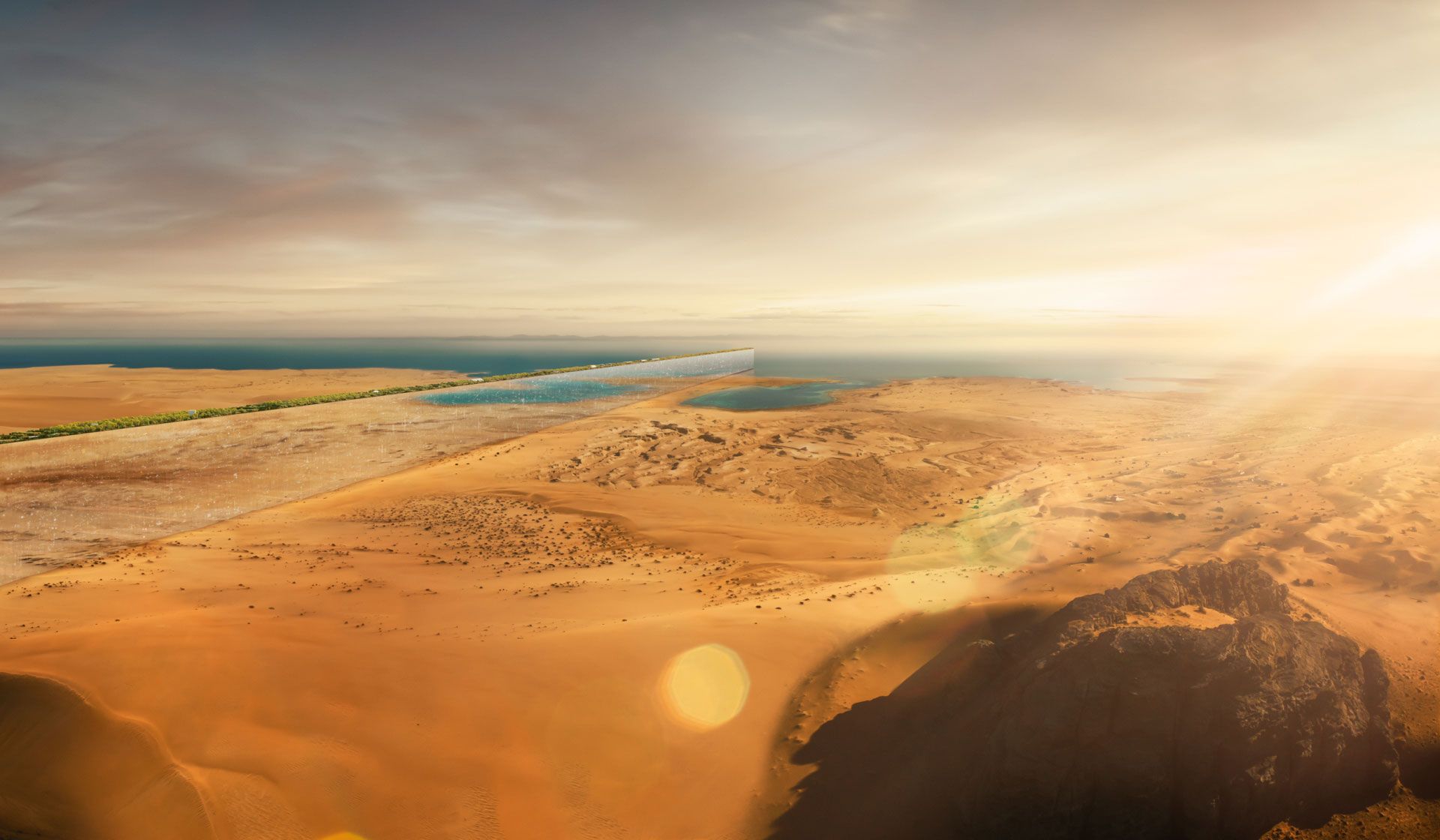
SOLUTIONS TO ENVIRONMENTAL CRISES
95% OF LAND & SEA PROTECTED FOR NATURE
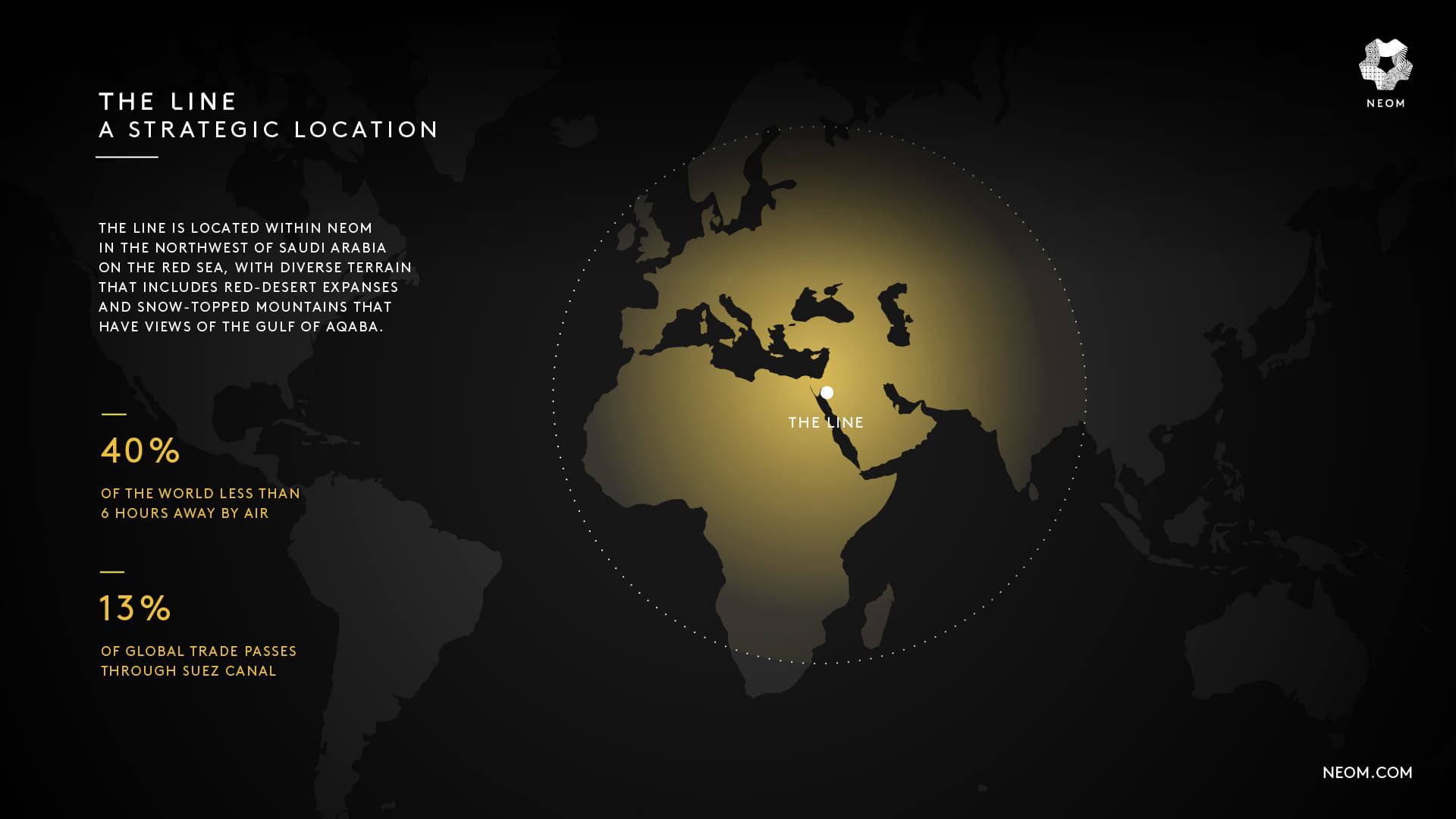
Bringing value to the world through
Work-life balance
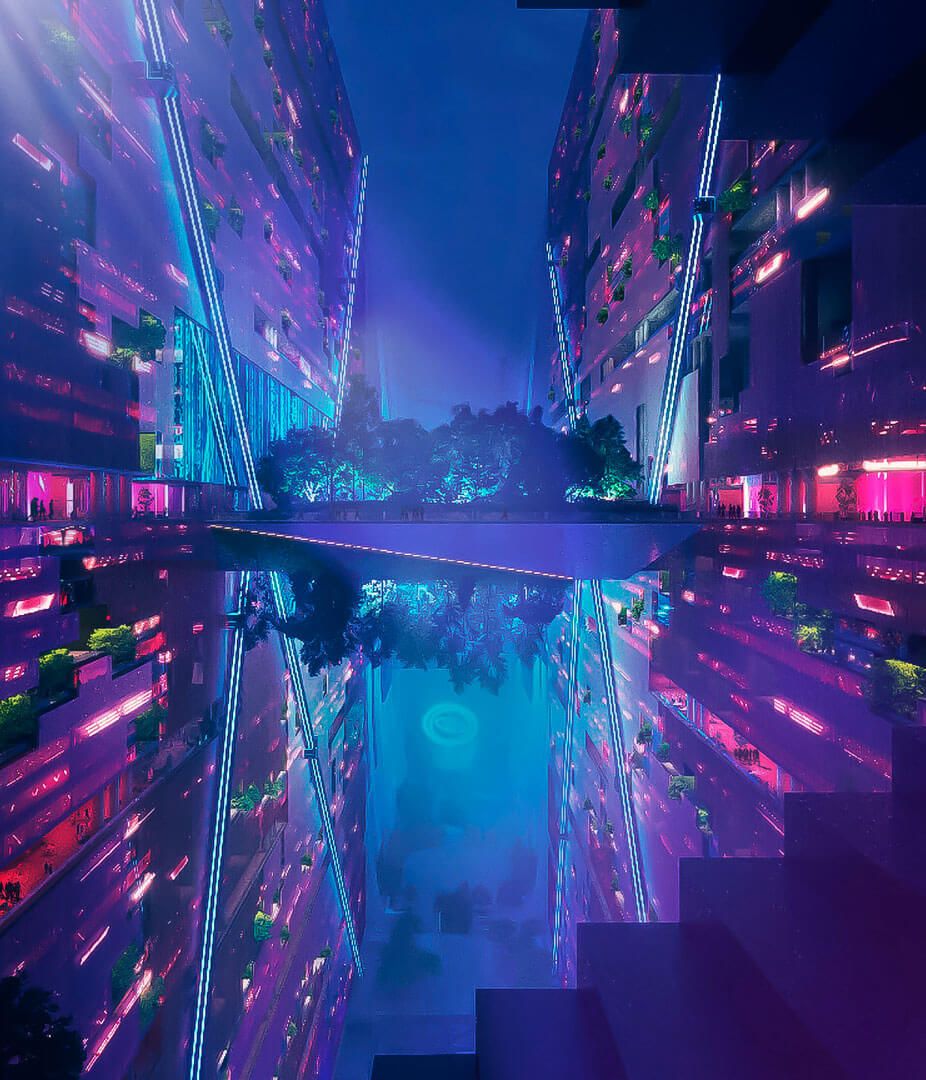
Legacy-free urbanism
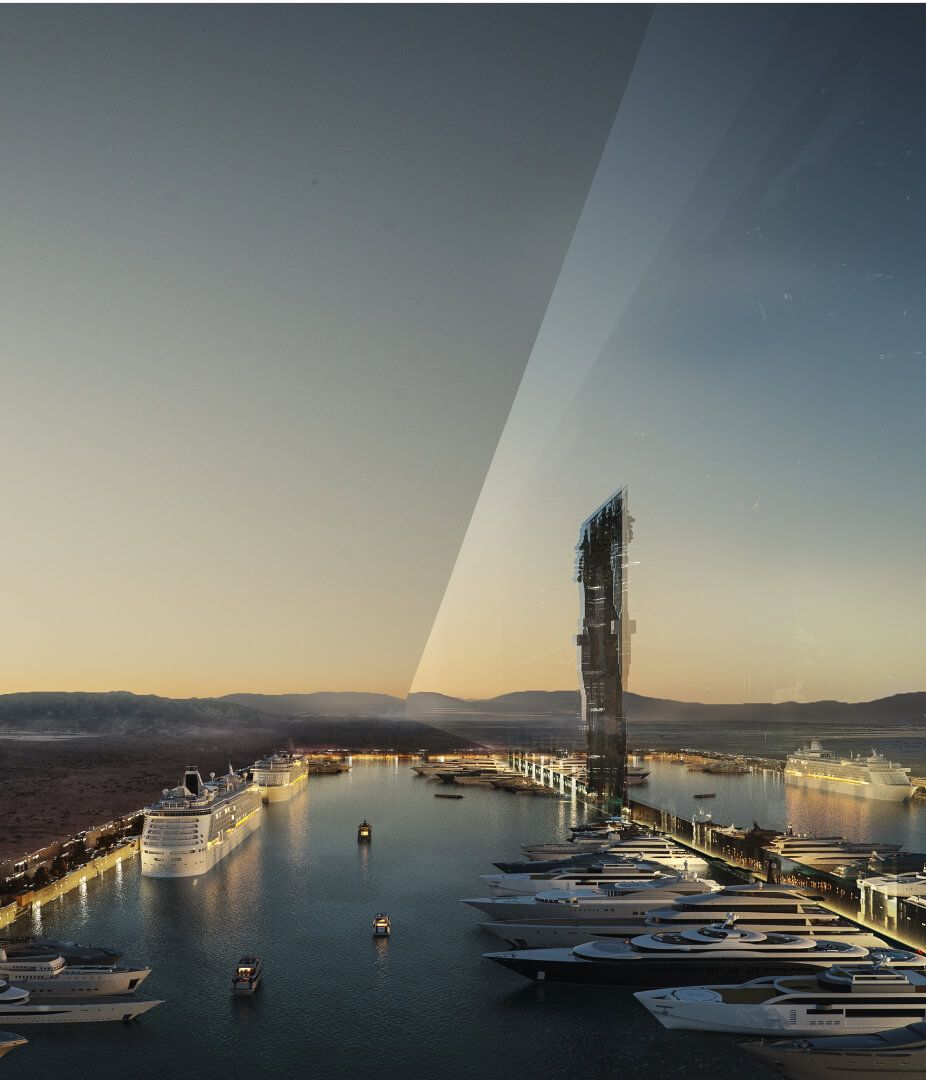
Enhanced livability
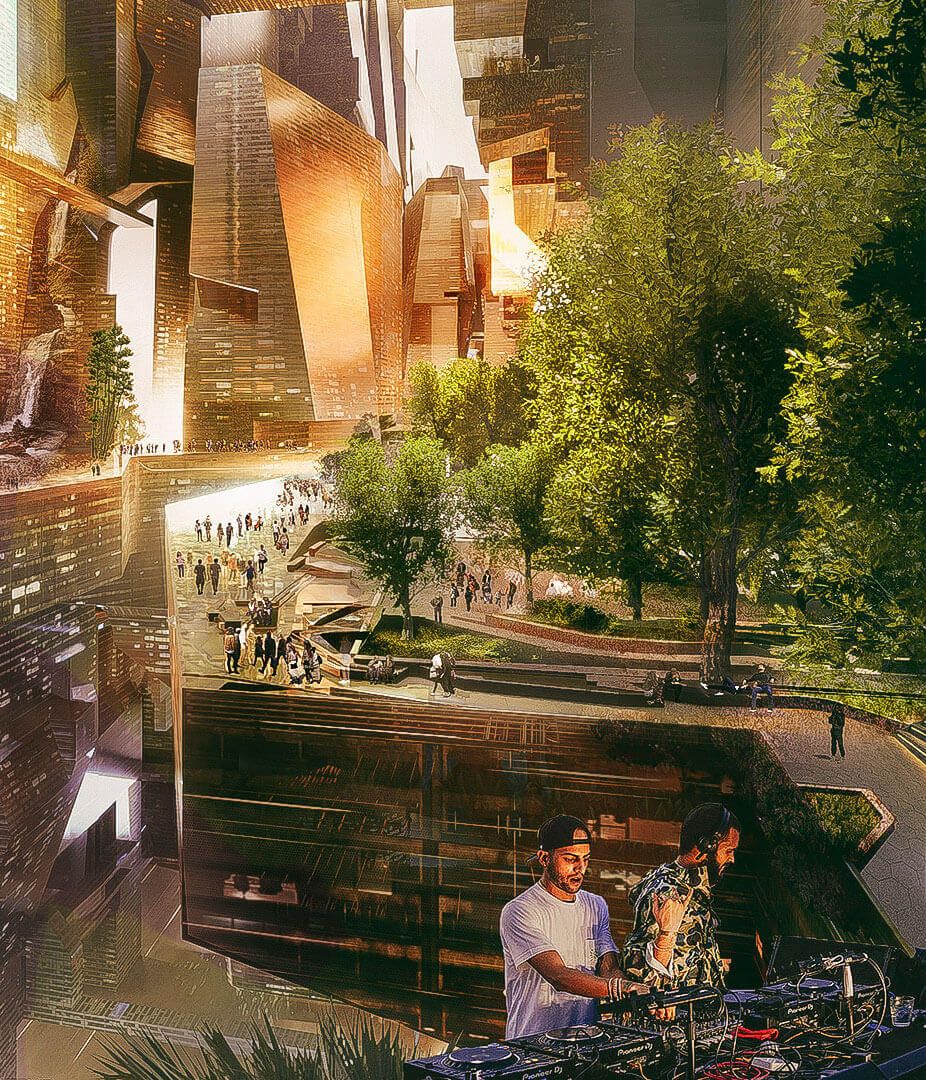
Leisure and sports
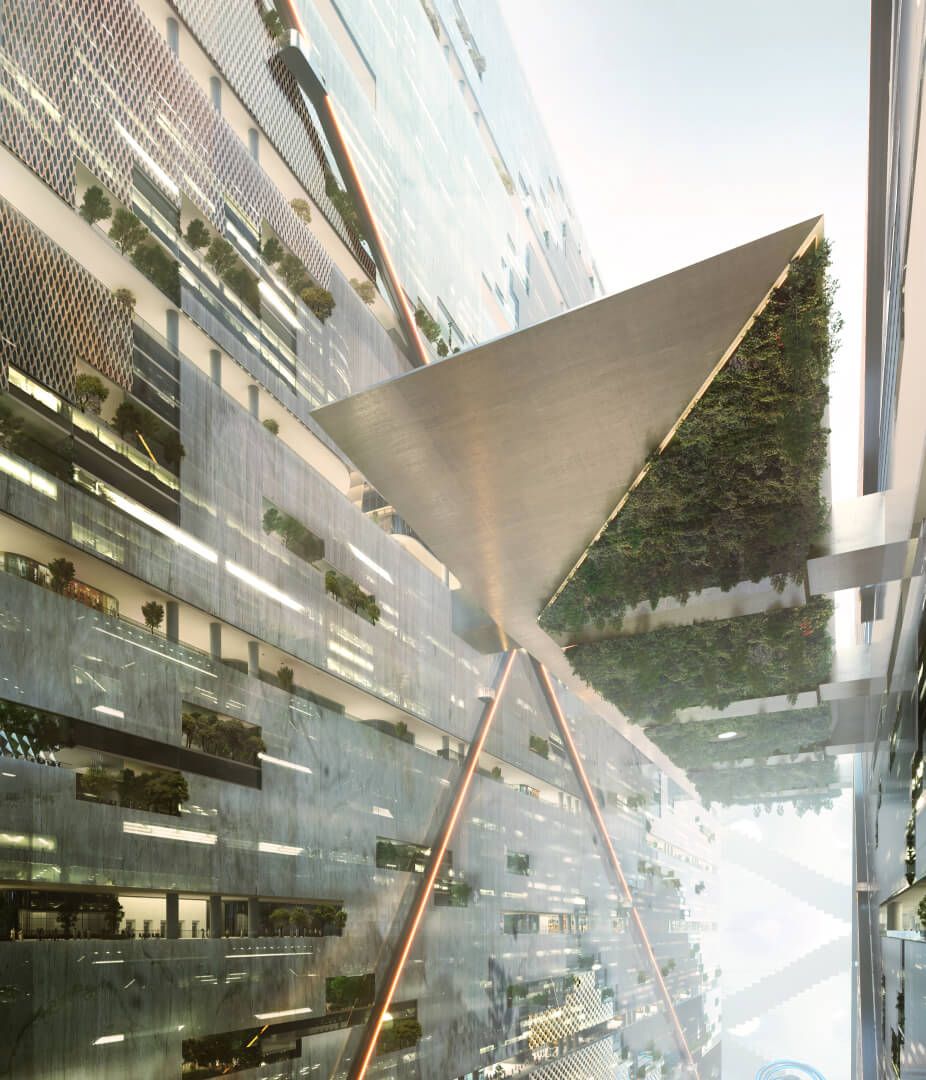
Vertical living
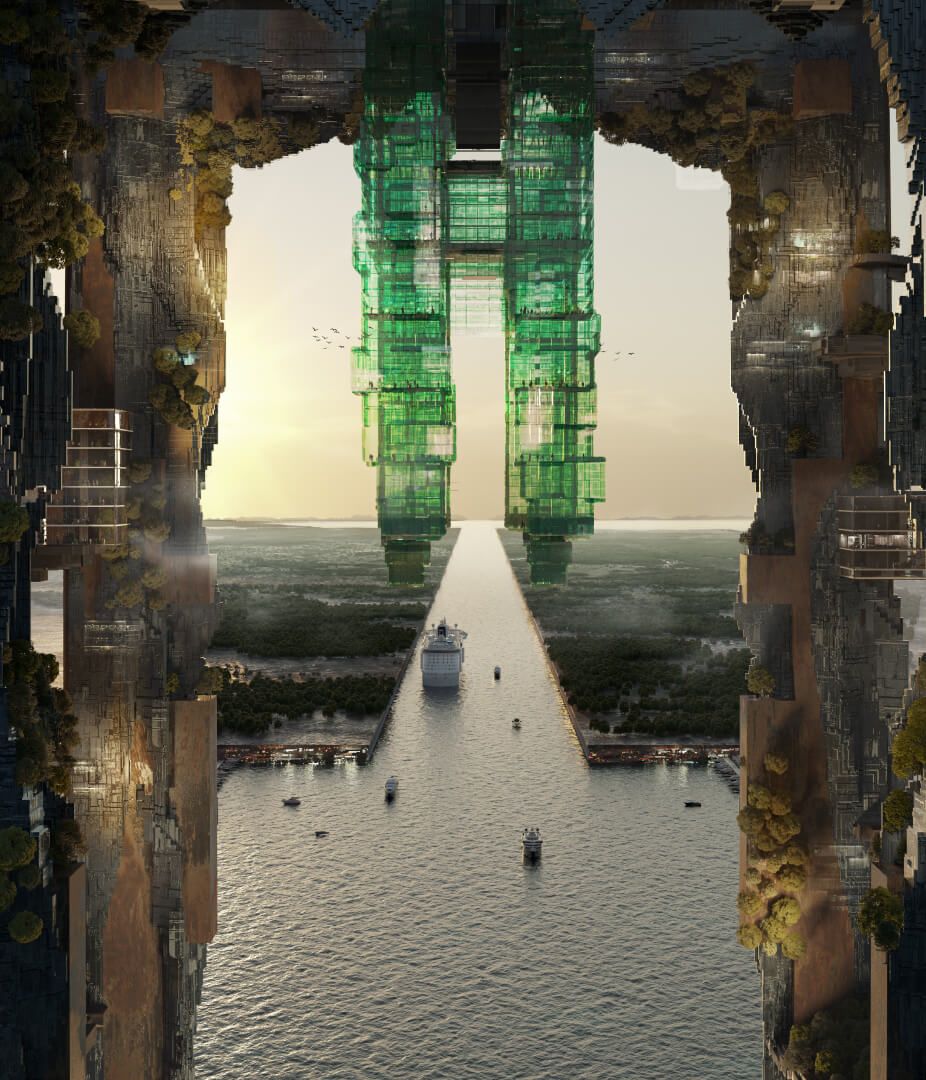
Next-gen architecture
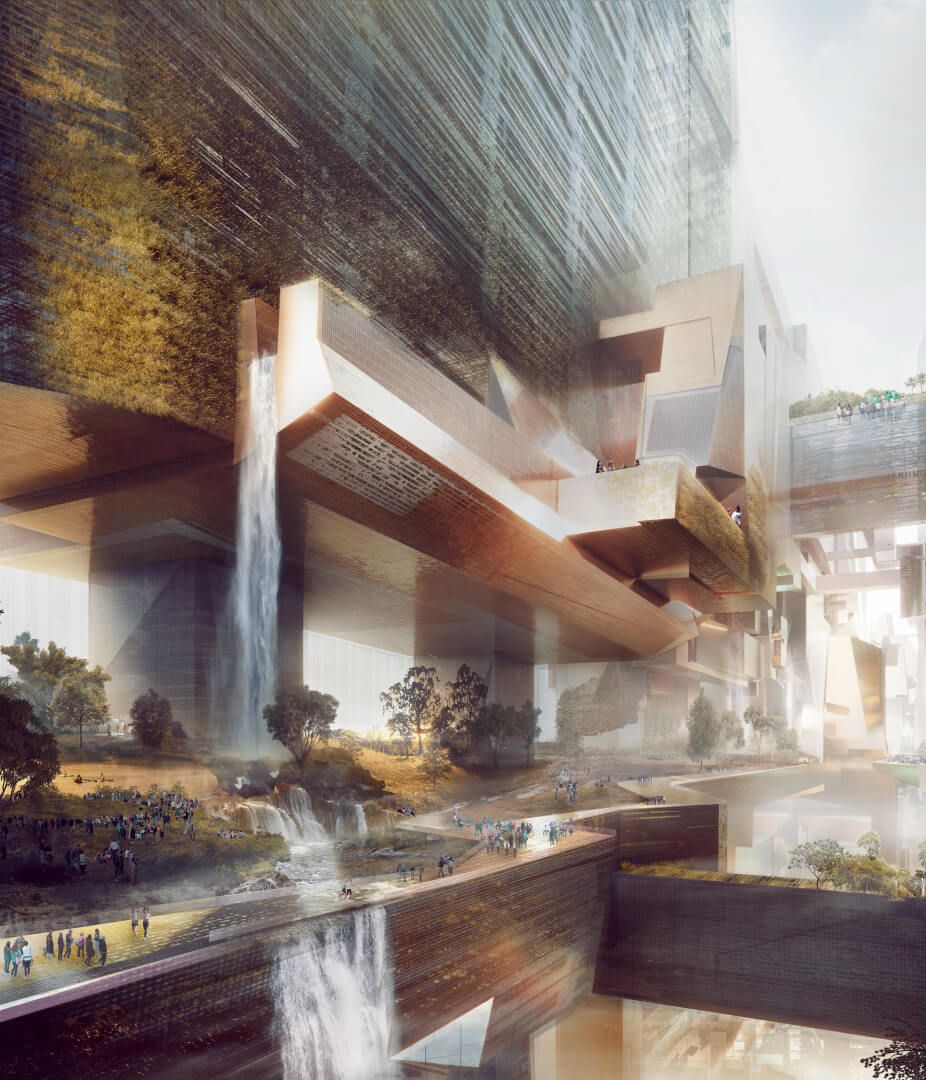
Walkable communities
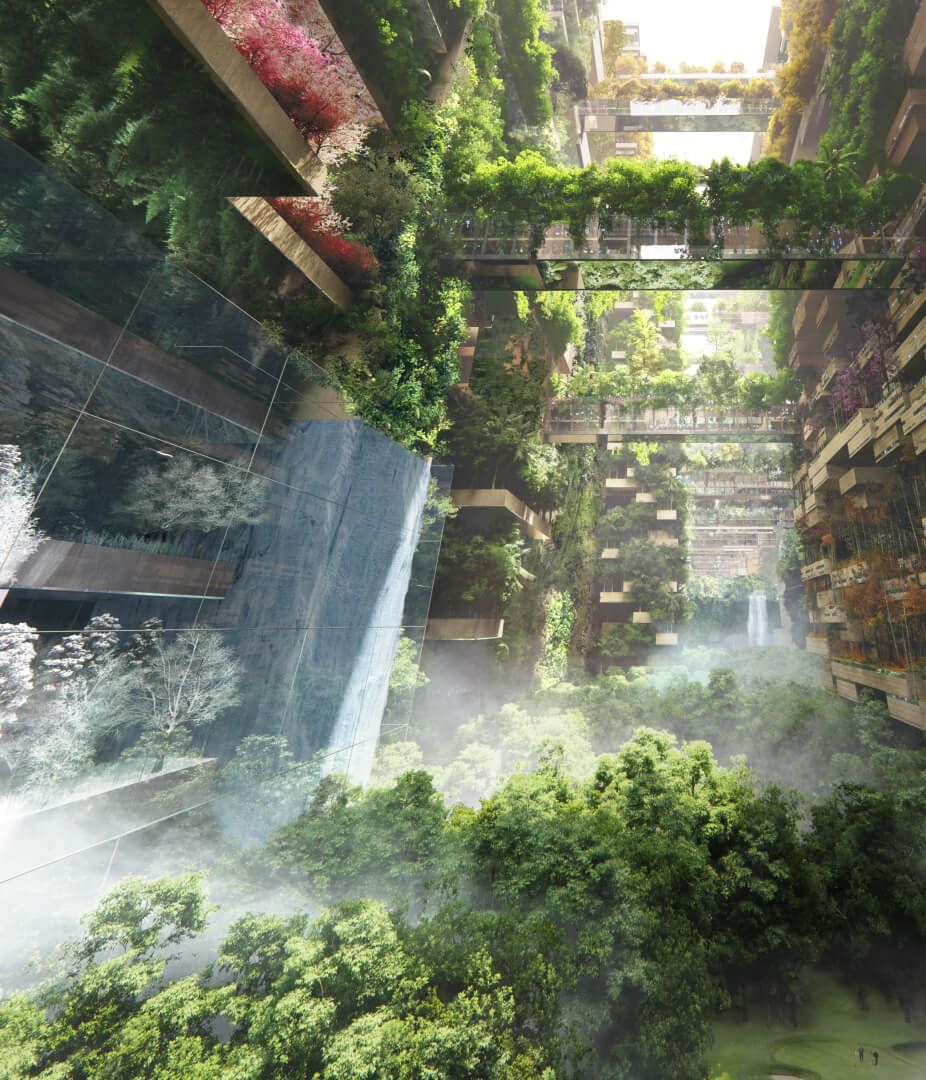
Environmental solutions
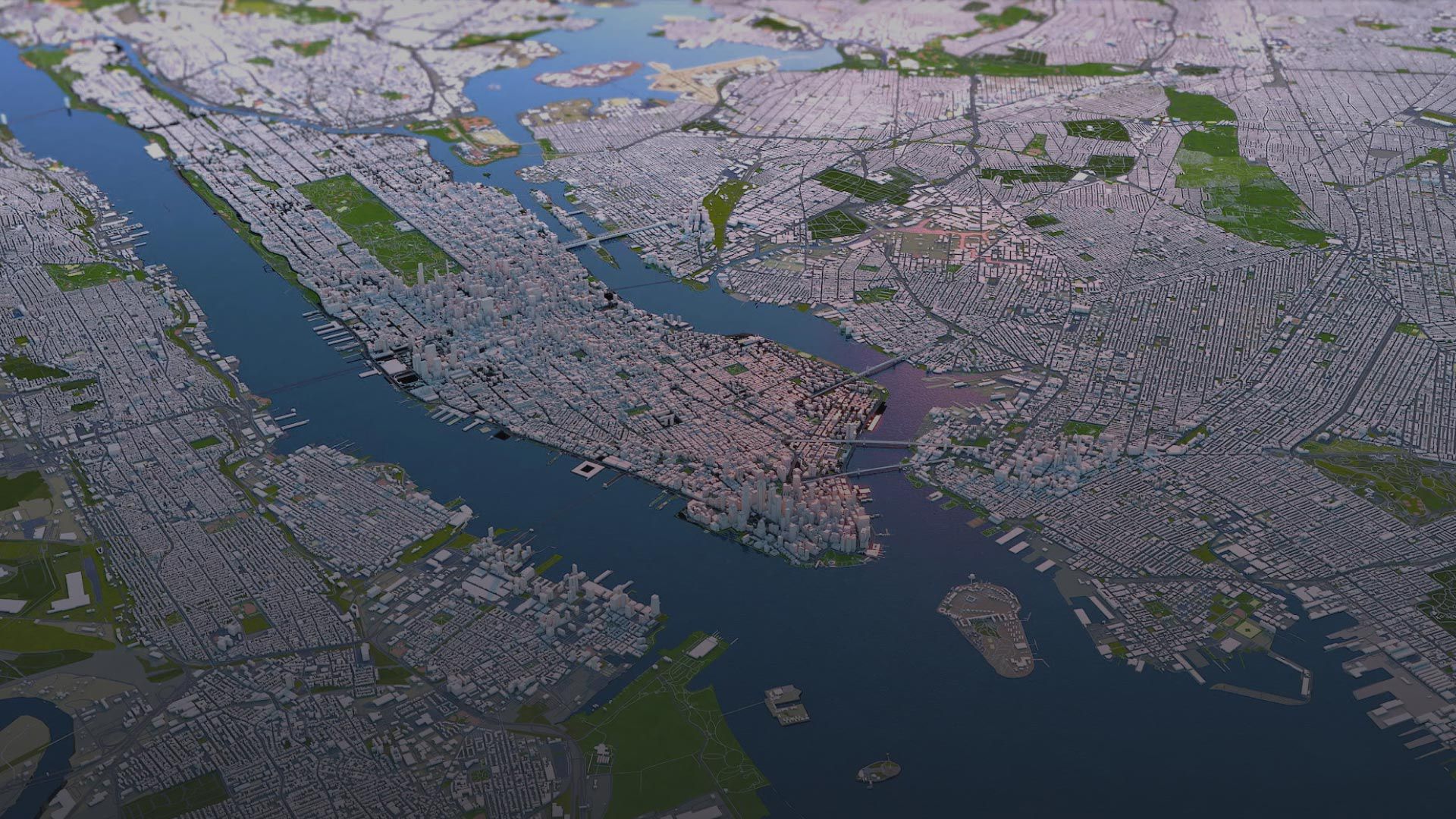
How would Manhattan look with the vertical urbanism being adopted for THE LINE?
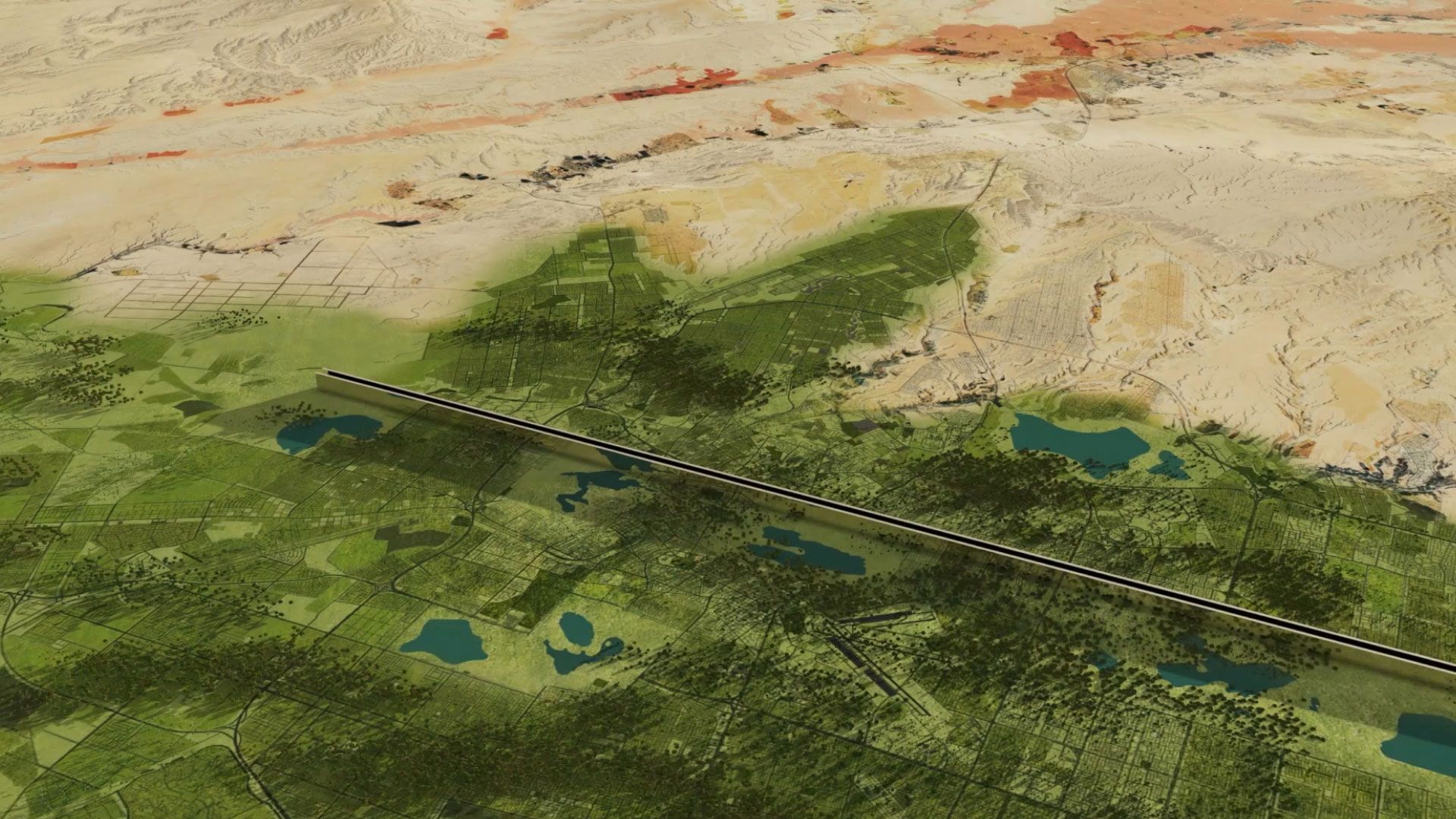
How would Riyadh look with the vertical urbanism being adopted for THE LINE?
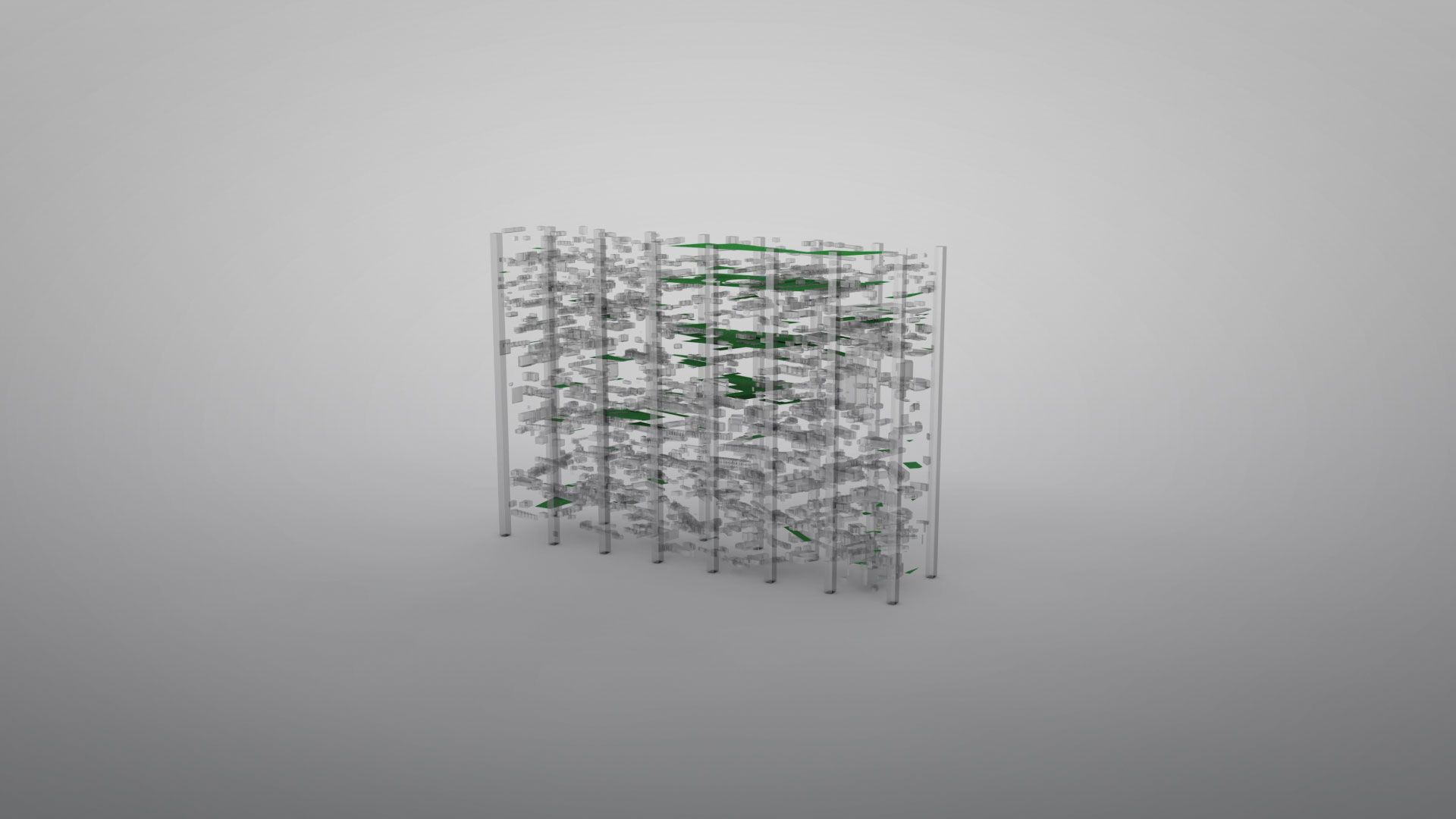
How would Kensington look with the vertical urbanism being adopted for THE LINE?
NEOM VOICES
HEAR FROM OUR LEADERS
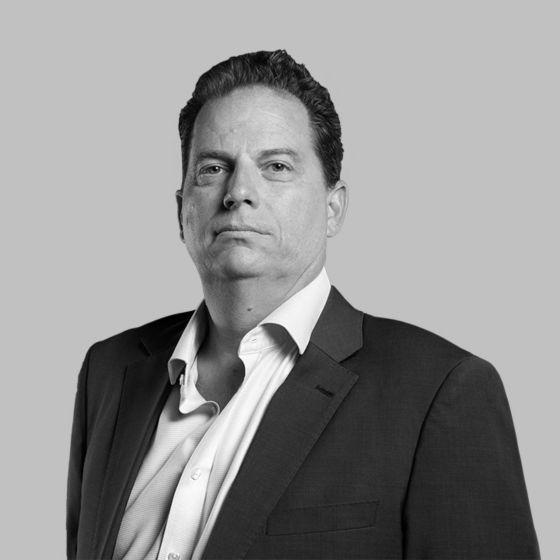
Imagine then a whole city within a 500-meter tall and 200 meter-wide building, stretching 170 kilometers across the coast, desert and mountains of Northeast Saudi Arabia. A place housing nine million people within 34 square kilometers. Well, that’s what we are building with THE LINE, the ultimate sidescraper. by Giles Pendleton Executive Director

THE LINE’s world-leading experts are creating a civilizational revolution, by redefining the concept of urban development and the city of the future.
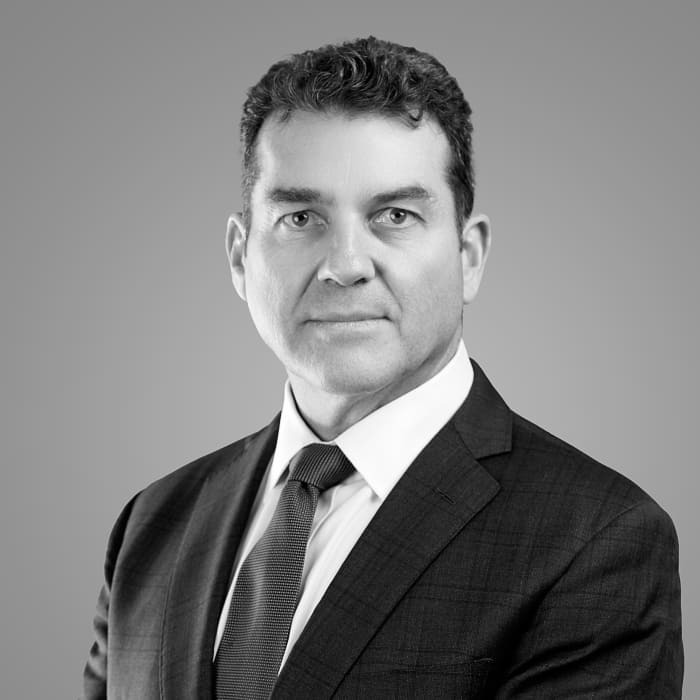
Denis Hickey
Chief Development Officer
With more than 25 years of experience across real estate development, investment and construction industries, Denis Hickey has a strong track record creating and delivering complex projects – from concept to completion. As CDO for THE LINE, he will ensure total delivery of NEOM’s flagship project
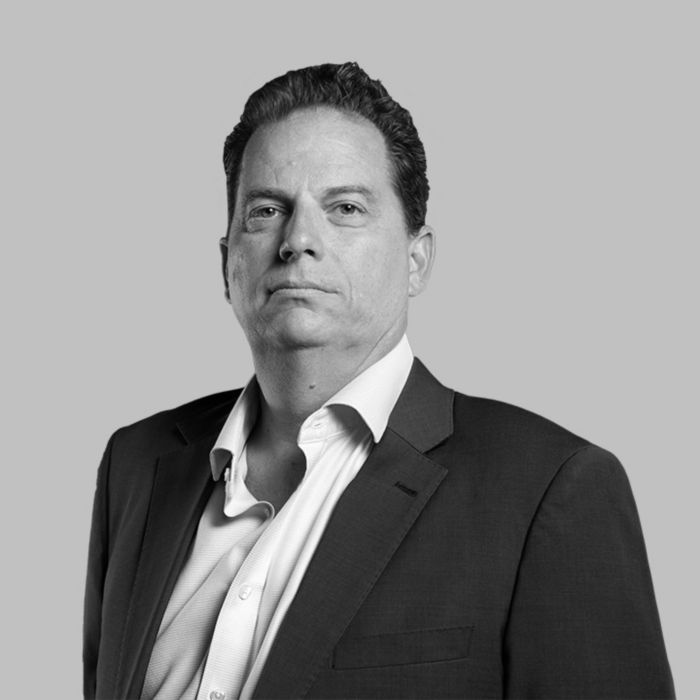
With a background in project development and management, Giles Pendleton has delivered first-class solutions driven by sustainability. Passionate about architecture, he drives NEOM’s multidisciplinary development effort to ensure that THE LINE becomes a global best-practice example for cities.
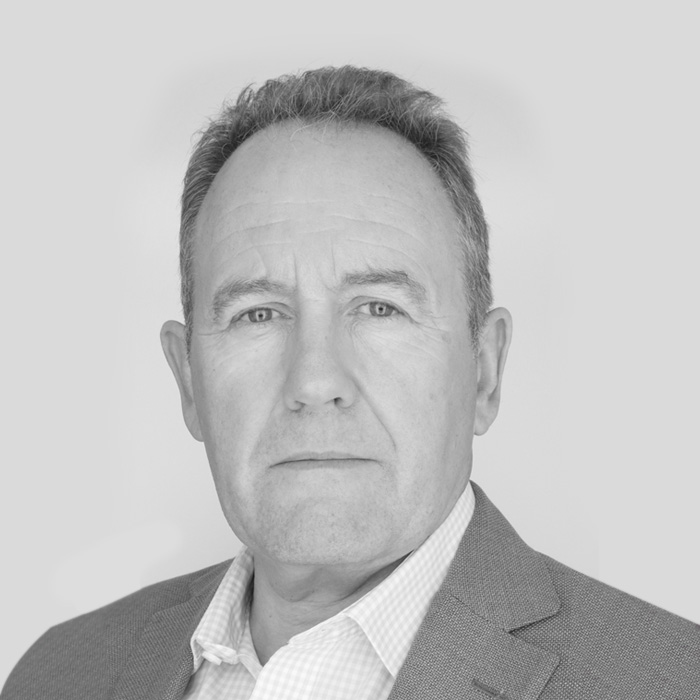
Mark Dickinson
Executive Director Development
Mark Dickinson has extensive international property development experience, leading diverse businesses in the United Kingdom, Australia and America; including the Athletes Village for the 2012 Olympic Games. He is a chartered civil engineer and was an officer in the British Army.
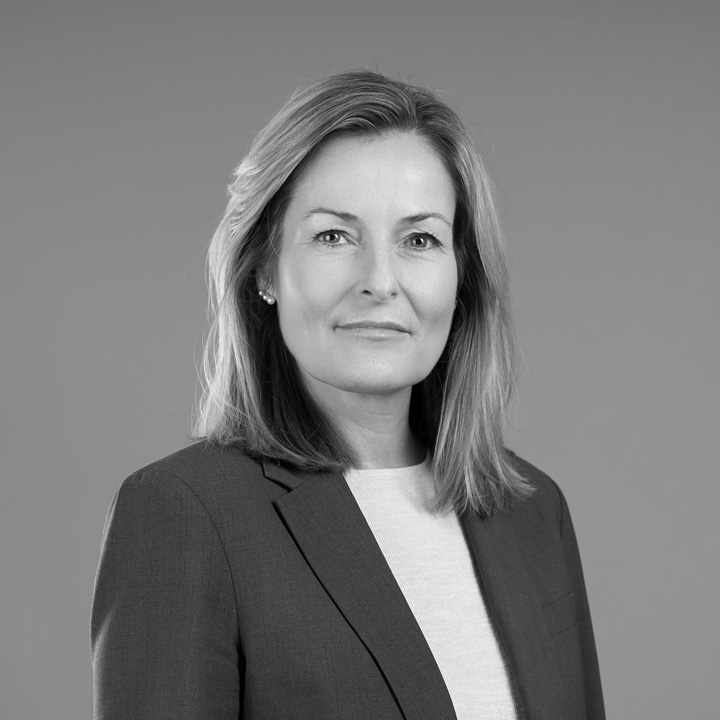
With 25 years in luxury hotel and branded residential developments, Irene Hoek has expanded global hospitality portfolios through her expertise in deal structuring and concept development.
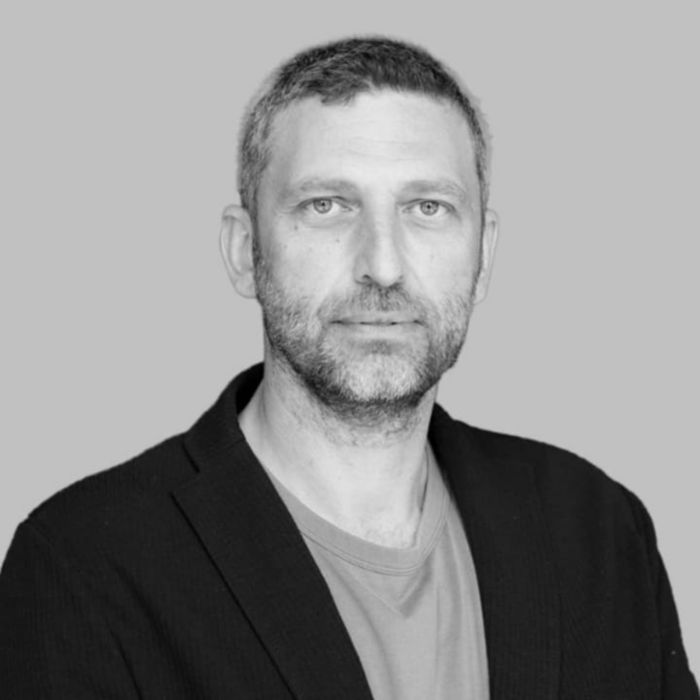
Tarek Qaddumi
THE LINE DESIGN Group Executive Director
With over than 25 years' practice in award-winning architecture firms, including as Morphosis Architects regional director, Tarek Qaddumi now leads the NEOM Urban Planning team – including The LINE. He has undergraduate and master of architecture degrees from The University of Michigan, Ann Arbor.
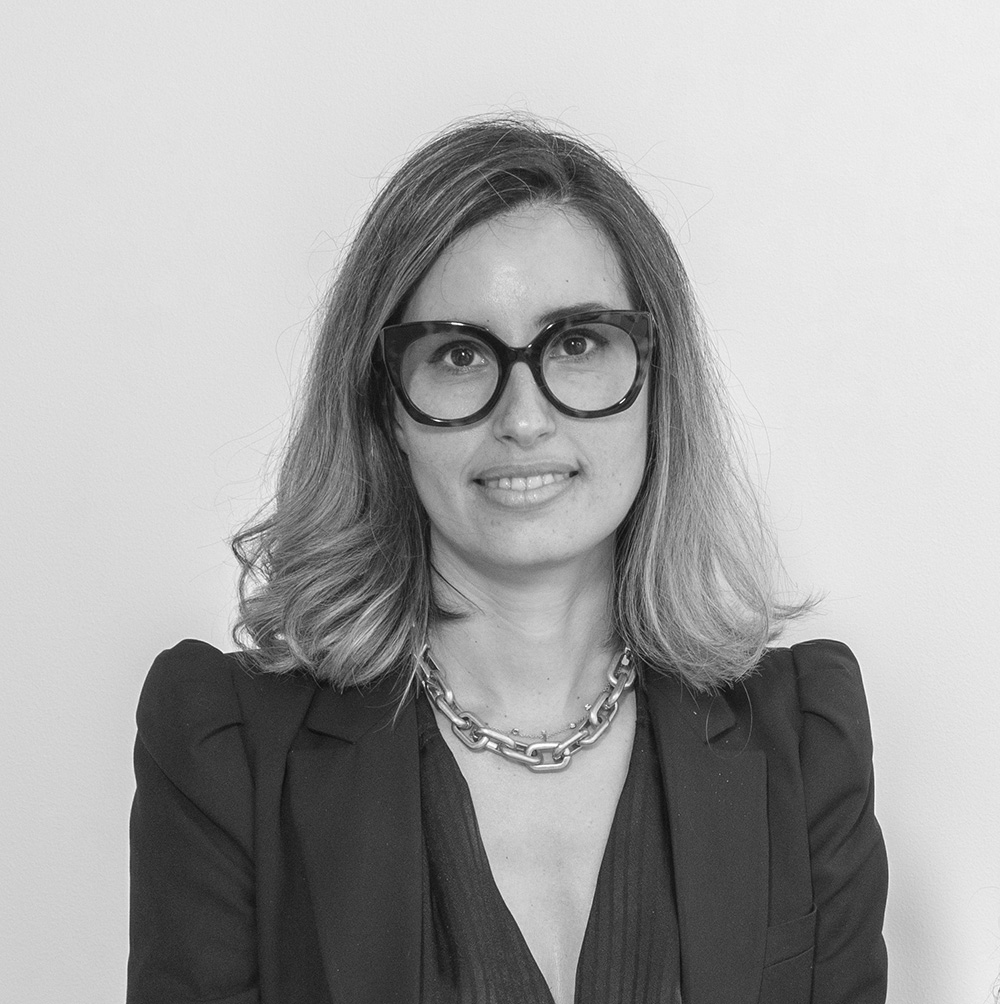
Meriem Tamarzizt
Head of Strategy
Meriem Tamarzizt is a corporate and business transformation strategist. She honed her skills in a 20-year career spanning multinationals, Gulf conglomerates and start-ups she co-founded. A London School of Economics graduate, she is now working strategically to make THE LINE a reality.
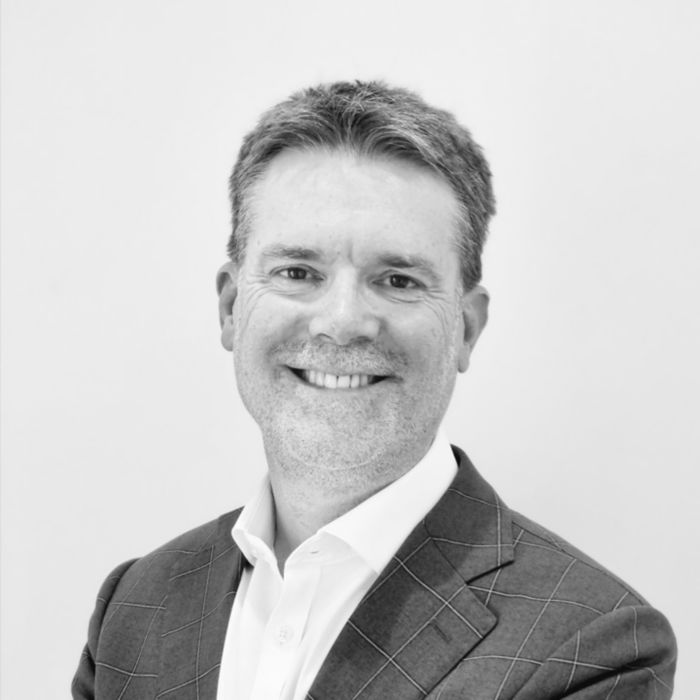
Nicholas Hodson
Landscapes of The LINE Executive Director
Nicholas Hodson has 30 years of major mixed-use property development experience across Europe, the Middle East and Africa. Responsible for THE LINE landscapes, his passion is delivering environments that focus around people, wellbeing and experiences.
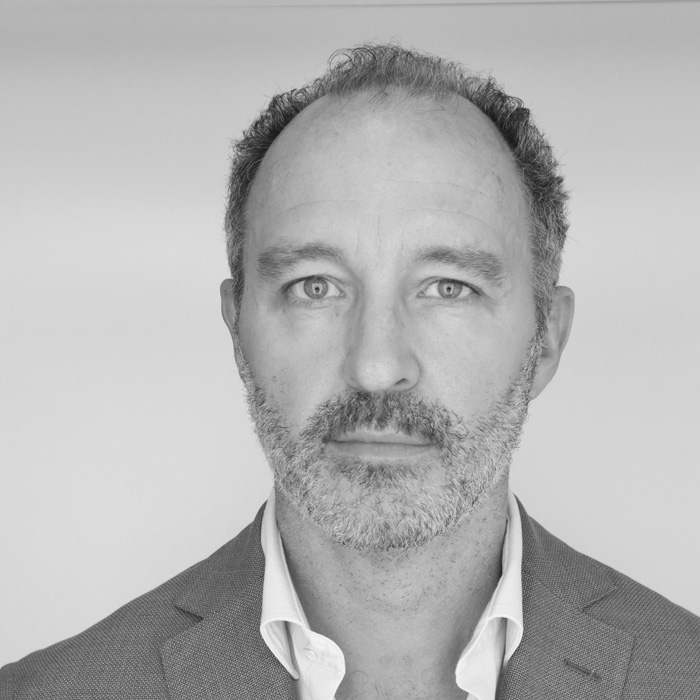
Paul Jessup
Head of Sales and Marketing
With more than 25 years of professional experience in real estate sales, leasing and marketing Paul Jessup has worked across large-scale development projects around the world – including in Qatar, Oman, Spain and the United Kingdom. He studied at the London School of Economics and also holds an MBA.
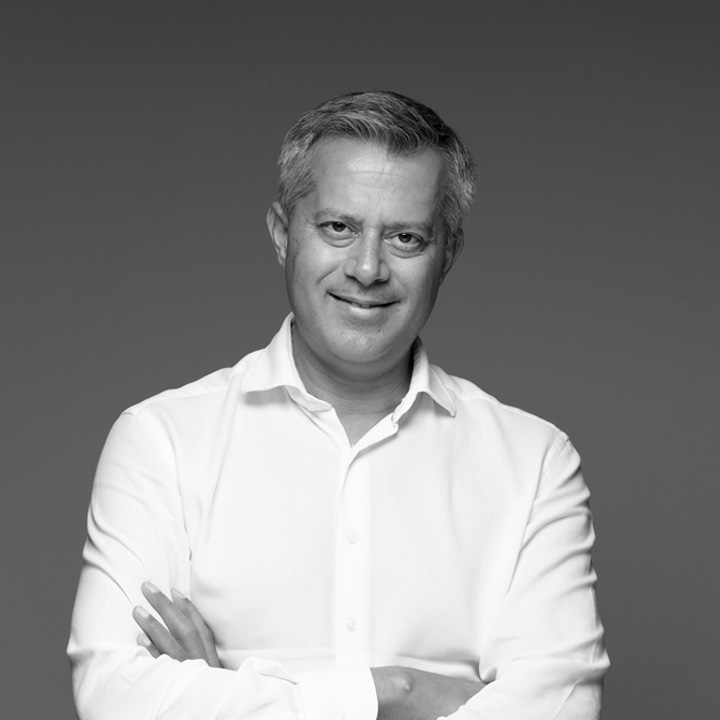
Mansoor Hanif
Digital and Cognitive solutions Executive Director
A UK-trained engineer, Mansoor is an expert in mobile and fiber networks, having held senior roles at several multinational telecom companies in his 30-year career in the industry. He was also CTO at the UK telecom regulator and is dedicated to building the world’s first cognitive city at THE LINE.
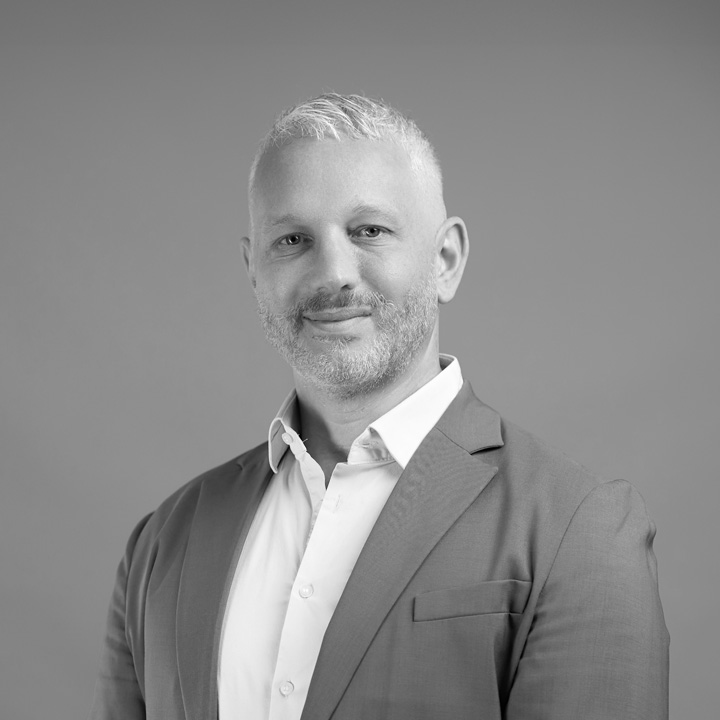
Michael Vavakis
Head of Business Operations
Michael Vavakis has more than 30 years of experience in transforming global businesses, from Silicon Valley multinationals to global development companies. He has held c-suite and leadership roles. He’s also a University of Melbourne faculty of business and economics fellow.
Stay informed about THE LINE

Contact permissions
City of the Future
What is the Line
The line: the city of the future, revolutionizing life in saudi arabia., the impressive ambitions of saudi arabia to create the city of the future.
Saudi Arabia, a country rich in resources and cultural heritage, has announced its impressive ambitions to create the city of the future — «The Line.
«The Line» is a revolutionary project that represents an innovative solution to create a sustainable and environmentally friendly city where residents will live, work and enjoy a high quality of life. The main goal of the project is to create a model city, fully integrated with nature, technological and satisfying all the needs of its residents.
«The Line» will be built along the Saudi border and will be about 170 kilometers long. This city will feature the most advanced technologies such as artificial intelligence, autonomous transportation systems, smart homes, and more. Through the use of these innovations, «The Line» will be an ideal place to live and grow a business.
The main feature of «The Line» will be its unique infrastructure. The city will be built along a high-speed rail line, providing fast and efficient ways to connect different parts of the city. In addition, all transportation will be all-electric, making the city environmentally friendly and sustainable.
«The Line» will also be surrounded by protected natural areas to preserve and highlight the natural beauty and biodiversity of the region. Residents will be able to enjoy green parks, lakes, walking and cycling paths, creating a harmony between urban life and nature.
«The Line» is a breakthrough project that demonstrates Saudi Arabia’s ambition to create a unique and innovative city of the future. By combining cutting-edge technology, sustainability, and quality of life, The Line ushers in a new era of development and becomes an inspiring example for building cities of the future around the world.
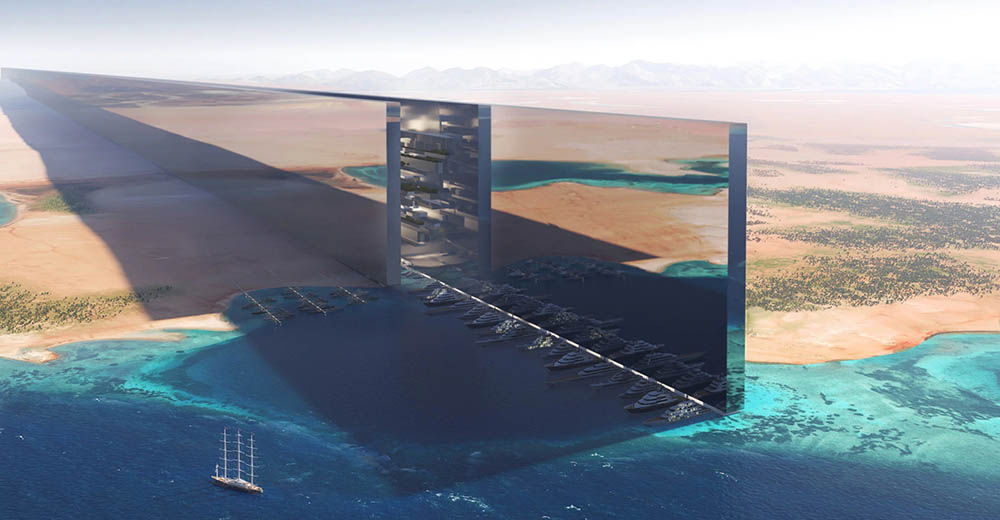
The Line’s vision of the city of the future
Mentioning the line project and its importance in the country’s development strategy.
The Line project is one of the key and most important initiatives in Saudi Arabia’s development strategy. It represents an innovative city of the future that will be a catalyst for economic growth, technological advancement, and sustainable development of the country.
«The Line» will bring enormous benefits to Saudi Arabia, both economically and socially. The project will become a new center of innovation, attracting leading companies and talent from around the world. The creation of new jobs and the development of new industries will improve the lives of citizens and contribute to the diversification of the country’s economy.
«The Line» also plays an important role in sustainable development and environmental protection. The city will be created with environmental sustainability in mind, minimizing the negative impact on nature. The use of modern technologies and innovations in energy, water and transportation help reduce carbon emissions and improve environmental quality.
«The Line» also strengthens Saudi Arabia’s role in the international arena by drawing the attention and interest of the global community to innovation and development in the country. This project is a symbol of progress and commitment to leadership in sustainable development and urban planning.
Overall, The Line plays an important role in Saudi Arabia’s development strategy, creating new opportunities, attracting investment, and fostering an enabling environment for the country’s growth and prosperity. It is an ambitious undertaking that will have a lasting impact on the economy, the environment and the quality of life of citizens.
Introducing the concept of The Line
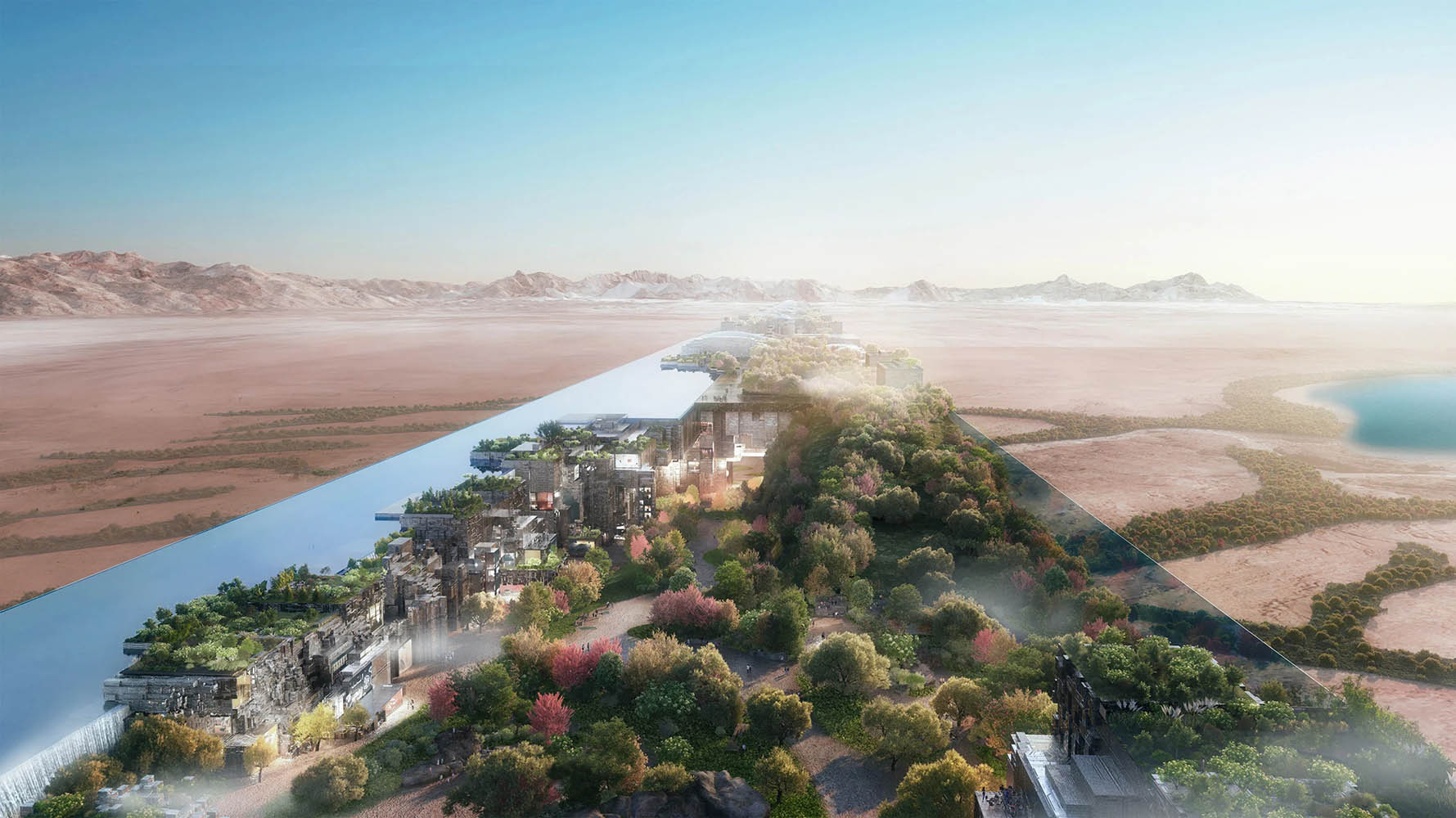
Explaining the focus on livability, sustainability, and modern technology
Developing innovative and environmentally sustainable solutions.
The Line Project places great emphasis on developing innovative and environmentally sustainable solutions to help create a progressive and environmentally responsible living space.
In the area of innovation, The Line aims to become a laboratory city where new technologies and concepts will be developed and tested. Start-ups and research projects that contribute to the development of new solutions in energy, transportation, information technology and other areas will be supported. The city will attract talented scientists, engineers, and entrepreneurs from around the world, creating a supportive environment for innovation and its practical application.
In terms of environmental sustainability, The Line aims to minimize its ecological footprint and become a model for sustainable development. Renewable energy sources, such as solar and wind power, will be used to supply the city with electricity. Advanced energy management systems, recycling and waste management, and organic farming for food sustainability will be implemented.
«The Line» will also actively cooperate with international organizations, research centers and universities to share knowledge and expertise in innovation and sustainability. Environmental impact research and analysis will be conducted to continuously improve and optimize the city’s environmental performance.
Developing innovative and sustainable solutions is an integral part of The Line’s strategy, ensuring that the city stays ahead of its time and serves as an example for other regions around the world. This will create a unique space where people can live and thrive, creating a more sustainable and prosperous future.
The Line, the infrastructure and transportation of the city of the future
An overview of the high-speed transportation system connecting different parts of the city.
The high-speed transportation system within the «The Line» project is a key piece of infrastructure, providing fast and efficient connections between different parts of the city.
This advanced transportation system allows residents to move around the city without problems or delays. High-speed trains, or maglev trains, powered by a magnetic cushion, provide a smooth and comfortable ride at incredible speeds. Thanks to intelligent traffic control and safety systems, passengers can rest assured that their journey is safe and secure.
The transportation system connects all of The Line’s major neighborhoods and facilities, providing fast and efficient transportation between residential areas, business centers, educational institutions and entertainment complexes. This reduces travel time and makes getting around the city convenient and accessible for all residents.
The high-speed transportation system also helps reduce traffic congestion and vehicle emissions, contributing to reducing pollution and supporting sustainable development.
This advanced transportation system is a symbol of modernity and innovation at The Line. It not only provides convenience and efficiency in transportation, but also reflects the desire to create a modern and intelligent urban space where residents can enjoy convenience and a high quality of life.
Mention autonomous vehicles and IoT technology integration
Description of the developed infrastructure for comfortable living and working of the residents., the environmental sustainability of the city of the future.
The Line project in Saudi Arabia has a special focus on minimal environmental impact and implementing sustainable development strategies.
Highlighting the desire for minimal impact on the environment is an important part of The Line concept. The city is designed with environmental sustainability and efficient use of resources in mind.
One of the key aspects is the use of renewable energy sources. «The Line actively uses solar panels, wind turbines, and other innovative technologies to produce clean energy. This helps reduce dependence on traditional fossil fuels and reduce greenhouse gas emissions.
The Line also emphasizes energy efficiency and smart resource management. The city’s buildings and infrastructure are equipped with advanced energy-saving systems such as smart lighting, automated climate control and energy management systems. This helps reduce energy and water consumption, optimize the use of resources and reduce the negative impact on the environment.
Conservation of nature and biodiversity is also an important aspect. «The Line» cares about the preservation of natural ecosystems and provides for the creation of parks, green areas and nature reserves, where residents can enjoy contact with nature and maintain ecological balance.
Overall, The Line’s strategy to minimize environmental impact reflects the importance of sustainable development and responsible use of resources. The project strives to create an eco-friendly and healthy urban space where residents can live in harmony with nature and thrive in modern society.
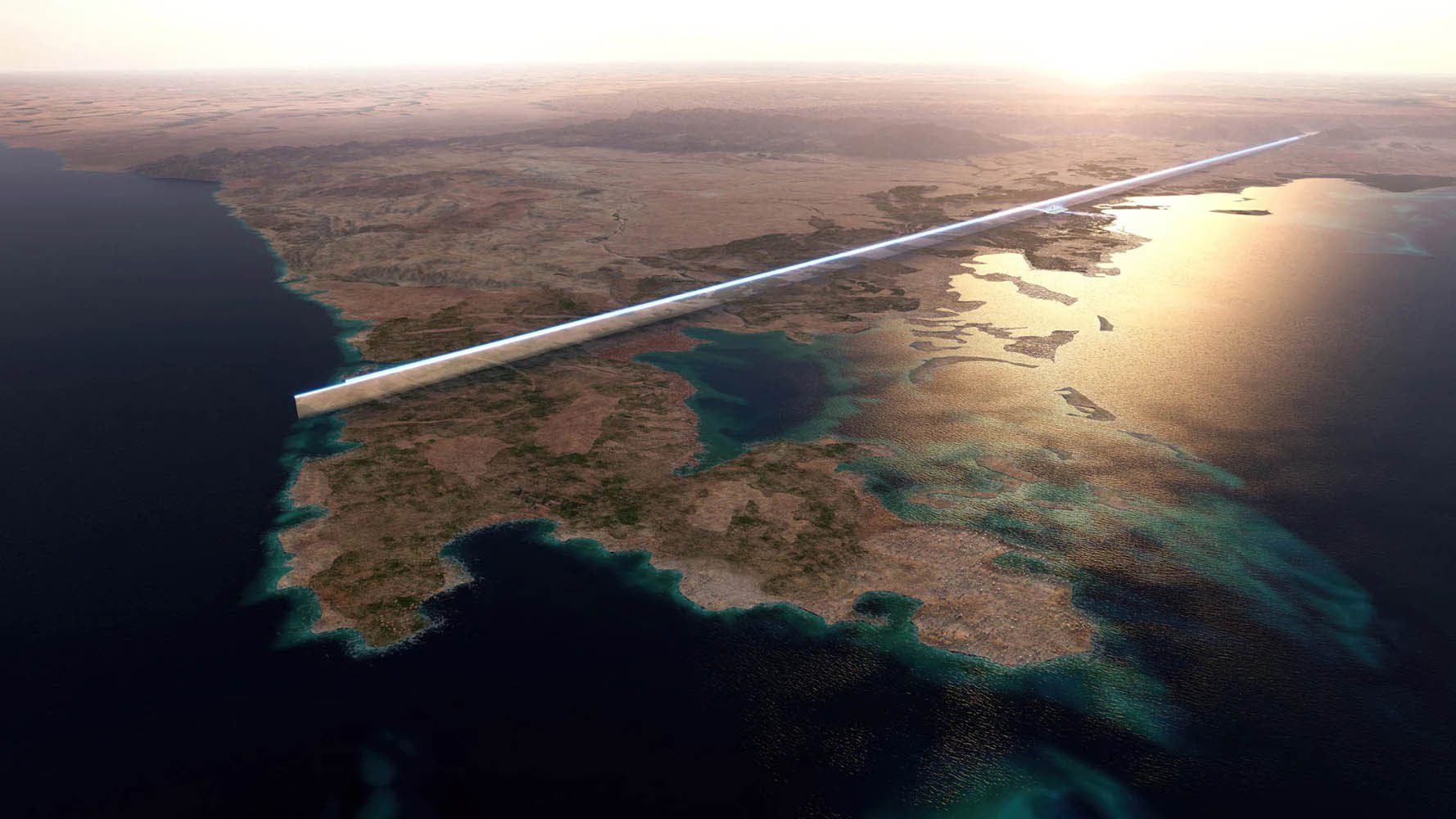
Mentioning the use of renewable energy sources
The Line project in Saudi Arabia takes into account the importance of using renewable energy sources to achieve sustainability and environmental efficiency.
«The Line» is actively introducing solar panels, wind turbines, and other innovative technologies to produce clean energy from renewable sources. By doing so, the city is reducing its dependence on traditional fossil fuels and reducing greenhouse gas emissions.
Solar panels are installed on building roofs and other suitable surfaces to harness solar energy to generate electricity. This allows the city to produce energy with minimal emissions and zero carbon emissions. Wind turbines are also actively used to generate electricity from wind power, creating additional opportunities for renewable sources.
The Line’s use of renewable energy not only helps reduce pollution, but also provides the city with a stable and sustainable source of energy. This creates an urban environment where residents can enjoy clean and environmentally responsible energy without harming nature or the climate.
The use of renewable energy at The Line is an integral part of the sustainability strategy and demonstrates a progressive approach to energy. It is an important step toward a cleaner and more environmentally responsible energy system that serves as an example for other cities and countries in the fight against climate change and preserving our planet for future generations.
A discussion of environmental projects and resource management in the city
Innovation and technology for the city of the future in saudi arabia, examining the role of artificial intelligence, automation, and robotics in the line city.
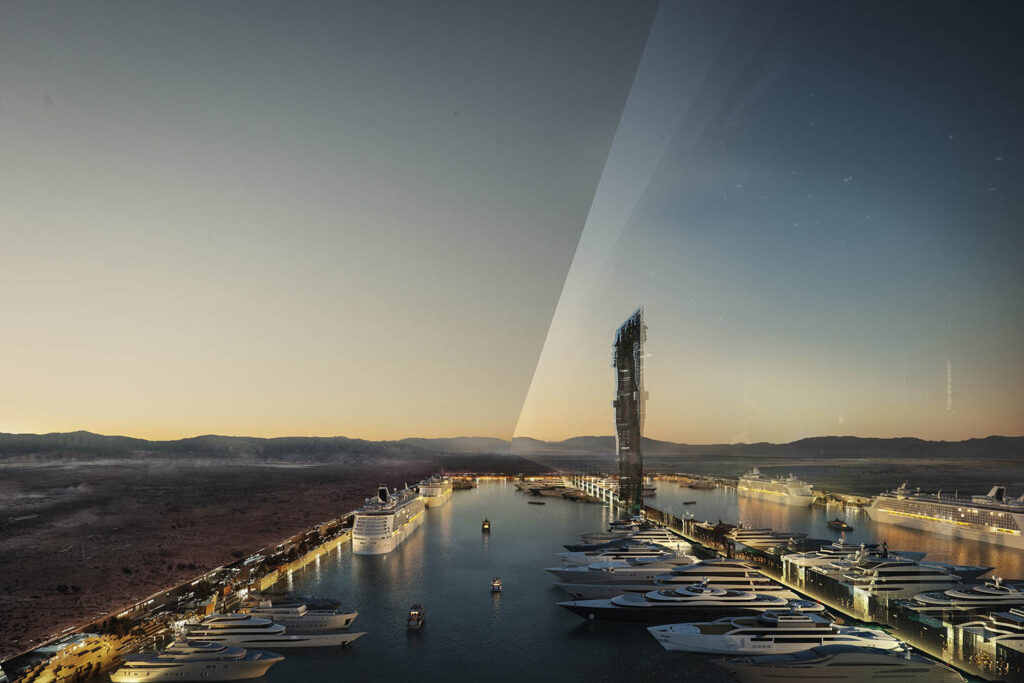
Description of smart control systems and the integration of digital technology into the daily lives of residents
Mentioning the development of urban space with regard to future technological trends

The Line’s design of urban space pays special attention to future technological trends
The concept of the city is built with the innovations and opportunities that will be available in the future.
Mention accessibility to education, health care and entertainment
The City of The Line is committed to providing its residents with easy access to high quality education, health care and entertainment.
Education is one of the city’s key priorities. It is home to state-of-the-art educational facilities ranging from kindergartens and schools to institutions of higher learning. The city employs experienced and qualified teachers who provide quality education and development for each student.
Health care in the city «The Line» is also at the highest level. The city has state-of-the-art medical centers and hospitals that are equipped with advanced medical equipment and provide skilled medical care. Residents have access to a wide range of medical services, including prevention, diagnosis and treatment of various diseases.
As for entertainment, the city of «The Line» offers a variety of recreational opportunities. Here you will find modern cinemas, theaters, concert halls and other cultural institutions that offer a variety of shows and events. The city is also known for its sports facilities, spas, restaurants, cafes and stores where everyone can find something to do.
All of these aspects — education, health care and entertainment — are readily available to residents of The Line. The city strives to create a welcoming environment where everyone can realize their potential, receive the services they need and enjoy a variety of entertainment, ensuring a high level of comfort and satisfaction for residents.
A tale of high security and a unique combination of urban infrastructure and natural beauty.
The Line city offers its residents a high level of security, providing a comfortable and protected environment for living and working.
Modern technology and intelligent security systems are actively implemented throughout the urban infrastructure. Monitoring, video surveillance and automated systems allow for effective control of public areas and ensure the safety of residents. This creates an atmosphere of calm and confidence that residents can enjoy their lives in a safe environment.
One of the unique aspects of «The Line» city is its combination of urban infrastructure and natural beauty. The city is designed with preservation and interaction with the natural environment in mind. Residents can enjoy not only modern amenities and comfort, but also beautiful landscapes, parks, lakes and green spaces.
The natural surroundings at The Line play an important role in creating a pleasant and healthy environment for residents. It is a place where modern architecture blends harmoniously with natural elements, creating a unique atmosphere and aesthetic pleasure.
Thanks to the unique combination of urban infrastructure and natural beauty, the residents of «The Line» are able to enjoy an active lifestyle and the proximity of nature. They can play sports, spend time outdoors, enjoy hiking and outdoor activities that contribute to their quality of life and well-being.
Thus, The Line offers a high level of safety and a unique combination of urban infrastructure and natural beauty. Residents can enjoy comfort, safety and harmony with the environment, creating an ideal environment for living, working and recreation.
The Line is an important international project of strategic importance for the future of Saudi Arabia and the region.
Firstly, The Line is the flagship project of Vision 2030 , which aims to modernize and diversify Saudi Arabia. The city will be an innovation center, fostering the development of new industries, attracting investment and job creation. It will play a key role in diversifying the country’s economy and reducing dependence on oil resources.
Secondly, The Line has the potential to become a model for the future city, where innovation, sustainability, and quality of life come together in harmony. The application of advanced technology, smart management and an environmental approach to urban planning and infrastructure will serve as a model for other countries and cities striving for sustainable development.
Thirdly, The Line will attract attention and investment from all over the world, promoting tourism and business development. Future residents and entrepreneurs will find here a favorable environment for innovation, start-ups and development of their projects. This will stimulate economic growth and attract talented people from all over the world.
Overall, The Line is a breakthrough project that will play an important role in the future of Saudi Arabia and the region as a whole. It will contribute to the multifaceted development of the country, modernizing the economy, attracting investment and creating jobs. It will also inspire other countries and cities to embrace innovation, sustainability, and a comfortable environment in which to live and work.
Whether you’re curious about features, a free trial, or even press, we’re here to answer any questions.
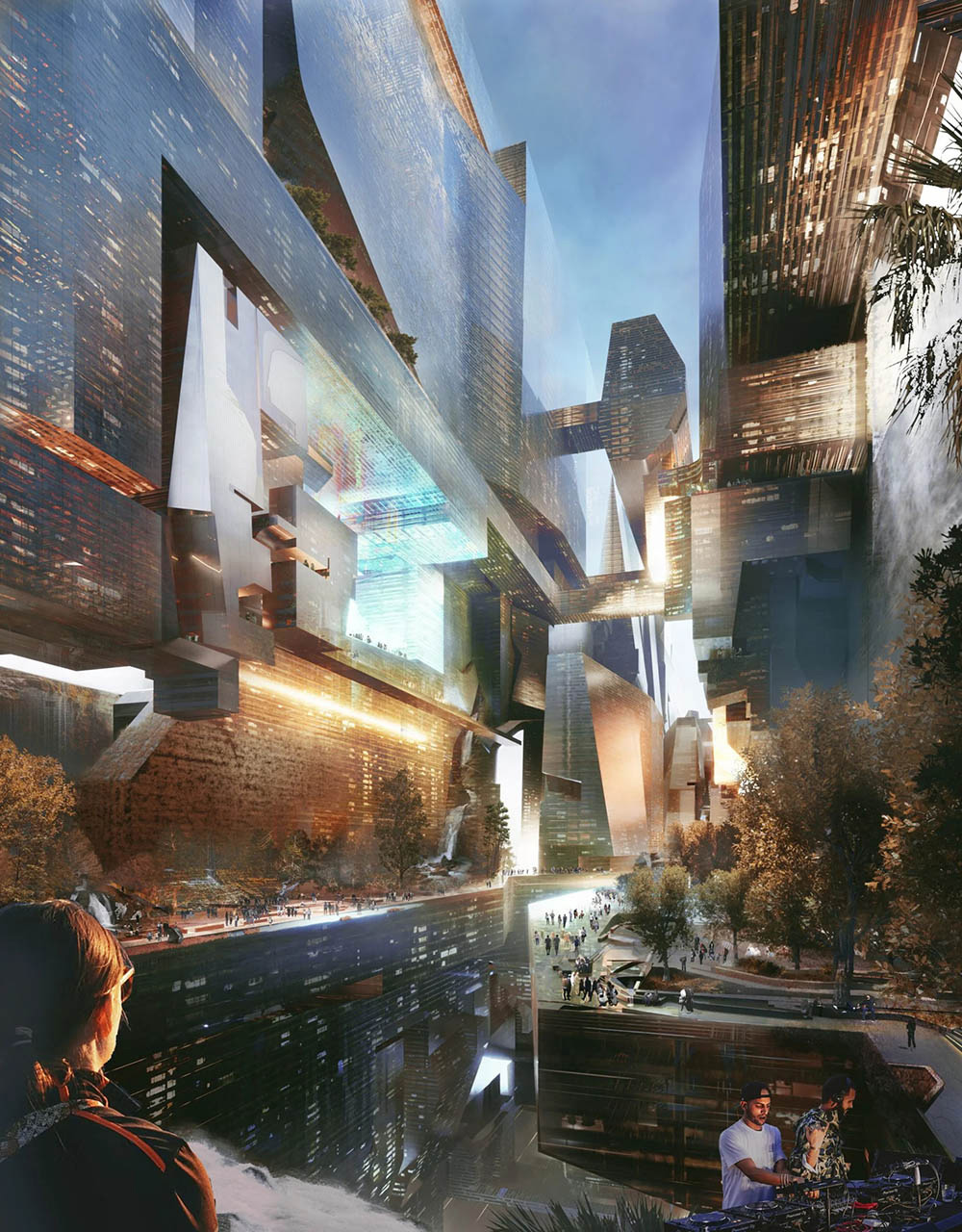
Focus on how you can help and benefit your user. Use simple words so that you don't confuse people.
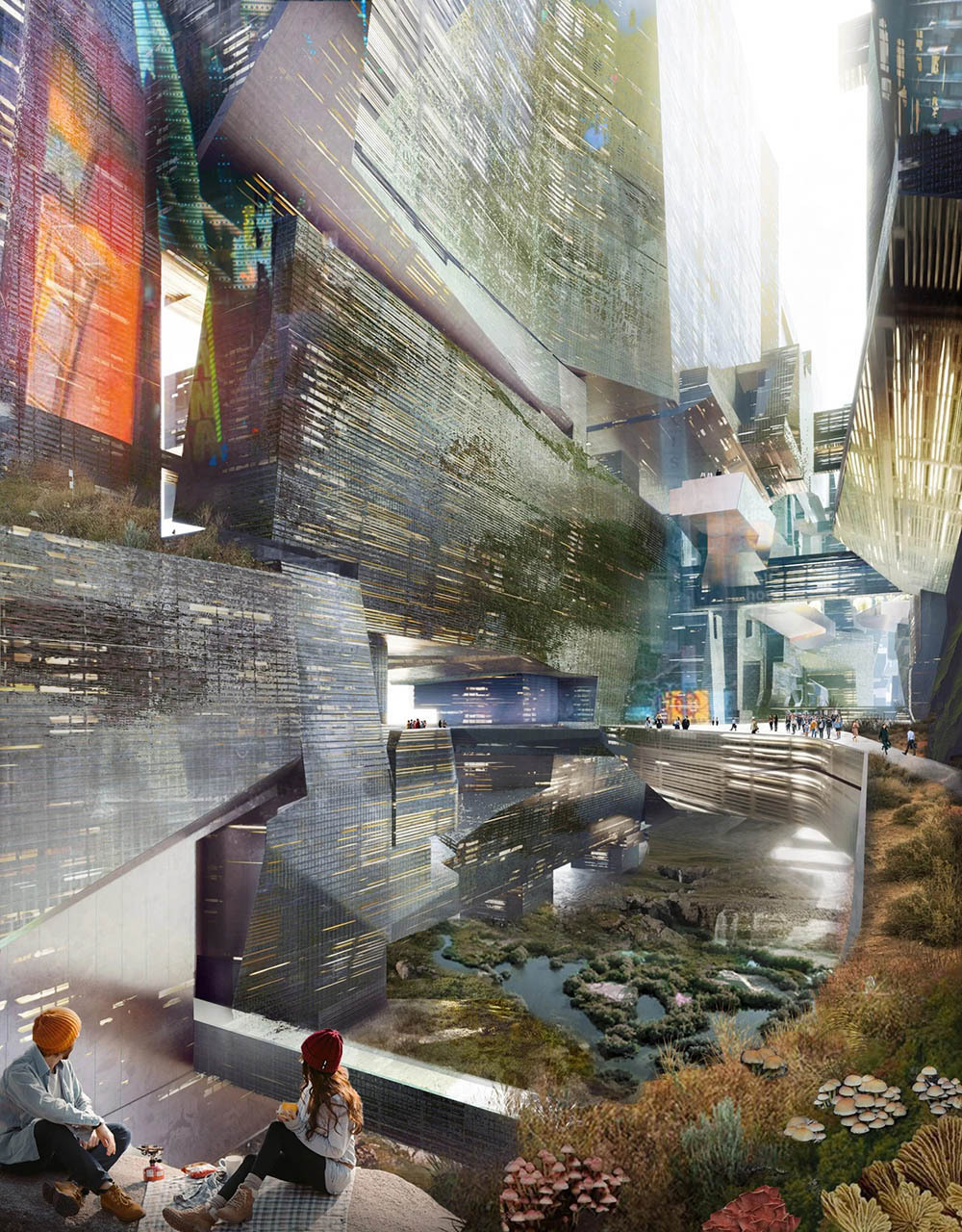
Graphic Design
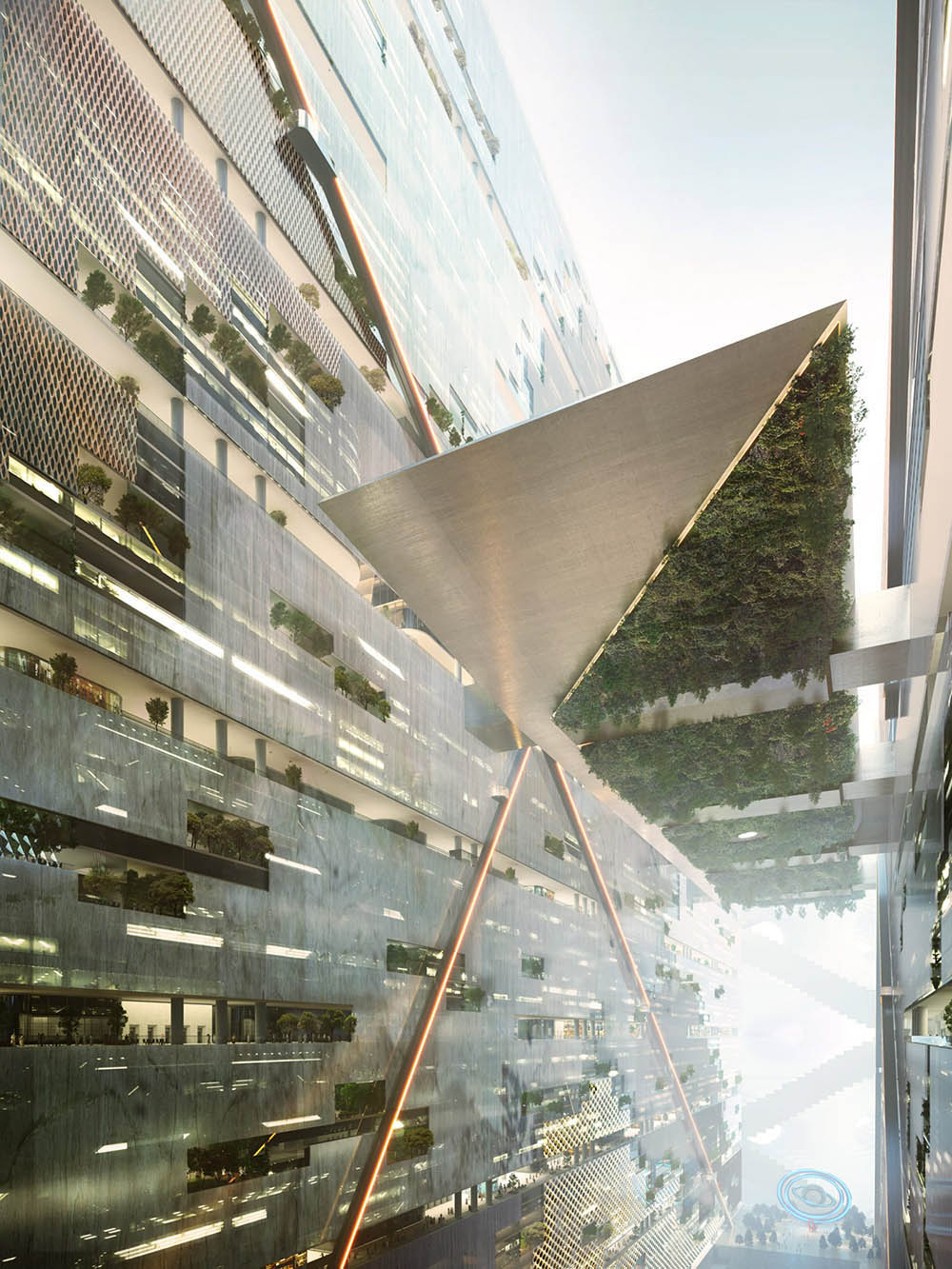
Content Creation
“original and with an innate understanding of their customer’s needs, the team at love nature are always a pleasure to work with.”.
Jane Miller
Tell website visitors who you are and why they should choose your business.
Because when a visitor first lands on your website, you’re a stranger to them. They have to get to know you in order to want to read your blog posts, subscribe to your email newsletter, or buy what you’re selling.
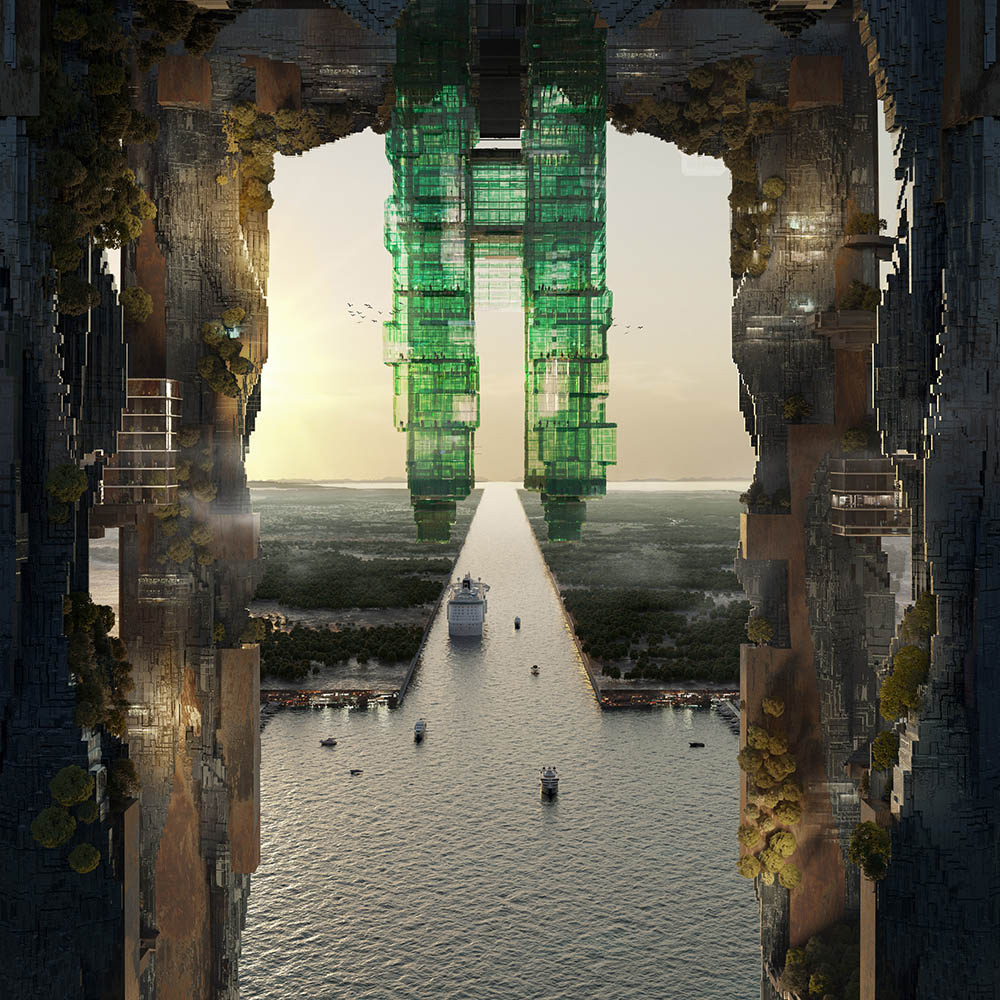
Essay: A Tale of Two Megalopolises
Create an FP account to save articles to read later and in the FP mobile app.
ALREADY AN FP SUBSCRIBER? LOGIN
- World Brief
- Editors’ Picks
- Africa Brief
- China Brief
- Latin America Brief
- South Asia Brief
- Situation Report
- Flash Points
- War in Ukraine
- Israel and Hamas
- U.S.-China competition
- Biden's foreign policy
- Trade and economics
- Artificial intelligence
- Asia & the Pacific
- Middle East & Africa
How to Stave Off a Famine in Gaza
Inside china’s new diplomatic push, ones and tooze, foreign policy live.

Spring 2024 Issue
Print Archive
FP Analytics
- In-depth Special Reports
- Issue Briefs
- Power Maps and Interactive Microsites
- FP Simulations & PeaceGames
- Graphics Database
From Resistance to Resilience
The atlantic & pacific forum, redefining multilateralism, principles of humanity under pressure, fp global health forum 2024.
By submitting your email, you agree to the Privacy Policy and Terms of Use and to receive email correspondence from us. You may opt out at any time.
Your guide to the most important world stories of the day
Essential analysis of the stories shaping geopolitics on the continent
The latest news, analysis, and data from the country each week
Weekly update on what’s driving U.S. national security policy
Evening roundup with our editors’ favorite stories of the day
One-stop digest of politics, economics, and culture
Weekly update on developments in India and its neighbors
A curated selection of our very best long reads
A Tale of Two Megalopolises
What new cities in Saudi Arabia and Egypt tell us about their autocrats.
- Middle East and North Africa
Two extraordinary cities are being built in the Middle East. In Egypt, the first residents have started moving into a new administrative capital that has been underway for nearly a decade. The as-yet-unnamed city boasts monumental buildings, including the region’s largest Coptic church , the country’s largest mosque , and giant ministries inspired by Egypt’s pre-Islamic architecture.
Saudi Arabia, meanwhile, has staked its bets on a much less conventional city. It’s unclear whether the futuristic megastructure in the desert, called The Line , will ever be built, but it has already gained a firm place in the global imagination: For some, it’s a truly grand ambition to remake a nation; for others, it’s a megalomanic effort seeking to distract from the reality of a brutal autocracy.
The two cities reveal very different strategies of how autocracies attempt to shore up legitimacy in the 21st century. Egyptian President Abdel Fattah al-Sisi, an old-style despot-cum-technocrat, promises modernization, the same way many bureaucratic-authoritarian regimes did in the 20th century. By contrast, Saudi Crown Prince Mohammed bin Salman not only promotes a kind of sci-fi fantasy but cleverly appeals to cosmopolitan, even countercultural, sensibilities as he seeks to rebrand his regime at home and abroad.
Sisi’s government has proved far more repressive than the Mubarak regime it replaced after the interlude of the Arab Spring. Beyond “order,” its claim to legitimacy has been modernization and material benefits. It is building a range of new cities , such as New El-Alamein on the Mediterranean coast, in an apparent effort to attract wealthy tourists. The official justification for the unnamed new capital—which will cost an estimated $59 billion in a country with already dangerous levels of national debt—is to relieve Cairo, one of the world’s most polluted and congested cities. But it also appears to have a political purpose: Like Naypyidaw, the capital created by the military in Myanmar, it is located safely away from unruly urban masses.
The new city, built 30 miles east of Cairo, is hardly aesthetically distinctive. It is spread out in the desert, with skyscrapers, malls, and enormous so-called compounds—effectively, gated communities—all separated by large spaces. (Despite the lack of greenery and difficulties with water access, many of these communities have names such as “Palm Hills” and “Botanica.”) The city also contains a central business district built by Chinese engineers. If anything, Egypt has made some timid efforts to emulate Dubai by constructing what on paper are superlatives, including the world’s tallest flagpole, which may or may not attract foreigners.
Sisi’s approach is textbook technocracy, implemented by a military bent on grabbing ever larger shares of the economy. The military’s budget is shrouded in secrecy; its enterprises, from cement to foodstuffs, according to outside observers, remain unaudited and untaxed . Recruits can provide cheap labor, and the presence of army officers in so many different areas of economic life means the state can detect discontent early. This entire model, which has been described as a military with a state attached to it , would have been recognizable to observers in the second half of the 20th century.
Workers share a meal as they rest underneath a billboard advertising a construction development in Egypt’s new administrative capital on March 7, 2021. Ahmed Hasan/AFP via Getty Images
Yet while bureaucratic authoritarianism is not dead, it is hardly a major trend. The world is moving away from openly repressive regimes, such as Sisi’s, that are unashamed of notoriety for human rights violations—what social scientists Sergei Guriev and Daniel Treisman call “fear dictatorships.” In their place, we are seeing more “ spin dictatorships ,” or autocracies that skillfully manipulate public opinion at home and abroad to appear open and modern. To be sure, they keep repression in reserve: As Russian President Vladimir Putin has demonstrated, an autocrat who wants to be recognized as a democratic leader by the West can drop all pretense and decide to shut down any remaining oppositional media and lock up critics. Still, Guriev and Treisman have shown empirically that today’s authoritarians overall use less violence; it’s been a shift from terror to public relations.
Mohammed bin Salman, The Line’s prime promoter , seems to know that he desperately needs better PR. Internationally, his name remains associated with that of Jamal Khashoggi, the journalist and dissident who was killed and dismembered in the Saudi Consulate in Istanbul in 2018. To change Saudi Arabia’s image, Mohammed bin Salman has gone beyond conventional promises of top-down modernization. His economic reform plan, “Vision 2030,” comprises projects from luxury tourism to investments in green energy and sports. These changes require getting Saudis to acquire new skills—which is one reason the regime is importing Western labor to build up a film industry , for instance—and bringing more young men into the workforce. The point is not just nation-branding but also nation-building, with megaprojects supposed to inspire local pride.
An image shows the location of The Line project during an expo in Riyadh, Saudi Arabia, on Nov. 15, 2022. Eliot Blondet/abacapress.com via Reuters
The most astonishing of these projects is The Line, a linear city that’s expected to be 106 miles long, with parallel skyscrapers 1,640 feet high and 656 feet across. It is part of a $500 billion plan to develop “Neom,” a new region in the country’s northwest. Unlike conventional, sprawling cities, The Line is being promoted as environmentally friendly: Its long corridor, with mirrors facing the desert, will supposedly have minimal impact on the surrounding environment; there will be no cars—and in fact, no carbon emissions at all—but instead an underground high-speed train running beneath the entire city.
According to a Saudi exhibition in Venice’s Abbazia di San Gregorio in 2023, The Line will offer a “ubiquitous public realm,” presumably as part of what Mohammed bin Salman touts as “enhanced human livability.” The high-tech show, titled “ Zero Gravity Urbanism ,” featured famous architects’ proposals for the megastructure, from David Adjaye to Coop Himmelb(l)au, the Austrian firm that designed the European Central Bank in Frankfurt.
The idea of a linear city is not new. The Spanish highway engineer Arturo Soria y Mata pioneered the concept in the 1880s when he envisioned a city, built along a tramway, that would shorten commuting times and maximize health and well-being. Early in the 20th century, the visionary U.S. city planner Edgar Chambless followed with a linear design to span the entire United States; linear city proposals were also prominent in the Soviet Union; and, as late as the mid-1960s, leading U.S. architects Peter Eisenman and Michael Graves drew up a linear city that would connect Boston and Washington.
None of these projects really came to fruition. To be sure, the promises were appealing: efficient transportation and the possibility of easily extending a city without it expanding in unplanned ways. But precisely to prevent sprawl, linear cities have been premised on exceptional levels of control: The people who want to live in them are supposed to get in line and stay in line.
The Line does not just promise the realization, at last, of a linear city. It also picks up ideas developed by the experimental architectural groups Archigram and Superstudio in the 1960s. Both were known for their avant-garde designs, such as the former’s “Walking City,” a structure on giant metal legs that could move freely around the Earth, and the latter’s “Continuous Monument,” a linear structure in the desert and other landscapes that eerily prefigures The Line.
Yet Archigram and Superstudio did not draw blueprints to be picked up by investors or autocrats interested in what the urban theorist Mike Davis once called , apropos Dubai, “imagineered urbanism.” Rather, their intentions were decidedly subversive. The collectives were critical of consumer capitalism; “Continuous Monument,” for instance, questioned a total urbanization of the globe bound to destroy nature. “If design is merely an inducement to consume, then we must reject design; if architecture is merely the codifying of the bourgeois models of ownership and society, then we must reject architecture,” Adolfo Natalini, Superstudio’s co-founder, said in 1971. Superstudio positioned itself as anti-design and anti-architecture in the name of anti-consumerism and anti-capitalism.
Even so, there are surprising continuities between the countercultural movements of the 1960s and The Line. One of the architects involved in Neom is Peter Cook, a British founder of Archigram. Lavishly produced coffee table books on The Line available at the Venice exhibition claimed that the city’s inspiration was none other than punk: Through aggressive anti-establishment sounds and gestures, punk signified the maximum disruption of music; The Line’s creators, by getting rid of something as fundamental as the street, think they are maximally disrupting the traditional understanding of the city. The books indicated that residents of The Line would mostly be creative types from abroad. The Line, one book claimed, seeks to attract “free thinkers” to its “carefree open urban space.”
What’s New About the New Authoritarianism?
Three recent books tackle how threats to democracy have shifted in the 21st century.
The Original Authoritarian
A new book looks at how Julius Caesar’s legacy informs the strongmen of today.
Saudi Arabia Really Wants You to Think It’s Cool
The desert kingdom’s rebranding project goes way beyond sportswashing. But it’s all a little too contrived.
Visitors explore models of The Line project during an expo in Riyadh on Nov. 15, 2022. Balkis Press/abacapress.com via Reuters
It is not clear how much work has really been done on The Line—never mind whether the project will be realized as planned or remain what the journalist Graeme Wood has called an “ urbanist cargo cult .” Just like a venture capitalist, Mohammed bin Salman seems to bet on different spectacular creations; some might pan out, some not. In April, reports spread that the megastructure might not be so mega anymore or at least not anytime soon. Rather than aiming for 1.5 million inhabitants by 2030, the goal is now 300,000, and The Line’s length has been reduced to a mile and a half.
The project is not without its critics, and there remain serious questions about its feasibility. As of now, no train exists that can travel as fast as what the PR materials about The Line suggest. It’s unclear how the city’s architects will ensure fire safety and how ambulances would get around without streets. Furthermore, studies indicate that a circular city would be better for the environment . Little thought seems to have been spared for birds that could fly into the gigantic mirror walls, wildlife that could no longer cross the desert, or the people who already live there: Up to 20,000 of the area’s current inhabitants, members of the Huwaitat tribe , could be displaced. Human rights groups have said the regime has severely punished critics of the project, and one activist from the tribe has been shot dead .
Still, a regime run by a fundamentalist royal family is appropriating avant-garde ideas to rebrand itself—not just as “modern” but as distinctly hip and free. In this sense, it is comparable to the artistic experiments of the very early Soviet Union, before Joseph Stalin opted for a conventional approach to art and architecture. Of course, the art and music industries have never had a problem appropriating cultural products meant to subvert them. But just as capitalism makes no concessions when it comes to profit, so autocrats make no concessions when it comes to control. The coffee table books featured not only hipsters but also uniformed staff whose attire looked as if it had been inspired by representatives of the Empire in Star Wars.
As the architecture critic Christopher Hawthorne recently put it , “utopian architecture, as distinct from other varieties, happens twice: the first time as critique, second as control.” The Line, after all, will be “ run by AI ” as the world’s first “ cognitive city .” Nobody has explained what this means, though full-scale surveillance seems inevitable.
It would be a mistake to dismiss everything that is happening in Saudi Arabia as PR or to assume that all that is PR is necessarily effective; even articles that associate Mohammed bin Salman with “ cyberpunk ” or “ cool Arabia ” contain the name Khashoggi. The real lesson is that new-style autocracies need narratives and spin. The more fantastical the project, the more potential for enticing stories. Other rulers will get the point, and they will talk—and maybe even one day build—accordingly.
Jan-Werner Müller is a professor of politics at Princeton University. His most recent book is Democracy Rules .
Join the Conversation
Commenting on this and other recent articles is just one benefit of a Foreign Policy subscription.
Already a subscriber? Log In .
Subscribe Subscribe
View Comments
Join the conversation on this and other recent Foreign Policy articles when you subscribe now.
Not your account? Log out
Please follow our comment guidelines , stay on topic, and be civil, courteous, and respectful of others’ beliefs.
Change your username:
I agree to abide by FP’s comment guidelines . (Required)
Confirm your username to get started.
The default username below has been generated using the first name and last initial on your FP subscriber account. Usernames may be updated at any time and must not contain inappropriate or offensive language.
More from Foreign Policy
The iran-israel war is just getting started.
As long as the two countries remain engaged in conflict, they will trade blows—no matter what their allies counsel.
New Zealand Becomes the Latest Country to Pivot to the U.S.
Beijing’s bullying tactics have pushed Wellington into Washington’s welcoming arms.
The Strategic Unseriousness of Olaf Scholz
His latest trip confirms that Germany’s China policy is made in corporate boardrooms.

What Do Russians Really Think About Putin’s War?
Nobody is competing with the u.s. to begin with, the very real limits of the russia-china ‘no limits’ partnership, turmoil in georgia could draw in russia, israel has failed to restore deterrence, egypt is obliged to let gaza refugees in, why won’t more feminists speak up for israeli victims of sexual violence, without indonesia’s nickel, evs have no future in america.
Sign up for World Brief
FP’s flagship evening newsletter guiding you through the most important world stories of the day, written by Alexandra Sharp . Delivered weekdays.
- Insider Reviews
- Tech Buying Guides
- Personal Finance
- Insider Explainers
- Sustainability
- United States
- International
- Deutschland & Österreich
- South Africa

- Home ›
- sustainability ›
- news »
NEOM: Saudi Arabia plans to build a futuristic, sustainable city with 170 km glass walls and world's largest floating structure

- Nothing Phone (2a) blue edition launched
- JNK India IPO allotment date
- JioCinema New Plans
- Realme Narzo 70 Launched
- Apple Let Loose event
- Elon Musk Apology
- RIL cash flows
- Charlie Munger
- Feedbank IPO allotment
- Tata IPO allotment
- Most generous retirement plans
- Broadcom lays off
- Cibil Score vs Cibil Report
- Birla and Bajaj in top Richest
- Nestle Sept 2023 report
- India Equity Market
- Best printers for Home
- Best Mixer Grinder
- Best wired Earphones
- Best 43 Inch TV in India
- Best Wi Fi Routers
- Best Vacuum Cleaner
- Best Home Theatre in India
- Smart Watch under 5000
- Best Laptops for Education
- Best Laptop for Students

- Advertising
- Write for Us
- Privacy Policy
- Policy News
- Personal Finance News
- Mobile News
- Business News
- Ecommerce News
- Startups News
- Stock Market News
- Finance News
- Entertainment News
- Economy News
- Careers News
- International News
- Politics News
- Education News
- Advertising News
- Health News
- Science News
- Retail News
- Sports News
- Personalities News
- Corporates News
- Environment News
- Nothing Phone (2a) India-exclusive edition launched
- JNK India IPO allotment
- JioCinema New Subscription Plans
- Realme 70X 5G Launched
- Apple Let Loose Launch event
- Top 10 Richest people
- Top 10 Largest Economies
- Lucky Color for 2023
- How to check pan and Aadhaar
- Deleted Whatsapp Messages
- How to restore deleted messages
- 10 types of Drinks
- Instagram Sad Face Filter
- Unlimited Wifi Plans
- Recover Whatsapp Messages
- Google Meet
- Check Balance in SBI
- How to check Vodafone Balance
- Transfer Whatsapp Message
Copyright © 2024 . Times Internet Limited. All rights reserved.For reprint rights. Times Syndication Service.
- Beats Solo Buds
- Apple's 'Let Loose' event
- Best college graduation gifts
- Rabbit R1 AI review
This is what Saudi Arabia's 100-mile long emission-free smart city could look like
The line is part of saudi's controversial neom mega-city project..
In 2021, Saudi Crown Prince Mohammed bin Salman revealed the country's plans to build The Line, a smart linear city that will be constructed vertically, have no roads or cars and run purely on renewable energy. Now, the Saudi government has released image renders of what The Line could look like once it's done. The city was designed to only be 200 meters (656 feet) wide, but 500 meters (1,640 feet) tall and 170 kilometers (105 miles) long. It will house multiple communities encased in a glass facade running along the coast and will eventually be able to accommodate up to 9 million residents.
The Line's designers envision a city wherein facilities are just a five-minute walk away from people and where residents can organically bump into each other as they go about their daily errands. While it will have no roads and won't be able to accommodate cars, it will have a high-speed rail for end-to-end transit that will take 20 minutes. It will also rely on a natural ventilation system to make sure residents enjoy the ideal climate all year round.
The Saudi Crown Prince said in a statement:
"The designs revealed today for the city's vertically layered communities will challenge the traditional flat, horizontal cities and create a model for nature preservation and enhanced human livability. THE LINE will tackle the challenges facing humanity in urban life today and will shine a light on alternative ways to live."
The Line is part of Saudi's $500 billion Neom mega-city project being built in the country's Tabuk Province. It's a divisive initiative that's been beset with controversy from the time it started, because around 20,000 people will be forced to relocate by its construction. The residents facing eviction belong to the Huwaitat indigenous tribe, who can trace their lineage before Saudi Arabia was even founded.
According to Al Jazeera , a prominent Huwaitat activist was arrested and imprisoned in 2020 in relation to the tribe's refusal to relocate. Another Huwaitat activist also told the news organization that year that at least 15 other tribe members were abducted and imprisoned. Two of them were reportedly taken after criticizing the Saudi government and the Neom project on social media. In addition, expats recruited to work on the initiative criticized its management for making unrealistic demands and turning a blind eye to discrimination, according to The Wall Street Journal .
The controversies surrounding Neom had compelled Riot Games to quickly go back on its decision to enter a sponsorship agreement with the mega-city project. Neom was supposed to be a main partner for Riot's LEC esports championship in Europe two years ago until backlash from fans caused the company to end the sponsorship deal a mere 24 hours later.
Latest Stories
Explore starfield's barren planets at 60 fps on xbox series x starting this month.
Starfield's May update adds the option to target 30, 40, 60 fps or an uncapped frame rate on Xbox Series X.
PS5 update will let you invite people to multiplayer games through your smartphone's apps
Sony just announced a forthcoming feature for the PS5 that will let users invite friends into a game even when they aren’t at the console or near a keyboard. It works via a shareable link.
Block reportedly greenlit transactions involving terrorist groups and sanctioned nations
Block appears to be squarely in the government’s sights. Prosecutors from the Southern District of New York are reportedly probing extensive compliance lapses at the parent company of Square and Cash App.
May's PlayStation Plus games include Ghostrunner 2 and the modern classic Tunic
Sony just announced May’s PlayStation Plus lineup of games. They include Ghostrunner 2, Tunic and EA Sports FC 24.
Xbox Series X/S storage expansion cards from WD and Seagate are discounted right now
If you need more storage for your Xbox Series X/S, 1TB and 2TB expansion cards from WD and Seagate are currently on sale.
Batman: Arkham Shadow is the first big exclusive VR game for the Quest 3
Meta just dropped a trailer for Batman: Arkham Shadow, which is one of the first exclusive games for Quest 3. You play as the caped crusader in a story set in the franchise canon.
TikTok might be going around Apple's in-app purchase rules for its coins
TikTok has apparently added in-app coin purchase options for some users, going against Apple's policies.
LinkedIn now has Wordle-style games you can play every day
LinkedIn, the professional network known for job listings and unsolicited career advice, is jumping into gaming.
Ring's new indoor camera lets you pan and tilt for a better view
It's the first Ring to come with a motorized base.
Rabbit denies claims that its R1 virtual assistant is a glorified Android app
The $199 Rabbit R1, a pocket-sized AI virtual assistant device, runs Android under the hood and is powered by a single app, according to Android Authority.
The Morning After: Our verdict on the Beats Solo 4 headphones
The biggest news stories this morning: What to expect from Apple’s Let Loose iPad event, The excellent and customizable Arc Browser is now fully available on Windows, Binance founder Changpeng Zhao sentenced to four months in prison
The best apps and services for new graduates
Here's a list of the best apps and services for new graduates, as chosen by Engadget editors.
The best webcams for 2024
Here's a list of the best webcams you can buy for your laptop or desktop, plus advice on how to choose the right one for you.
Microsoft and OpenAI sued yet again by Chicago Tribune and New York Daily News
A group of publications that include the Chicago Tribune, New York Daily News and the Orlando Sentinel are accusing OpenAI and Microsoft of stealing their copyrighted content to train generative AI products.
The best gaming accessories on a budget for 2024
Here's a list of the best budget gaming accessories you can buy, as chosen by Engadget editors.
The Cheyenne Supercomputer is going for a fraction of its list price at auction right now
The US government is selling the Cheyenne Supercomputer at auction for a fraction of the list price right now.
Binance founder Changpeng Zhao sentenced to four months in prison
A federal judge has sentenced Binance founder Changpeng Zhao to four months in prison. Prosecutors had recommended three years. Zhao pleaded guilty in November to violating the Bank Secrecy Act.
Assassin’s Creed Mirage finally arrives on June 6 for iPhone and iPad
The newest Assassin’s Creed game will soon arrive on iPhone and iPad. Assassin’s Creed Mirage, the 2023 installment that takes you to ninth-century Baghdad, will be available on June 6 for the iPhone 15 Pro series and iPads with an M-series chip.
US will require all new cars to have advanced automatic braking systems by 2029
The National Highway Traffic Safety Administration just announced new safety standards for US cars. All new cars must have automatic braking systems installed by 2029.
The European Union is investigating Meta’s election policies
The EU has officially opened a significant investigation into Meta for election disinformation. While the European Commission’s statement doesn’t explicitly mention Russia, Meta told Engadget the EU probe targets the country’s Doppelganger campaign.

Saudi Arabia’s $1.5T futuristic city still on track despite scaling-back rumors amid money issues
S audi Arabia’s ambitious NEOM megaproject, valued at $1.5 trillion, is not scaling back its plans, according to Economy Minister Faisal Al Ibrahim.
Addressing recent speculation at the World Economic Forum’s special meeting in Riyadh, Al Ibrahim affirmed that all projects within NEOM are moving forward at full speed.
Dismissing reports suggesting a significant reduction in the scope of The Line project — a futuristic city set to span 105 miles across the desert by 2030 — Al Ibrahim emphasized that the original vision remains intact.
Earlier rumors hinted at a drastic downsizing, with the proposed city shrinking to just 1.5 miles by 2030, a fraction of its initial scale.
While concerns over NEOM’s finances have surfaced, particularly regarding the approval of the project’s 2024 budget by Saudi Arabia’s sovereign wealth fund, Al Ibrahim assured that decisions are being made accordingly.
“We see feedback from the market, we see more interest from the investors and we’ll always prioritize to where we can optimize for optimal economic impact,” Al Ibrahim stated.
“We set out to do something unprecedented and we’re doing something unprecedented, and we will deliver something that’s unprecedented.”
Acknowledging the kingdom’s focus on diversifying its economy away from oil, Al Ibrahim highlighted the importance of delivering projects without jeopardizing economic stability.
Despite adjustments for economic prudence, he reiterated that NEOM’s overall scale and long-term vision remain unchanged.
Furthermore, Al Ibrahim emphasized the growing investor interest in NEOM’s developments, emphasizing the project’s modular design and its potential to catalyze new sectors from scratch.
“These projects will be delivered to their scale and in a manner that, in terms of priorities, suits the needs of the projects, the returns of these projects, and the economic impact,” Al Ibrahim affirmed.
“Keep in mind that these sectors didn’t exist in the past. They’re being built from scratch. They require some investment and going all in from the government and the sovereign wealth fund,” he said.
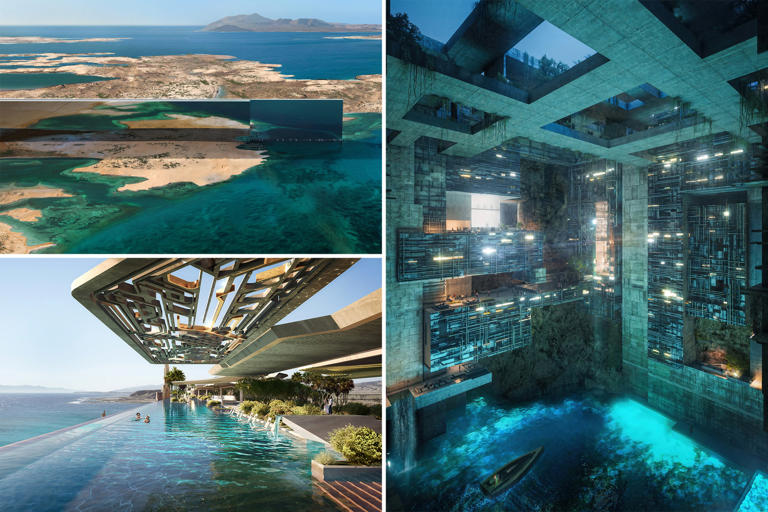
Saudi Arabia wants big spenders for the first part of its Neom megaproject
- Saudi Arabia plans to open the first part of its Neom megaproject this year.
- Sindalah, an island resort, is aimed at a luxury clientele and the global yachting community.
- Saudi Arabia is pushing to distinguish itself in the high-end luxury market to compete with Dubai.

Saudi Arabia plans to open the first region of its Neom megacity by the end of the year.
The island of Sindalah will provide the first physical glimpse into the ambitious desert project, which has reportedly been scaled back from its initial plans due to financial struggles .
Developers say they want the island to be an "exclusive gateway to the stunning Red Sea," adding that they planned to cater to luxury clientele and the global yachting community.
Neom recently ended investor roadshows in China by confirming the luxury island resort would open this year, Arab News reported . It's set to have three luxury hotels, a golf course and sports club, beach club, marina, and dozens of restaurants and shops.
In January Marriott International said it had signed an agreement to bring Apartments by Marriott Bonvoy to Sindalah. Chadi Hauch of the hotel operator said the concept was a "great fit" for the island and reflected a "growing desire for premium and luxury apartment-style accommodation" from travelers.
The following month Saudi music entertainment company, MDLBEAST, announced it would operate the Sindalah Beach Club on the island.
Vives, Neom's chief urban planning and islands officer, said in a press release that Sindalah will be a "new model for luxury travel and living."
Capturing the luxury tourism market
The Saudi government's focus on the luxury market is an attempt to distinguish itself from nearby Dubai, part of the United Arab Emirates.
Related stories
"Dubai goes for the mass market of people wanting to go and have fun in the winter," Kristian Coates Ulrichsen, a fellow for the Middle East at Rice University's Baker Institute for Public Policy, told Business Insider.
"The Saudis are increasingly pushing themselves toward a high-end luxury market, which is what Sindalah and, to some extent, some of the other Red Sea projects are going to cater for," he said.
Saudi Arabia hasn't been shy about its tourism aspirations, claiming it aims to attract between 100 million and 150 million visitors by 2030 .
However, Dubai is a formidable competitor. It already has a 20-year head start in the tourism race, both in terms of infrastructure and aspirational appeal. It also has Emirates, the popular long-haul airline that brings tens of millions of people through Dubai annually.
If Neom's ambitious plans become a reality, the Saudis are betting that their megaprojects can attract some high-end travelers from the glitz and glamor of its neighbor.
Managing ambition
Developing luxury resorts like Sindalah may also help Saudi Arabia encourage tourism sooner by starting smaller.
Sindalah is one of the more realistic elements of Neom's futuristic plans . It pales in comparison to structures like the mirrored "horizontal skyscraper" known as The Line.
"It's less ambitious in scope and scale," Ulrichsen said. "That might mean that it's more realistic to open first."
Recent reports have indicated the Saudis may be facing a harsh reality when it comes to f inancing some of the megaprojects included in Saudi Crown Prince Mohammed bin Salman's Vision 2030 project .
Previous deadlines have already been pushed back for some of Neom's more ambitious projects.
Earlier this month, Bloomberg reported that the Gulf Kingdom had reduced estimates for the number of people expected to live in The Line .
The report said the realities of some of the trillion-dollar investments included in the Vision 2030 project were starting to cause alarm at the highest level of the country's government.
Neom did not immediately respond to a request for comment from Business Insider.
Watch: Marriott International's Tina Edmundson tells Insider that the travel mindset has changed since the pandemic
- Main content
Explore Qiddiya, Saudi Arabia’s emerging capital for entertainment, sports and culture that aim to build destinations, programs and initiatives based on the power of play that will enhance the quality of life of visitors and residents.
Qiddiya Launched in 2018 by King Salman bin Abdulaziz, Qiddiya City is a global entertainment, sports, and culture hub in the making. It is the first development from Qiddiya, the organization behind the ‘power of play’, and will be an epicenter of entertainment, sports and culture, welcoming Saudi nationals, residents, and tourists alike. It will offer international sports arenas, concert and entertainment venues, academies for sports and the arts, racetracks, outdoor and adventure activities and family-friendly theme parks – including a Six Flags theme park and a water theme park, both offering rides and experiences never seen before.
City is key to building KSA into a thriving economy, and an ambitious nation. Qiddiya seeks to build destinations, programs and initiatives with play at its core, that will enhance the quality of life of visitors and residents. With 67% of Saudis under 35, Qiddiya City will provide the Kingdom’s youthful population with new opportunities for entertainment, employment, and fun. By offering a world-class tourism destination in the heart of Saudi Arabia, the project will create new jobs, help build a more prosperous and vibrant society, and give Saudis the opportunity to spend their holidays and spare time enjoying world class entertainment without the need to travel abroad.
Learn more about Saudi Vision 2030 plans to make Saudi Arabia one of the top tourist destinations in the world.
Establish Qiddiya City as the global capital of entertainment, sports & culture
Contribute to making Saudi Arabia a top tourist destination by creating a world-class destination
Offer exciting experiences for Saudi citizens, residents, and visitors to enjoy
Build a more prosperous & progressive society
Empower Saudi youth to fulfill their ambitions & nurture their potential
Contribute to employment in tourism, hospitality, & entertainment
Capture the interest of the international markets
Six Flags Qiddiya
Jack Nicklaus Championship Golf Course
Water Theme Park
Speedpark Track
Prince Mohammed Bin Salman Stadium
Gaming and Esports District
of total site area
Annual Visits
Residents Once Fully Operational
new direct, indirect and induced jobs
$36 Billion
Contribution to GDP Once Fully Operational
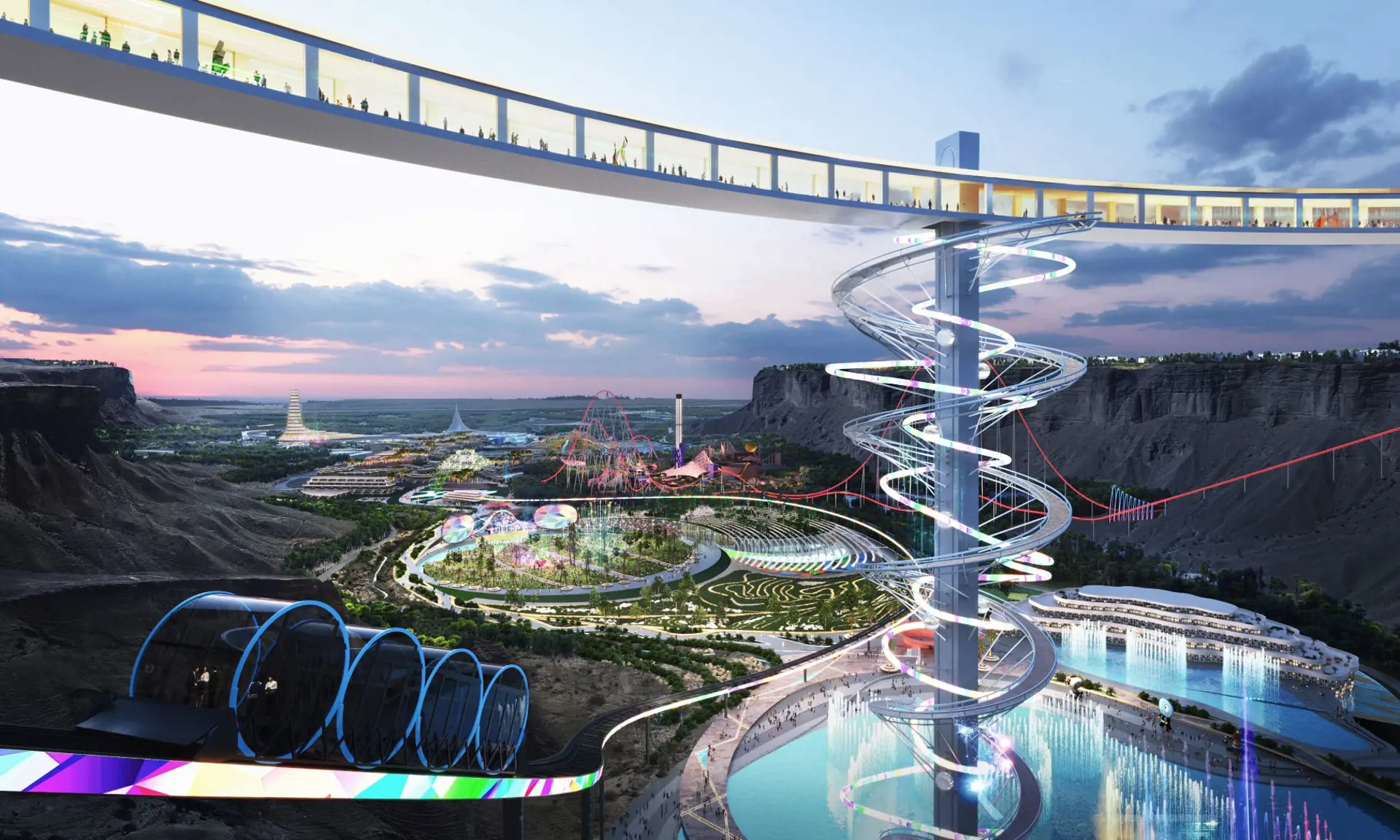
5 Upcoming Projects that will Help Saudi Arabia Become a Tourist Hub

Qiddiya is set to be the Kingdom’s new entertainment city. Photo: Courtesy of Saudi Commission for Tourism and National Heritage
In an iconic moment, Saudi Arabia recently announced that it would be opening its doors to international tourists, giving them a chance to witness the SR100 billion plan that aims to reform the Kingdom’s tourism industry.
Indeed, Dubai is home to the world’s tallest building while Bahrain is home to the world’s largest underwater theme park, but now Saudi Arabia gearing up to showcase its high-tech cities, pristine islands, and the world’s fastest rollercoaster which beats Abu Dhabi ‘s record.
Here’s everything you need to know about the five upcoming projects in Saudi Arabia.

The new entertainment city, Qiddiya. Photo: Courtesy of Saudi Commission for Tourism and National Heritage
The most anticipated project in the Kingdom, Qiddiya, is expected to be Saudi Arabia’s “pre-eminent entertainment, sports, and cultural destination.”
The first phase, which opens to the public in 2023, will include more than 45 individual projects, and 300 activities in the creative, hospitality, leisure, and sports sector. The entertainment city will also feature a theme park, a water park, a motorsports center, and sports and art venues.
The theme park is not just any attraction. For the first time in the Middle East, tourists can enjoy the thrills and rides of the iconic Six Flags in Qiddiya, instead of booking a long-haul flight to the US. The exciting park will include a raptor-inspired rollercoaster, “The Falcon’s Flight,” which is said to be the longest, tallest and fastest roller coaster in the world.
The grand project is set to create over 17,000 new job opportunities. CEO of Qiddiya Investment Company, Mike Reininger said to Arab News , “The idea behind Qiddiya is simple, yet powerful: To create a place that unlocks the opportunities and virtues that entertainment, sports, and the arts can contribute to a healthy, happy and engaging lifestyle. It’s an idea that resonates with the Kingdom’s young and smart and progressive population, who share the universal desire for these opportunities and experiences. That is the idea, which fully aligns with the Kingdom’s vision 2030.”

Amaala will be situated on the northwestern coast of the Red Sea. Photo: Courtesy of Saudi Commission for Tourism and National Heritage
Another giga-project, Amaala, is set to be an ultra-luxurious destination targeting wellness and healthy living. The resort will be located in the Prince Mohammed bin Salman Nature Reserve, where tourists can find seven-star luxuries with private villas and a retail village.
Also Read: This Saudi All-Girls Football Team Won Second Place at the UN Global Goals World Cup
In September 2018, when Nicholas Naples was named the CEO of this project, he said, “Amaala represents a unique and transformational luxury experience where full-fledged wellness tourism is integrated alongside a curated mix of arts, culture and sports offerings that are individually tailored for the ultra-luxury lifestyle, including the availability of a fashion scene, healthy-living services, and year-round sea expeditions.”
The destination will also feature yacht clubs, lavish cruises, international as well as local restaurants, cultural events, and concerts.
The Red Sea Project

The Red Sea Project will stretch over 30,000 square kilometers. Photo: Courtesy of Saudi Commission for Tourism and National Heritage
In line with the Kingdom’s vision for sustainability, the Red Sea Project will enable tourists to explore the rich cultural heritage of Saudi Arabia’s untouched Red Sea Coast.
The sumptuous project will be located between the cities of Umluj and Al Wajh. The plan boasts 90 islands, volcanoes, deserts, and mountains that are strategically placed at the crossroads of Europe, Asia, the Middle East , and Africa.
The island is “within eight hours’ flying time of 80 percent of the world’s population,” reported Arab News.
The heritage site’s first phase, which will be completed in 2022, is set to open “14 luxury and hyper-luxury hotels providing 3,000 rooms across five islands and two inland resorts on the Kingdom’s west coast, an airport to serve the destination, and marinas, along with residential properties and recreational facilities.”
Along with the utmost luxury, the Kingdom also aims to set new standards for sustainable developments. The location of the Red Sea Project went through many environmental checks to ensure that flora and fauna would remain untouched, and unaffected.

Located in the Tabuk Province of northwestern Saudi Arabia, the Neom city will be 35 times bigger than Singapore. Photo: Courtesy of Saudi Commission for Tourism and National Heritage
The long term model of prosperity also resulted in the ambitious high-tech city named Neom. The Public Investment Fund has invested USD500 billion in the futuristic city that will be more than 35 times the size of Singapore and will contain over 450km of coastline. Stretching over 26,500 square kilometers, Neom aims to implement technology into sixteen sectors, including food, media, fashion, and sports bringing the concept of urban and modern living to Saudi Arabia by 2020.

Salwa Palace in At-Turaif in Ad Diriyah. Photo: Meshari Almuhanna / Diriyah Gate Development Authority
Ad Diriyah, also known as the “pearl of Saudi Arabia,” is a famous tourist destination in the Kingdom. The UNESCO-listed site of At-Turaif is far from the futuristic Neom city; it represents Saudi’s deep culture and heritage. The ancient ground, once known as a trade and pilgrimage route, became the birthplace of Saudi states.
Situated on the outskirts of Riyadh , the tourist destination will soon be hosting luxury resorts, international hotel brands, and entertainment choices. Although the UNESCO site has not been open to the public since 2010, the area is set to open – once again – in 2020.
Jerry Inzerillo, Chief Executive of Diriyah Gate Development Authority, is expecting 27 million tourists – only for Ad Diriyah – by the year of 2030 . Ad Diriyah’s first hotel is set to open in late 2021.
Read Next: Saudi Arabia Officially Opens to Tourists from Around the World
Vogue Recommends
Some of vogue arabia’s most special moments created in saudi arabia.

Vogue Arabia Hosts a Magical Midnight Supper at The St. Regis Dubai, The Palm

UAE Rain Forecast: Remote Working and Safety Guidelines Issued By the NCEMA

Salma Hayek Pinault Interviewed By Best Friend and Cinema Legend Penélope Cruz
Suggestions, vogue collection, vogue edition.
Arabia Chevron
Australia Chevron
Brasil Chevron
China Chevron
Czechoslovakia Chevron
España Chevron
Germany Chevron
Greece Chevron
Hong Kong Chevron
India Chevron
Italia Chevron
Japan Chevron
Korea Chevron
México Chevron
Nederland Chevron
Paris Chevron
Polska Chevron
Portugal Chevron
Russia Chevron
Singapore Chevron
Taiwan Chevron
Thailand Chevron
Türkiye Chevron
Ukraine Chevron
© 2024 Nervora Fashion, Inc. and Condé Nast. All rights reserved. The material on this site may not be reproduced, distributed, transmitted, cached, or otherwise used, except with the prior written permission of Nervora Fashion, Inc. and Condé Nast.
- Latest News
- Emergencies
- Ask the Law
- GN Fun Drive
- Visa+Immigration
- Phone+Internet
- Reader Queries
- Safety+Security
- Banking & Insurance
- Dubai Airshow
- Corporate Tax
- Top Destinations
- Corporate News
- Electronics
- Home and Kitchen
- Consumables
- Saving and Investment
- Budget Living
- Expert Columns
- Community Tips
- Cryptocurrency
- Cooking and Cuisines
- Guide to Cooking
- Art & People
- Friday Partner
- Daily Crossword
- Word Search
- Philippines
- Australia-New Zealand
- Corrections
- From the Editors
- Special Reports
- Pregnancy & Baby
- Learning & Play
- Child Health
- For Mums & Dads
- UAE Success Stories
- Live the Luxury
- Culture and History
- Staying Connected
- Entertainment
- Live Scores
- Point Table
- Top Scorers
- Photos & Videos
- Course Reviews
- Learn to Play
- South Indian
- Arab Celebs
- Health+Fitness
- Gitex Global 2023
- Best Of Bollywood
- Special Features
- Investing in the Future
- Know Plan Go
- Gratuity Calculator
- Notifications
- Prayer Times
Saudi Arabia to turn historic palaces into tourist attractions
Travel & tourism.
The kingdom eyes 150 million tourists annually by 2030
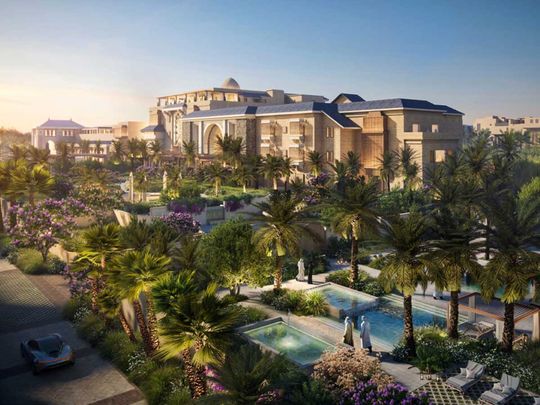
Cairo: Saudi Arabia plans to convert its historic palaces into tourist sightseeing attractions for visitors as the kingdom is seeking to be a global tourist destination.
The Boutique Group, a subsidiary of the Saudi Public Investment Fund (PIF), said it plans to develop three such palaces, turn them into ultra-luxury hotels, and open them for guests next year.
Get exclusive content with Gulf News WhatsApp channel
The first group of historic palaces in the plan are Al Hamra Palace in the port city of Jeddah, the Red Palace in Riyadh and Tuwaiq Palace also in the Saudi capital.
The refurbished sites are aimed to be tourist attractions for domestic and international visitors.
- Saudi Arabia will add another 320,000 hotel rooms by 2030 as it targets peak tourism
- Saudi Arabia achieves historic milestone in 2023 with record balance of payments surplus
- Saudi Arabia aims to be among top 10 global destinations in 2024
- Saudi Arabia enforces stringent safety protocols for Mecca and Medina hospitality facilities
Boutique Group, fully owned by PIF, defines itself as a hospitality company that transforms historic palaces into ultra-luxury hotels and promotes Saudi heritage and culture.
The destinations feature art galleries, elegant public spaces and gardens, as well as a variety of restaurants, spaces for exhibitions, and lush green areas adorned with art, sculptures, and fountains, according to Boutique.
Saudi Arabia’s tourism industry has flourished in recent years.
The number of tourists in the kingdom surged to more than 100 million last year.
Saudi Tourism Minister Ahmed Al Khateeb said earlier this year the kingdom’s tourism sector in 2023 fulfilled a target of 100 million tourists including 77 million local visitors and 27 million tourist arrivals.
He cited a strategy charted by Saudi Crown Prince Mohammed bin Salman envisaging 150 million tourists annually in the country by the year 2030 including 80 million domestic tourists and 70 foreign million arrivals.
The aim is also to make Saudi Arabia rank among the world’s top 10 tourist attractors.
In recent years, the kingdom has introduced a set of facilities aimed to draw more foreign tourists to the country as part of an ambitious development scheme designed to diversify oil-reliant economy.
More From Tourism
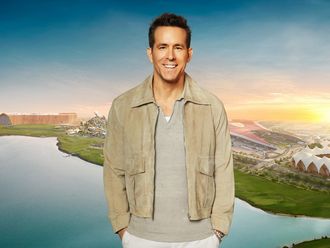
Actor Ryan Reynolds revealed as CIO of Yas Island

Visiting a new country? Carry US dollars, save more!

European Union grants five-year visas to Saudi citizens

We're full! Europe's fight against overtourism

Emirates to hire pilots at higher salaries
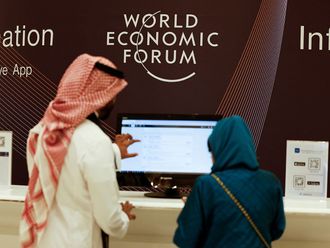
Saudi Arabia to use AI in its healthcare: Al Swaha
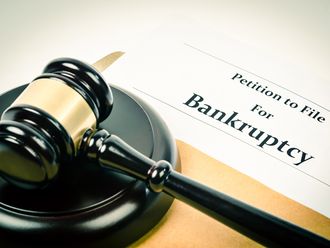
Even managers are liable under new UAE Bankruptcy Law
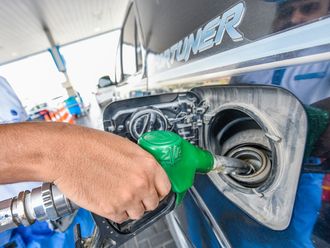
UAE: Petrol, diesel prices for May 2024 announced

Saudi fund to put $5b in BlackRock investment platform

Saudi agency, WEF inks deal to launch new space centre
Sheikh mansoor bin mohammed visits rta’s control centre, ‘dangerous’ punjab beat chennai in own den, us fed, cbuae keep interest rates unchanged again, rublev sends alcaraz crashing in madrid to reach semis, us fed holds rates steady.

Get Breaking News Alerts From Gulf News
We’ll send you latest news updates through the day. You can manage them any time by clicking on the notification icon.

‘To the Future’: Saudi Arabia Spends Big to Become an A.I. Superpower
The oil-rich kingdom is plowing money into glitzy events, computing power and artificial intelligence research, putting it in the middle of an escalating U.S.-China struggle for technological influence.
More than 200,000 people converged on the Leap tech conference in the desert outside Riyadh in March. Credit... Iman Al-Dabbagh for The New York Times
Supported by
- Share full article

By Adam Satariano and Paul Mozur
Adam Satariano reported from Riyadh, Saudi Arabia, and Paul Mozur from Taipei, Taiwan.
- Published April 25, 2024 Updated April 26, 2024
On a Monday morning last month, tech executives, engineers and sales representatives from Amazon, Google, TikTok and other companies endured a three-hour traffic jam as their cars crawled toward a mammoth conference at an event space in the desert, 50 miles outside Riyadh.
The lure: billions of dollars in Saudi money as the kingdom seeks to build a tech industry to complement its oil dominance.
To bypass the congestion, frustrated eventgoers drove onto the highway shoulder, kicking up plumes of desert sand as they sped past those following traffic rules. A lucky few took advantage of a special freeway exit dedicated to “V.V.I.P.s” — very, very important people.
“To the Future,” a sign read on the approach to the event, called Leap.

More than 200,000 people converged at the conference, including Adam Selipsky, chief executive of Amazon’s cloud computing division, who announced a $5.3 billion investment in Saudi Arabia for data centers and artificial intelligence technology. Arvind Krishna, the chief executive of IBM, spoke of what a government minister called a “lifetime friendship” with the kingdom. Executives from Huawei and dozens of other firms made speeches. More than $10 billion in deals were done there, according to Saudi Arabia’s state press agency.
“This is a great country,” Shou Chew, TikTok’s chief executive, said during the conference, heralding the video app’s growth in the kingdom. “We expect to invest even more.”
- Shou Chew, TikTok’s chief executive, promoted the video app’s growth in Saudi Arabia during the Leap conference. Iman Al-Dabbagh for The New York Times
- One of the booths at the Leap conference, which was attended by executives from Google, Amazon, TikTok and others. Iman Al-Dabbagh for The New York Times
- A robotic dog walking through the Leap conference. Iman Al-Dabbagh for The New York Times
Everybody in tech seems to want to make friends with Saudi Arabia right now as the kingdom has trained its sights on becoming a dominant player in A.I. — and is pumping in eye-popping sums to do so.
Saudi Arabia created a $100 billion fund this year to invest in A.I. and other technology. It is in talks with Andreessen Horowitz, the Silicon Valley venture capital firm, and other investors to put an additional $40 billion into A.I. companies. In March, the government said it would invest $1 billion in a Silicon Valley-inspired start-up accelerator to lure A.I. entrepreneurs to the kingdom. The initiatives easily dwarf those of most major nation-state investments, like Britain’s $100 million pledge for the Alan Turing Institute.
The spending blitz stems from a generational effort outlined in 2016 by Crown Prince Mohammed bin Salman and known as “Vision 2030.” Saudi Arabia is racing to diversify its oil-rich economy in areas like tech, tourism, culture and sports — investing a reported $200 million a year for the soccer superstar Cristiano Ronaldo and planning a 100-mile-long mirrored skyscraper in the desert.
For the tech industry, Saudi Arabia has long been a funding spigot. But the kingdom is now redirecting its oil wealth into building a domestic tech industry, requiring international firms to establish roots there if they want its money.
If Prince Mohammed succeeds, he will place Saudi Arabia in the middle of an escalating global competition among China, the United States and other countries like France that have made breakthroughs in generative A.I. Combined with A.I. efforts by its neighbor, the United Arab Emirates, Saudi Arabia’s plan has the potential to create a new power center in the global tech industry.
“I hereby invite all dreamers, innovators, investors and thinkers to join us, here in the kingdom, to achieve our ambitions together,” Prince Mohammed remarked in a 2020 speech about A.I.
His ambitions are geopolitically delicate as China and the United States seek to carve out spheres of influence over A.I. to shape the future of critical technologies.
In Washington, many worry that the kingdom’s goals and authoritarian leanings could work against U.S. interests — for instance, if Saudi Arabia ends up providing computing power to Chinese researchers and companies. This month, the White House brokered a deal for Microsoft to invest in G42, an A.I. company in the Emirates, which was intended partly to diminish China’s influence.
For China, the Persian Gulf region offers a big market, access to deep-pocketed investors and a chance to wield influence in countries traditionally allied with the United States. China’s form of A.I.-powered surveillance has already been embedded into policing in the region .
Some industry leaders have begun to arrive. Jürgen Schmidhuber, an A.I. pioneer who now heads an A.I. program at Saudi Arabia’s premier research university, King Abdullah University of Science and Technology, recalled the kingdom’s roots centuries ago as a center for science and mathematics.
“It would be lovely to contribute to a new world and resurrect this golden age,” he said. “Yes, it will cost money, but there’s a lot of money in this country.”
The willingness to spend was front and center last month at a gala in Riyadh hosted by the Saudi government, which coincided with the Leap conference. Hollywood klieg lights blazed in the sky above the city as guests arrived in chauffeured Maseratis, Mercedes-Benzes and Porsches. Inside a 300,000-square-foot parking garage that had been converted two years ago into one of the world’s largest start-up spaces, attendees mingled, debated opening offices in Riyadh and sipped pomegranate juice and cardamom-flavored coffee.
“There’s something happening here,” said Hilmar Veigar Petursson, the chief executive of CCP Games, the Icelandic company behind the popular game Eve Online, who was at the gala. “I got a very similar sense when I came back from China in 2005.”
A Sci-Fi Script
Prince Mohammed’s Vision 2030 project, unveiled eight years ago, seems taken from a science-fiction script.
Under the plan, new futuristic cities will be built in the desert along the Red Sea, oriented around tech and digital services. And the kingdom, which has piled billions into tech start-ups like Uber and investment vehicles such as SoftBank’s Vision Fund, would spend more.
That drew Silicon Valley’s attention. When Prince Mohammed visited California in 2018, Sergey Brin, Google’s co-founder, escorted him through a tree-lined path at the company’s campus. Tim Cook, Apple’s chief executive, showed him the company’s products. The prince also traveled to Seattle, where he met with Bill Gates of Microsoft; Satya Nadella, the company’s chief executive; and Jeff Bezos of Amazon.
It was a key moment for Saudi Arabia’s tech ambitions as Prince Mohammed presented himself as a youthful, digitally savvy reformer. But enthusiasm dimmed a few months later when Jamal Khashoggi, a Washington Post columnist and critic of the crown prince, was killed at the Saudi Consulate in Istanbul. Prince Mohammed denied involvement, but the C.I.A. concluded that he had approved the killing .
For a brief period, it was seen as untoward to associate with Saudi Arabia. Business executives canceled visits to the kingdom. But the lure of its money was ultimately too strong.
A.I. development depends on two key things that Saudi Arabia has in abundance: money and energy. The kingdom is pouring oil profits into buying semiconductors, building supercomputers, attracting talent and constructing data centers powered by its plentiful electricity. The bet is that Saudi Arabia will eventually export A.I. computing muscle.
Majid Ali AlShehry, the general manager of studies for the Saudi Data and A.I. Authority, a government agency overseeing A.I. initiatives, said 70 percent of the 96 strategic goals outlined in Vision 2030 involved using data and A.I.
“We see A.I. as one of the main enablers of all sectors,” he said in an interview at the agency’s office in Riyadh, where employees nearby worked on an Arabic chatbot called Allam.
Those goals have permeated the kingdom. Posters for Vision 2030 are visible throughout Riyadh. Young Saudis describe the crown prince as running the kingdom as if it were a start-up. Many tech leaders have parroted the sentiment.
“Saudi has a founder,” Ben Horowitz, a founder of Andreessen Horowitz, said last year at a conference in Miami. “You don’t call him a founder. You call him his royal highness.”
Some question whether Saudi Arabia can become a global tech hub. The kingdom has faced scrutiny for its human rights record, intolerance to homosexuality and brutal heat. But for those in the tech world who descended on Riyadh last month, the concerns seemed secondary to the dizzying amount of deal-making underway.
“They are just pouring money into A.I.,” said Peter Lillian, an engineer at Groq, a U.S. maker of semiconductors that power A.I. systems. Groq is working with Neom, a futuristic city that Saudi Arabia is building in the desert, and Aramco, the state oil giant. “We’re doing so many deals,” he said.
Torn Between Superpowers
Situated along the Red Sea’s turquoise waters, King Abdullah University of Science and Technology has become a site of the U.S.-Chinese technological showdown.
The university, known as KAUST, is central to Saudi Arabia’s plans to vault to A.I. leadership. Modeled on universities like Caltech, KAUST has brought in foreign A.I. leaders and provided computing resources to build an epicenter for A.I. research.
To achieve that aim, KAUST has often turned to China to recruit students and professors and to strike research partnerships , alarming American officials. They fear students and professors from Chinese military-linked universities will use KAUST to sidestep U.S. sanctions and boost China in the race for A.I. supremacy , analysts and U.S. officials said.
Of particular concern is the university’s construction of one of the region’s fastest supercomputers, which needs thousands of microchips made by Nvidia, the biggest maker of precious chips that power A.I. systems. The university’s chip order, with an estimated value of more than $100 million, is being held up by a review from the U.S. government, which must provide an export license before the sale can go through.
Both China and the United States want to keep Prince Mohammed close. A.I. ambitions add a new layer of geopolitical significance to a kingdom already key to Middle East policy and global energy supplies. A 2016 visit to Saudi Arabia by Xi Jinping, China’s leader, paved the way for new tech cooperation. Accustomed to top-down industrial policy, Chinese companies have expanded rapidly in the kingdom, forming partnerships with major state-owned companies. The United States has pushed Saudi Arabia to pick a side, but Prince Mohammed seems content to benefit from both nations.
Mr. Schmidhuber, the researcher leading KAUST’s A.I. efforts, has seen the jostling up close. Considered a pioneer of modern A.I. — students in a lab he led included a founder of DeepMind, an innovative A.I. company now owned by Google — he was lured to the desert in 2021.
He was reluctant to move at first, he said, but university officials, via a headhunter, “tried to make it more attractive and even more attractive and even more attractive for me.”
Now Mr. Schmidhuber is awaiting the completion of the supercomputer, Shaheen 3, which is a chance to attract more top talent to the Persian Gulf and to give researchers access to computing power often reserved for major companies.
“No other university is going to have a similar thing,” he said.
Some in Washington fear the supercomputer may provide researchers from Chinese universities access to cutting-edge computing resources they would not have in China. More than a dozen students and staff members at KAUST are from military-linked Chinese universities known as the Seven Sons of National Defense, according to a review by The New York Times. During the Trump administration, the United States blocked entry to students from those universities over concerns they could take sensitive technologies back to China’s military.
“The United States should quickly move to deny export licenses to any entity if the end user is likely to be a P.R.C. actor affiliated with the People’s Liberation Army,” Representative Mike Gallagher, a Republican from Wisconsin, said in a statement.
A senior White House official, speaking on the condition of anonymity, said that the default U.S. policy was to share technology with Saudi Arabia, a critical ally in the gulf, but that there were national security concerns and risks with A.I.
The Commerce Department declined to comment. In a statement, China’s Ministry of Foreign Affairs said, “We hope that relevant countries will work with China to resist coercion, jointly safeguard a fair and open international economic and trade order, and safeguard their own long-term interests.”
A KAUST spokeswoman said, “We will strictly comply with all U.S. export license terms and conditions for the full life cycle of Shaheen 3.”
Mr. Schmidhuber said the Saudi government was ultimately aligned with the United States. Just as U.S. technology helped create Saudi Arabia’s oil industry, it will play a critical role in A.I. development.
“Nobody wants to jeopardize that,” he said.
The Gold Rush
Aladin Ben, a German Tunisian A.I. entrepreneur, was in Bali last year when he received an email from a Saudi agency working on A.I. issues. The agency knew his software start-up, Memorality, which designs tools to make it easier for businesses to incorporate A.I., and wanted to work together.
Since then, Mr. Ben, 31, has traveled to Saudi Arabia five times. He is now negotiating with the kingdom on an investment and other partnerships. But his company may need to incorporate in Saudi Arabia to get the full benefit of the government’s offer, which includes buying hundreds of annual subscriptions to his software in a contract worth roughly $800,000 a month.
“If you want a serious deal, you need to be here,” Mr. Ben said in an interview in Riyadh.
Saudi Arabia was once viewed as a source of few-strings-attached cash. Now it has added conditions to its deals, requiring many companies to establish roots in the kingdom to partake in the financial windfall.
That was evident at GAIA, an A.I. start-up accelerator, for which Saudi officials announced $1 billion in funding last month.
Each start-up in the program receives a grant worth about $40,000 in exchange for spending at least three months in Riyadh, along with a potential $100,000 investment. Entrepreneurs are required to register their company in the kingdom and spend 50 percent of their investment in Saudi Arabia. They also receive access to computing power purchased from Amazon and Google free of charge.
About 50 start-ups — including from Taiwan, South Korea, Sweden, Poland and the United States — have gone through GAIA’s program since it started last year.
“We want to attract talent, and we want them to stay,” said Mohammed Almazyad, a program manager for GAIA. “We used to rely heavily on oil, and now we want to diversify.”
One of the biggest enticements for A.I. start-ups is the chance to make the deep-pocketed Saudi government a customer. In one recent meeting, Abdullah Alswaha, a senior minister for communications and information technology, asked GAIA’s start-ups to suggest what they could provide for the Saudi government, including for megacity projects like Neom . Afterward, many of the companies received messages introducing them to state-owned businesses, Mr. Almazyad said.
“I would say this process at the first stages is not organic,” he said. “You don’t find this in Silicon Valley. Eventually the process will be organic.”
Deciding to set up in Riyadh comes with challenges. There’s the heat, reaching more than 110 degrees in the summer, as well as the adjustments of moving to a deeply religious Muslim kingdom. While Saudi Arabia has loosened some restrictions in recent years, freedom of speech remains limited and L.G.B.T.Q. people can face criminal penalties.
Mr. Almazyad, who hopes to eventually study in the United States, said cultural differences could make it hard to recruit international A.I. talent. But he cautioned against underestimating Saudi Arabia’s resolve.
“This is just the beginning,” he said.
Adam Satariano is a technology correspondent based in Europe, where his work focuses on digital policy and the intersection of technology and world affairs. More about Adam Satariano
Paul Mozur is the global technology correspondent for The Times, based in Taipei. Previously he wrote about technology and politics in Asia from Hong Kong, Shanghai and Seoul. More about Paul Mozur
Explore Our Coverage of Artificial Intelligence
News and Analysis
The spending that the tech industry’s giants expect A.I. to require, for the chips and data centers , is starting to come into focus — and it is jarringly large.
The table stakes for A.I. start-ups to compete with the likes of Microsoft and Google are in the billions of dollars. And even that may not be enough .
Demis Hassabis and Mustafa Suleyman, who both grew up in London, feared a corporate rush to build A.I. Now they’re driving that competition at Google and Microsoft .
The Age of A.I.
A new category of apps promises to relieve parents of drudgery, with an assist from A.I . But a family’s grunt work is more human, and valuable, than it seems.
Despite Mark Zuckerberg’s hope for Meta’s A.I. assistant to be the smartest , it struggles with facts, numbers and web search.
Much as ChatGPT generates poetry, a new A.I. system devises blueprints for microscopic mechanisms that can edit your DNA.
Could A.I. change India’s elections? Avatars are addressing voters by name, in whichever of India’s many languages they speak. Experts see potential for misuse in a country already rife with disinformation.
Which A.I. system writes the best computer code or generates the most realistic image? Right now, there’s no easy way to answer those questions, our technology columnist writes .
Advertisement
We've detected unusual activity from your computer network
To continue, please click the box below to let us know you're not a robot.
Why did this happen?
Please make sure your browser supports JavaScript and cookies and that you are not blocking them from loading. For more information you can review our Terms of Service and Cookie Policy .
For inquiries related to this message please contact our support team and provide the reference ID below.
New York City pension leader opposes election of Aramco's chief as BlackRock director
- Medium Text
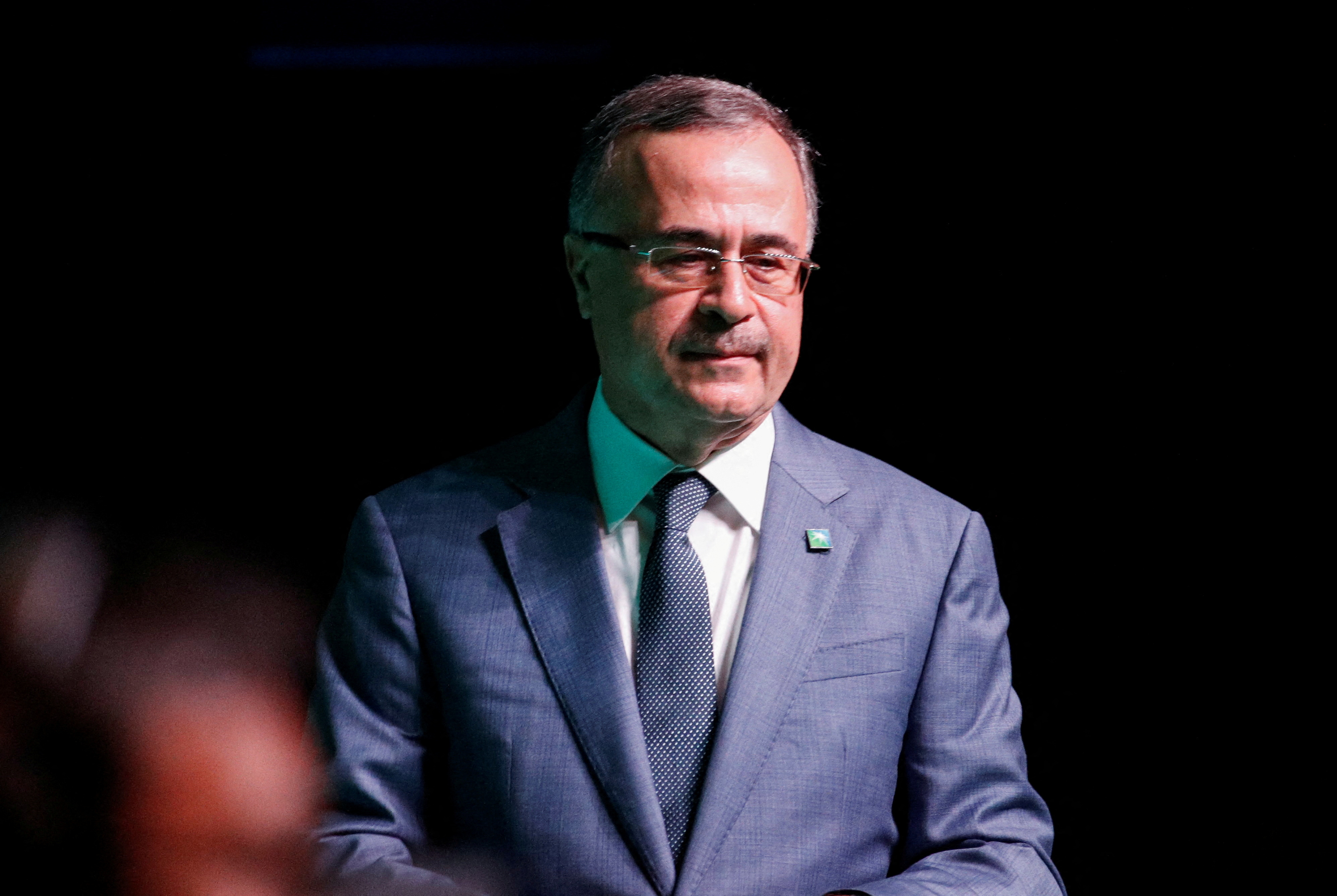
- Company BlackRock Inc Follow
- Company Saudi Arabian Oil Co Follow
Sign up here.
Reporting by Davide Barbuscia and Ross Kerber; Editing by Josie Kao
Our Standards: The Thomson Reuters Trust Principles. New Tab , opens new tab

Thomson Reuters
Davide Barbuscia covers macro investment and trading out of New York, with a focus on fixed income markets. Previously based in Dubai, where he was Reuters Chief Economics Correspondent for the Gulf region, he has written on a broad range of topics including Saudi Arabia’s efforts to diversify away from oil, Lebanon’s financial crisis, as well as scoops on corporate and sovereign debt deals and restructuring situations. Before joining Reuters in 2016 he worked as a journalist at Debtwire in London and had a stint in Johannesburg.

Ross Kerber is U.S. Sustainable Business Correspondent for Reuters News, a beat he created to cover investors’ growing concern for environmental, social and governance (ESG) issues, and the response from executives and policymakers. Ross joined Reuters in 2009 after a decade at The Boston Globe and has written on topics including proxy voting by the largest asset managers, the corporate response to social movements like Black Lives Matter, and the backlash to ESG efforts by conservatives. He writes the weekly Reuters Sustainable Finance Newsletter.
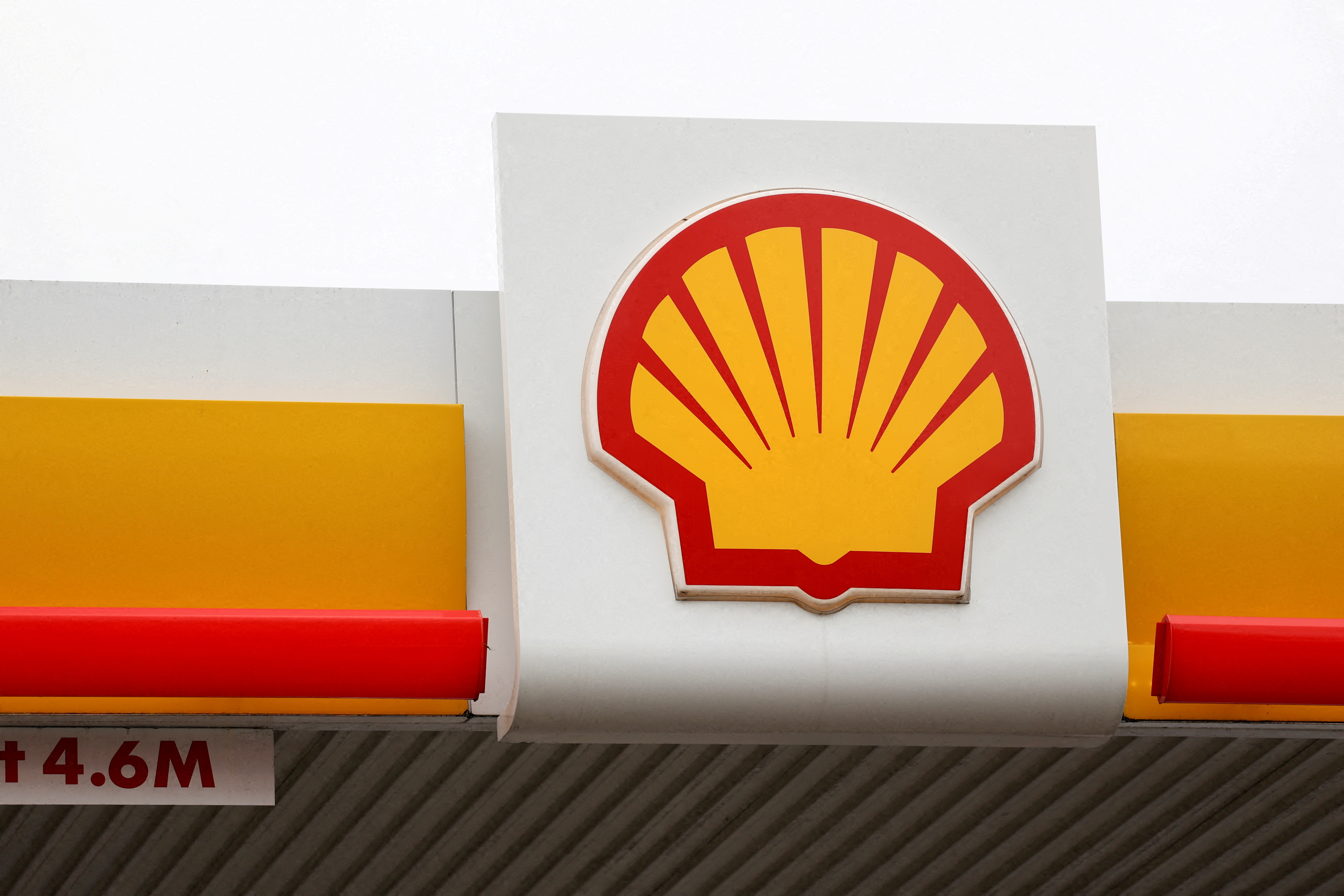
Sustainability Chevron

J&J advances $6.48 billion settlement of talc cancer lawsuits
Johnson & Johnson said on Wednesday it is moving forward with a $6.48 billion proposed settlement of tens of thousands of lawsuits alleging that its baby powder and other talc products contain asbestos and cause ovarian cancer.
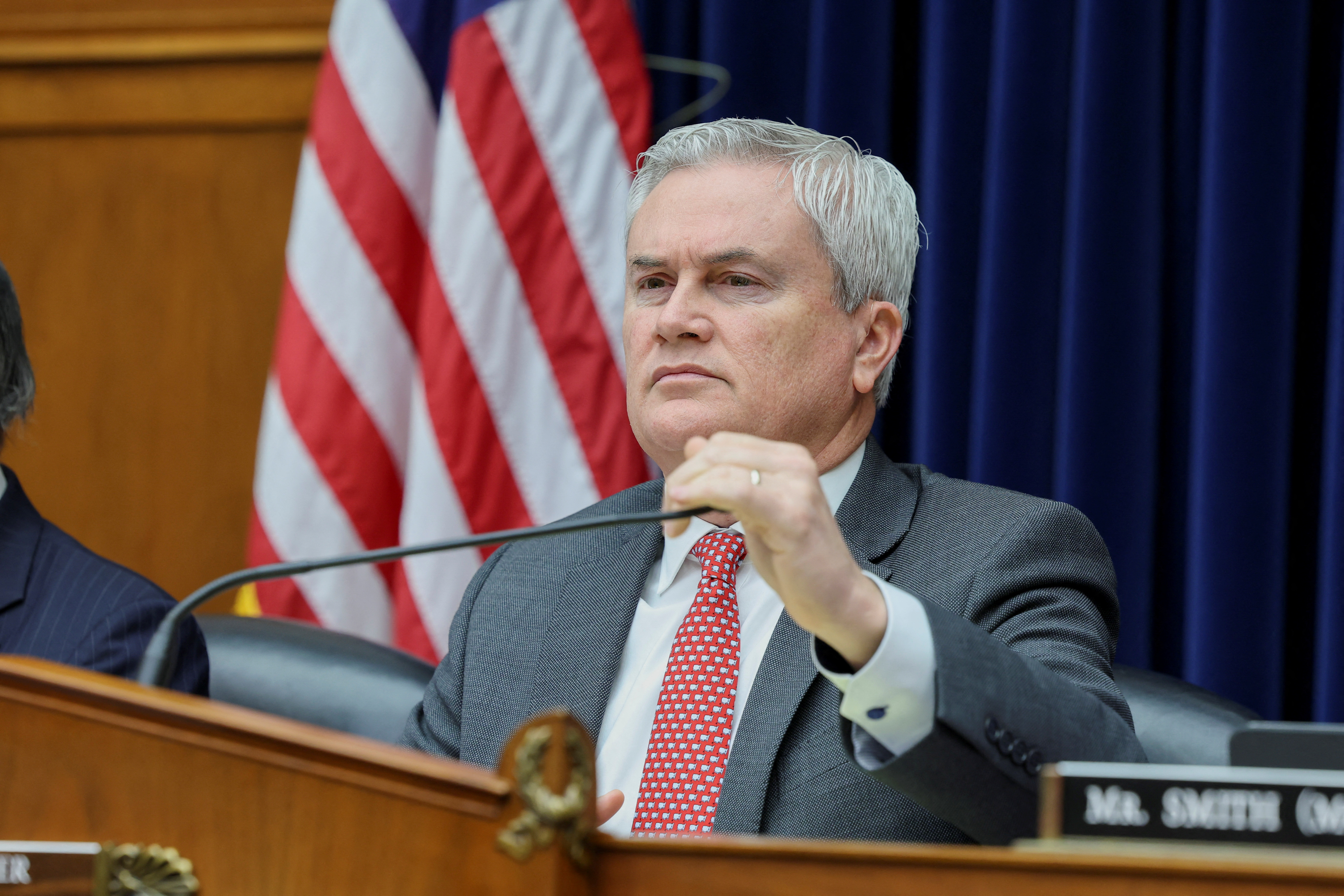
- Environment
- Road to Net Zero
- Art & Design
- Film & TV
- Music & On-stage
- Pop Culture
- Fashion & Beauty
- Home & Garden
- Things to do
- Combat Sports
- Horse Racing
- Beyond the Headlines
- Trending Middle East
- Business Extra
- Culture Bites
- Year of Elections
- Pocketful of Dirhams
- Books of My Life
- Iraq: 20 Years On
15 mega-projects shaping the future of Saudi Arabia
From theme parks and metro lines to the world's tallest structure, saudi is undergoing some serious changes.

Giga Projects: Amaala is a planned tourist destination at the northwestern coast of the Red Sea.

Few countries can claim to have as ambitious plans for the future as Saudi Arabia.
A number of mega-projects are set to come to fruition in the next decade, which will change not only the kingdom's landscapes but, in many cases, the day-to-day lives of residents, too.
From theme parks and metro lines to the world's tallest structure, here are 15 mega-projects shaping the future of Saudi Arabia ...
Journey Through Time
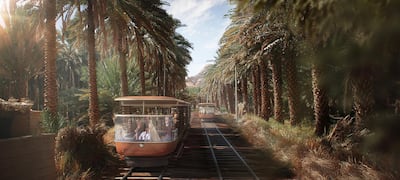
In April, Saudi Arabia's Crown Prince Mohammed bin Salman announced a new tourism master plan for Al Ula in the country's north-west.
The Journey Through Time master plan aims to turn Al Ula into a global destination for travellers offering heritage, nature, art and culture. When completed, the plan hopes to attract two million visitors every year to the historic Saudi region.
Prince Mohammed's plan will turn the Al Ula region into a "living museum" by immersing travellers in 200,000 years of natural and human history.
With a focus on sustainable tourism, a key part of the scheme is the creation of a low-carbon tram line that connects five distinct districts across the region. This tramway will follow a similar route to the ancient one running along the Hijaz Railway, used by pilgrims for hundreds of years. Other options to encourage sustainable travel will include a series of bicycle paths, extensive pedestrian trails and far-reaching equestrian tracks for low-carbon journeys.
The Journey Through Time will take travellers from Al Ula Old Town and neighbouring Dadan, to the open-air wall-carvings at Jabal Ikmah and onwards to the Nabataean Horizon and Hegra historical city , dedicated to Saudi Arabia's first Unesco World Heritage site.
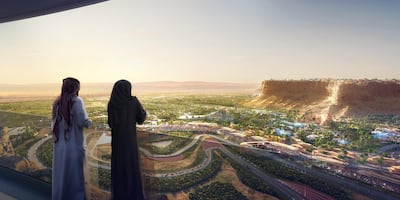
Dubbed the kingdom’s “capital of entertainment”, Qiddiya will span more than 334 square kilometres on the outskirts of Riyadh, offering a mix of attractions ranging from a 20,000-seat cliff-top stadium to a Formula One-standard racetrack. Work has been under way on the $8 billion dollar project since January 2019, with the first phase slotted to open in 2023.
In total, Qiddiya will be home to more than 300 recreational and educational facilities centred around five major themes: parks and attractions, sports and wellness, nature and environment, arts and culture, and motion and mobility. American theme park Six Flags, known for housing the world's tallest drop ride and the world's longest, tallest roller coaster, will open at Qiddiya promising rides that "break many world records", as well as an 18-hole championship standard golf course and a cinema. By 2030, Qiddiya hopes to draw up to 17 million visitors annually.
First unveiled by Crown Prince Mohammed in 2017, this $500bn high-tech city is the flagship project of Saudi Arabia’s post-oil diversification plan known as Vision 2030 that seeks to reduce the kingdom's reliance on hydrocarbons. The zone is located in north-western Saudi Arabia and is set to include territory from the Egyptian and Jordanian borders, spanning a total area of 26,500 square kilometres. It is being built on a site that is more than 35 times the size of Singapore and will contain more than 450km of coastline.
Neom will house areas dedicated to future technologies in 16 sectors including biotech, food, manufacturing and technology, among others. Neom's contribution to the kingdom's GDP is projected to reach at least $100bn by 2030. The construction village will contain green areas with orchards, vegetable plots and ornamental gardens, as well as sports facilities including cricket and football pitches, gyms, and courts for tennis and basketball, among other facilities.
In January, Prince Mohammed launched The Line. Set to be built in Neom, The Line will be home to one million people, living in interconnected societies run by artificial intelligence designed to coexist with nature.
The project is planned for completion by 2025.
Red Sea Project
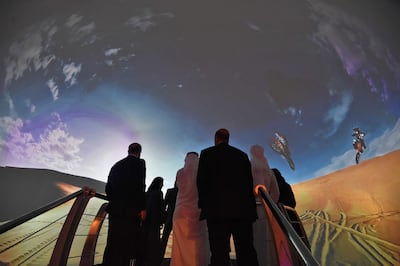
Located between the coastal cities of Umluj and Al Wajh, this project is being built in a region spanning 30,000 square kilometres and will comprise a natural archipelago of pristine islands and a vast desert landscape filled with mountain peaks, historical and archaeological treasures and a dormant volcano.
The project will be the first fully integrated, luxury, mixed-use resort in the Middle East and is expected to attract visitors all year round. It has been designed with a strong focus on heritage, culture and conservation and will provide 8,000 new hotel rooms once completed.
The region has 200km of untouched coastline and a vast desert landscape dotted with ancient archaeological treasures. The developers of the Red Sea Project want it to become one of the world's most successful sustainable tourist resorts, with a zero waste-to-landfill-policy, 100 per cent carbon neutrality and a ban on single-use plastics.
The project is set to be fully completed by 2030.
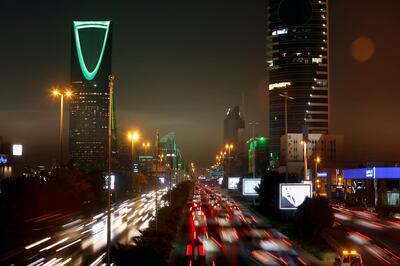
This major Makkah development is one of the kingdom's largest construction projects, covering an area of 40 hectares and costing $4.4bn. A mix of towering hotels and residential buildings, once complete, the development will have the capacity to host up to 36,000 guests annually, increasing to in excess of 100,000 during Hajj season.
The eight-phase project will see the construction of a twin-tower hotel, dedicated prayer areas, a seven-star facility and multiple further hotel towers. Earlier this month, South-East Asian company Archipelago International signed a deal with Jabal Omar to bring two hotels, the five-star luxury Jabal Omar The Royal Alana Makkah, which has 581 rooms and the five-star Jabal Omar The Alana Makkah, which has 560 rooms, to the project. The adjacent hotels, located in phase four of the Jabal Omar project, are currently under construction in a prime location overlooking the Holy Mosque.
In total, there will be 40 towers across a built-up area of approximately two million square metres. Dubai-based financier Shuaa Capital provided developer JODC with a five-year sukuk worth $135m in January 2019.

This mega-project along the Red Sea, in the Tabuk province, will border the city of Neom and the Red Sea Project within the Prince Mohammed bin Salman Natural Reserve, helping to establish a new luxury tourism destination.
Dubbed the 'Riviera of the Middle East', the development will consist of 1,800 hotel rooms and 900 private villas along with a retail area with 200 outlets. Amaala will also feature an academy of the arts that aims to further develop young artists from Saudi Arabia and the broader region. The 3,000-square-kilometre development, which will be spread across the three sites, will have its own airport and target luxury travellers.
The initial funding for the project will be provided by Saudi Arabia’s Public Investment Fund, although the size of the investment has not been revealed. The project, which is expected to be completed in 2028, will generate up to 22,000 jobs for the kingdom.

Known as the 'pearl of Saudi Arabia', Ad Diriyah is set to put Saudi Arabia's tourism wheels in motion. It is the site of the first Saudi state, the original seat of power of Saudi Arabia's Al Saud family. Ad Diriyah is located on the outskirts of Riyadh, and is set to become a major tourist destination. The $17bn development will encompass several luxury resorts, including major international hotel brands, as well as more than 100 dining and entertainment options. The first hotel should be due to open late in 2021.
Within Ad Diriyah, you'll find the Unesco-listed site of At-Turaif – the sprawling mud-brick capital city founded in the 15th century, with much influence owed to the Najdi architectural style of Arabia. In the mid-18th century, it spawned the dynasty of Al Saud, who had lived in Ad Diriyah since the 15th century. Today, At-Turaif is mostly destroyed, but a redevelopment project has introduced museums, performance spaces and a glimpse inside 18th-century Saudi Arabia.
Until the end of 2019, the site had not been open to the public since it gained its Unesco designation in 2010.

Dubbed as Riyadh’s 'city within a city', Al Widyan will become the capital’s cosmopolitan district, covering an area of seven million square metres. The mixed-use city and leisure destination in Riyadh’s northern growth corridor will be split into 12 districts, with more than 50 per cent of the land area dedicated to open space, anchored by large Central Park formed around Al Widyan’s natural wadis.
The $2.7bn development will be largely walkable, and feature entertainment, leisure, retail and education facilities, as well as homes and offices. Al Widyan will be targeting young families, students, creatives and entrepreneurs with its mix of 20,000 high and low-rise housing units.
World’s largest shopping and entertainment destination
Within Al Widyan will be what Al Akaria Saudi Real Estate Company says is the world’s largest shopping and entertainment development. At a cost of around $5bn, as well as a major shopping centre, the development will house large-scale theme parks, water parks, recreational facilities, extensive dining options and will use the latest artificial intelligence technologies.
King Salman Park
At four times the size of New York City's Central Park, Riyadh's King Salman Park will stretch over a 13.4-square-kilometre area on the site of the old airport, and will be linked by the bus and metro lines of the city.
Highlights will include Islamic-themed and vertical gardens, a labyrinth and a bird and butterfly conservatory, as well as a 7.5km circular walkway, and an 800,000-square-metre “wadi”. The park also will have an arts section that will stretch over a 400,000-square-metre area that includes a 2,500-seat national theatre and an 8,000-seat open air theatre. It will also include cinemas, art academies, seven museums and space for parties spanning 40,000 square metres.
It will also include world-class sports facilities, with a 850,000-square-metre golf course, a 50,000-square-metre sports complex, a 100,000-square-metre entertainment games area and a 140,000-square-metre water sports section.
As well as 12,000 residential units, the park will boast 16 hotels with 2,300 rooms, a food and retail area stretching over a 500,000-square-metre area and libraries.
Jeddah Tower

Set to take the Burj Khalifa's crown as the world's tallest building is Jeddah Tower, which, when completed, will stand at an estimated height of one kilometre. With more than 250 floors, Jeddah Tower will be a mix of residential units, serviced apartments and hotels, with a Four Seasons expected to open within.
Designed by Adrien Smith + Gordon Gill Architecture, the tower covers a floor space of 243,866 square metres, and will be home to the world’s tallest observation deck, 664 metres off the ground. However, the $1.4bn project has faced several delays since construction began more than seven years ago, with still no completion date in sight. Work stalled on the tower in 2017, and briefly recommenced in 2018, although little progress was made. The central core of the tower currently stands at level 60, and the walls are 248m high.
In February, building developer Jeddah Economic Company posted a video to its Twitter page promoting the tower as part of Saudi's Vision 2030.
Jeddah Metro
View this post on Instagram A post shared by Khalid خالد (@archjohani)
Saudi’s second city is set for its own metro system by 2025, with three lines currently under development. Phase one will link the King Abdulaziz International Airport with the Prince Abdullah Al-Faisal Stadium, central Al-Ruwais and Al-Khozam. The $60bn network was scheduled to be completed by 2020 although, according to the chief executive officer of Jeddah Metro Co, the project will take five years longer than expected to be completed, due to delays to the completion of Jeddah’s bus network.
Riyadh Metro
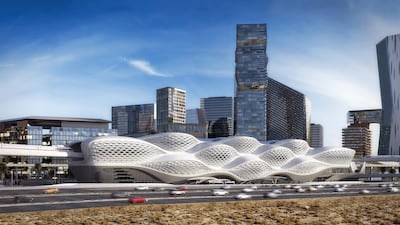
The kingdom’s capital is also set for a metro system, with the first lines said to be operational by the end of 2021. The Riyadh Metro is one of the largest urban transport projects in the world, with six lines covering an area of 176km and 85 metro stations across the city.
Once completed, the network will be capable of carrying 400,000 passengers daily using driverless trains which will measure 36m in length, and carry passengers in three classes: first, family and singles. The metro network will also have a parallel bus network.
A naming auction was held for a number of the stations by the Riyadh Development Authority, raising an estimated $278m for the network. The project is thought to be costing more than $23bn in total. It is expected that the project will increase the share of journeys on public transport in the city from 2 per cent to around 20 per cent.
Makkah Public Transport Programme
Much like Riyadh and Jeddah, a new metro system and bus network is being developed in Saudi’s holy city. The Makkah Public Transport Programme will include a four-line metro covering 180km, with 88 serving stations designed to transport the millions who visit the city each year to undertake Hajj and Umrah.
There will also be a number of integrated bus networks, with local buses and shuttle buses to park and rides on the outskirts of the city, as well as a bus rapid transit (BRT). The metro is due to completed in six phases over the course of around 20 years, with the first phase operational by 2025. In March, it was reported that 22 per cent of the project's infrastructure had now been completed.
Sharaan Nature Reserve

At the heart of the development of Al Ula will be Al Sharaan Nature Reserve, a 925-square-kilometre space set to make the most of the rocky landscape. The project will focus on the natural integrity of Al Ula and aims to re-establish the rich diversity of plant life and wildlife that once flourished here.
Inside the reserve, which is named after the surrounding canyon area, a luxury retreat will open in the archaeologically rich surroundings. It will consist of 25 suites, 10 pavilions and five resort-style residential estates, with completion expected in 2023. There will also be 40 additional residential estates, as well as an international summit centre, restaurants and a luxury spa.
The French architect behind Louvre Abu Dhabi, Jean Nouvel, will design the project and plans to draw inspiration from the surrounding landscapes of Al Ula as one of the main considerations for the resort.
Construction is expected to begin this year, with a completion date set for 2030.
Checking In
Travel updates and inspiration from the past week


IMAGES
VIDEO
COMMENTS
Saudi projections call for 1.5 million people to live in The Line by 2030. The unconventional megacity is part of the Neom project, which released conceptual videos showing the city's high walls ...
Supporting the Saudi Vision 2030, our zero-carbon, circular economy and revolutionary design will reduce urban sprawl and enhance livability. NEOM is a special economic zone; our innovative work across multiple sectors will not only diversify the Kingdom's economy, but offers solutions that other parts of the world can benefit from. About NEOM.
Saudi Arabia plans 100-mile-long mirrored skyscraper megacity. The Line - due to be just 200 metres wide - will make Neom world's most liveable city 'by far', officials claim. Martin ...
It's key to Saudi's plans to move away from an oil-based economy, reduce the country's reliance on hydrocarbons and lead the global stage in creating a new model for sustainable living. The $500 billion business and tourism development and "living laboratory" will be both a vibrant, resident-forward society and a thriving hub for ...
Neom (styled NEOM; Arabic: نيوم, romanized: Niyōm, Hejazi Arabic pronunciation: [nɪˈjo̞ːm]) is a new urban area being built by Saudi Arabia in Tabuk.Launched in 2017 by crown prince Bin Salman, the site is at the northern tip of the Red Sea, due east of Egypt across the Gulf of Aqaba and south of Jordan.The total planned area of Neom is 26,500 km 2 (10,200 sq mi).
First unveiled by Prince Mohammed in 2017, Neom is Saudi Arabia's flagship business and tourism development on the Red Sea coast. It is a central project in the 2030 Vision outlining the kingdom's plans to diversify the economy. The $500 billion development will include smart towns and cities, ports and enterprise areas, research centres ...
THE LINE aims to do a number of things. To deal with the population growth that Saudi Arabia is expecting, Jeddah and Riyadh can only absorb so many people before the infrastructure is maxed out. Therefore, you need a brand new city; without the pollution, congestion, inefficiency, urban sprawl and inequality that traditional cities suffer from.
Ladies and gentlemen, let me introduce you to the exciting concept of the city of the future — The Line. «The Line» is a revolutionary project that sets new standards in urban planning and sustainable development. The city will be about 170 kilometers long and will be built along the Saudi Arabian border.
The Saudi development company established to create Neom, which is led by chief executive officer Nadhmi Al-Nasr, claims the fund is contributing $500 billion to the scheme. It forms part of the ...
Saudi Arabia will set aside 300 billion riyals ($80 billion) for the Neom Investment Fund, and it could expand to 400 billion riyals, Prince Mohammed told reporters in Jeddah. The fund will invest ...
The Saudi Arabian smart city will be powered by renewable energy and surrounded by the Sarawat Mountains. ... Neom is pioneering a new way of living and new ways to travel," says Head of Tourism ...
Neom is the futuristic multipurpose mega-development in Saudi Arabia everybody has been talking about for years now.. Ever since The Line hit international headlines, there has been huge interest in this $500 billion city in the north-west of the kingdom. And the latest destination - a luxury eco-tourism spot called Zardun - was announced on Wednesday, making it the 11th project revealed ...
What new cities in Saudi Arabia and Egypt tell us about their autocrats. ... The new city, built 30 miles east of Cairo, is hardly aesthetically distinctive. ... "Vision 2030," comprises ...
Named NEOM, the new city being built in Saudi Arabia was first unveiled by Prince Mohammed in 2017, Saudi Arabia's flagship business and tourism development on the Red Sea coast and a significant ...
Saudi Arabia is building a futuristic mega-city called Neom deep in a desert bordering the Red Sea. The state has pledged at least $500 billion to make it happen, and is soliciting further ...
NEOM. In 2021, Saudi Crown Prince Mohammed bin Salman revealed the country's plans to build The Line, a smart linear city that will be constructed vertically, have no roads or cars and run purely ...
Saudi Arabia's NEOM - the Kingdom's futuristic $500 billion mega business and tourism project - has announced a new exclusive 'tourism escape' Siranna. Situated on the Gulf of Aqaba ...
Saudi Arabia's ambitious NEOM megaproject, valued at $1.5 trillion, is not scaling back its plans, according to Economy Minister Faisal Al Ibrahim. Addressing recent speculation at the World ...
Saudi Arabia hasn't been shy about its tourism aspirations, claiming it aims to attract between 100 million and 150 million visitors by 2030. However, Dubai is a formidable competitor.
Trojena will be the first major outdoor skiing destination in the GCC when it is completed in 2026. Located in the kingdom's highest mountain range, it is part of the $500 billion mega city Neom, in Tabuk, north-western Saudi Arabia. The region's cooler climate makes the prospect of skiing possible in a country that is more closely associated ...
Qiddiya Launched in 2018 by King Salman bin Abdulaziz, Qiddiya City is a global entertainment, sports, and culture hub in the making. It is the first development from Qiddiya, the organization behind the 'power of play', and will be an epicenter of entertainment, sports and culture, welcoming Saudi nationals, residents, and tourists alike ...
Here's everything you need to know about the five upcoming projects in Saudi Arabia. Qiddiya. The new entertainment city, Qiddiya. Photo: Courtesy of Saudi Commission for Tourism and National Heritage. The most anticipated project in the Kingdom, Qiddiya, is expected to be Saudi Arabia's "pre-eminent entertainment, sports, and cultural ...
Explore Saudi Arabia's ancient heritage and culture, breathtaking outdoor activities and delicious local food. Plan your trip in Saudi today! ... Earn rewards while exploring Saudi's most unique tourism, travel and lifestyle. Earn Rewards. Saudi Is More Than You Think ; Rewards like no other!
Saudi Tourism Minister Ahmed Al Khateeb said earlier this year the kingdom's tourism sector in 2023 fulfilled a target of 100 million tourists including 77 million local visitors and 27 million ...
Saudi Arabia Is Making a High-Risk $1 Trillion Bet on Tourism. ... a Chinese travel show. ... which is the size of New Jersey. It will become one of the world's great tourist attractions—in ...
RIYADH: Saudi Arabia's northwestern city of Hail will be the fifth destination development of Saudi Tourism Investment Co., the firm's CEO has revealed. Speaking to Arab News on the sidelines ...
Saudi Arabia is racing to diversify its oil-rich economy in areas like tech, tourism, culture and sports — investing a reported $200 million a year for the soccer superstar Cristiano Ronaldo and ...
Saudi Arabia's capital is set to pull back on its target to double its population by 2030 as it reconfigures plans designed to support Crown Prince Mohammed bin Salman's multi-trillion dollar ...
NEW YORK/BOSTON, May 1 (Reuters) - A pension fund for New York City employees urged BlackRock's (BLK.N) , opens new tab shareholders to vote against the election of Saudi Aramco's (2222.SE ...
At four times the size of New York City's Central Park, Riyadh's King Salman Park will stretch over a 13.4-square-kilometre area on the site of the old airport, and will be linked by the bus and metro lines of the city.. Highlights will include Islamic-themed and vertical gardens, a labyrinth and a bird and butterfly conservatory, as well as a 7.5km circular walkway, and an 800,000-square ...